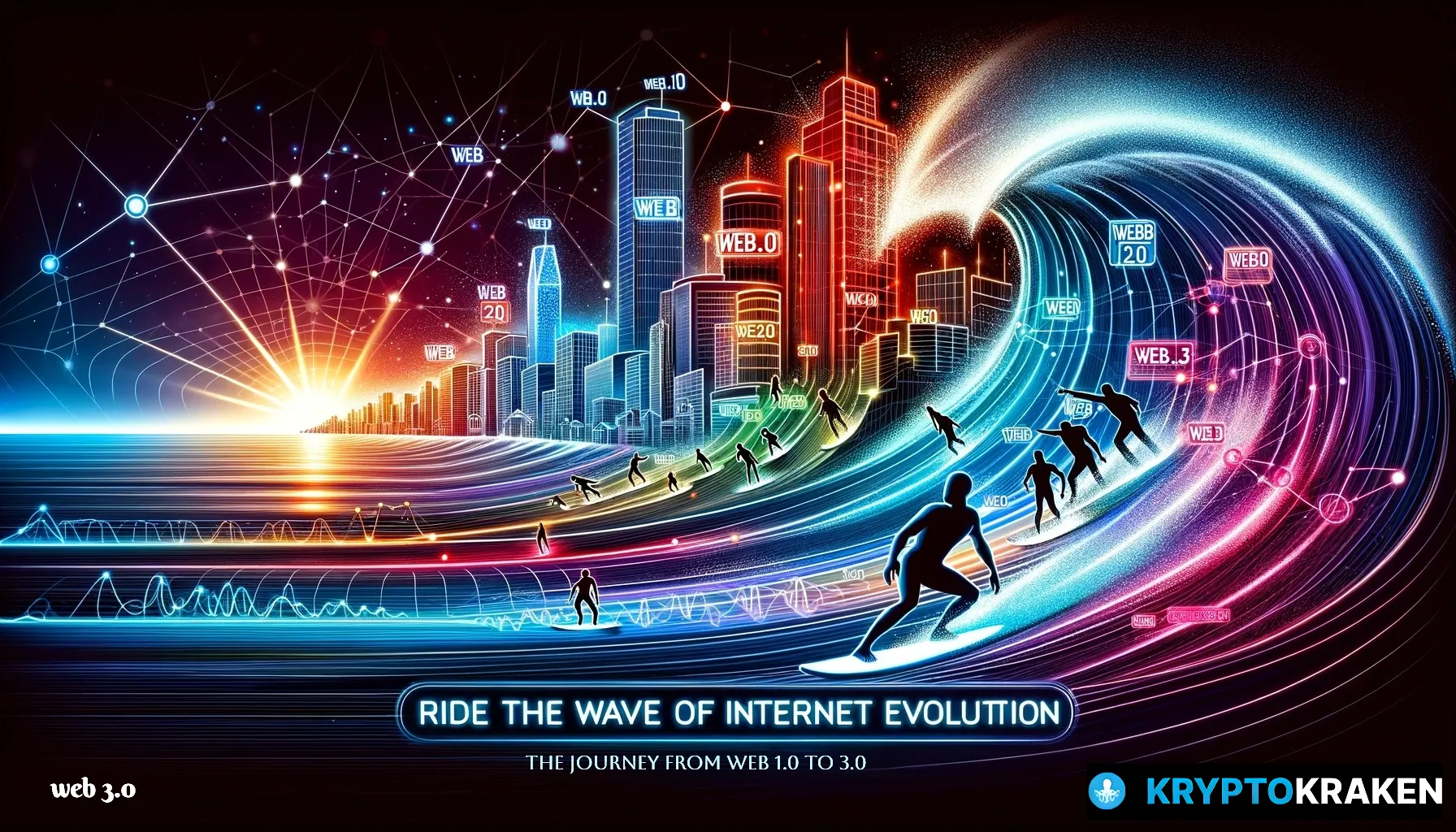
- November 9, 2023
- Frank Campbell
- 1
Table of Contents
Welcome, dear readers, to a marvelous journey through the incredible world of the web! Today, we embark on a laughter-filled exploration of Web 1.0, Web 2.0, and the future yet-to-be-realized Web 3.0. Buckle up and get ready to ride the wave of internet evolution!
Understanding the Web: A Brief Overview
Before diving deep into the fascinating realms of the web, let’s take a moment to understand the concept of the World Wide Web. It all started with a desire to connect people and information like never before.
Picture this: a massive network of interconnected computers, each serving its own special purpose. From this ingenious web of technology emerged the internet, laying the foundation for a new epoch in human history.
The web opened doors to limitless possibilities, and its evolution has shaped the modern world in ways we could never have imagined. But why is web evolution so important? Let’s find out, shall we?
The World Wide Web, commonly referred to as the web, is a complex system that allows users to access and share information through interconnected documents and resources. It is a vast network that spans the globe, connecting billions of devices and enabling seamless communication and collaboration.
Imagine a web of intricate threads, each representing a website or webpage. These threads intertwine and connect, forming a vast tapestry of knowledge and information. With just a few clicks, you can explore this digital landscape, discover new ideas, connect with people from all over the world, and access a wealth of resources.
But the web is not just a collection of static pages. It is a dynamic and ever-evolving ecosystem. Every day, new websites are created, existing ones are updated, and innovative technologies are developed to enhance the web experience. This constant evolution is driven by the needs and aspirations of individuals, businesses, and societies.
One of the key drivers of web evolution is the desire for improved accessibility. The web has become a vital tool for information dissemination and communication, and ensuring that it is accessible to all is of utmost importance. Web developers and designers work tirelessly to create websites and applications that are user-friendly and inclusive, catering to the diverse needs and abilities of individuals.
Another crucial aspect of web evolution is the quest for enhanced functionality. As technology advances, so do the capabilities of the web. From simple static web pages to interactive multimedia experiences, the web has transformed into a platform that can support complex applications and services. This evolution has paved the way for e-commerce, social networking, online education, and countless other innovations.
Moreover, the web has also become a powerful tool for collaboration and knowledge sharing. With the rise of social media, online forums, and content creation platforms, individuals can connect with like-minded people, share their ideas, and contribute to a global conversation. This democratization of information has empowered individuals and communities, giving them a voice and a platform to make a difference.
As we delve deeper into the web’s evolution, we will explore the technologies and standards that underpin its functionality. From HTML and CSS to JavaScript and APIs, these building blocks enable developers to create rich and interactive web experiences. Understanding these technologies is essential for anyone seeking to navigate the web landscape and harness its full potential.
So, as we embark on this journey of understanding the web, let us marvel at its vastness and appreciate the countless minds that have shaped it. From its humble beginnings to its present-day ubiquity, the web continues to captivate and inspire, offering a world of knowledge and possibilities at our fingertips.
The Dawn of the Internet: Web 1.0
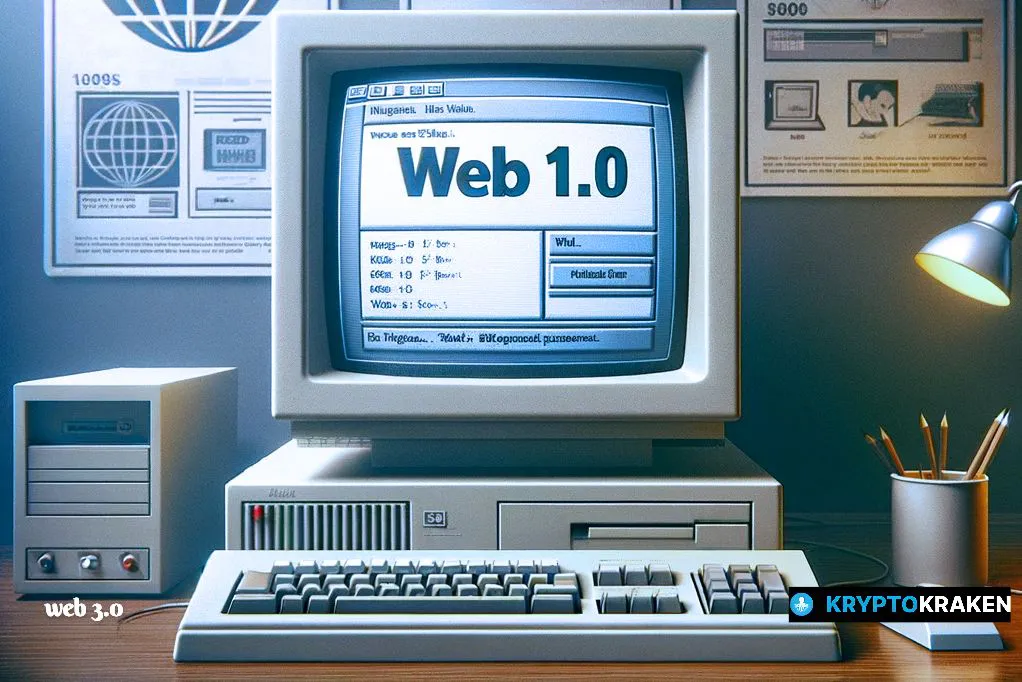
Ah, Web 1.0, the era when the internet was just a fledgling bird, bravely trying to spread its wings. During this time, the web was a rather static and one-sided affair. It served more as an electronic bulletin board, providing information but lacking meaningful interaction.
The defining feature of Web 1.0 was its static nature. Websites were like digital encyclopedias, offering information but not much else. Users could navigate through the pages, clicking on links that would take them to another page filled with more static information.
Web 1.0 had a profound impact on society, revolutionizing the way people accessed knowledge and communicated. However, it left a void, a longing for something more captivating, more interactive. And that something was just around the corner.
As the internet continued to evolve, the limitations of Web 1.0 became increasingly apparent. People craved a more dynamic online experience, one that would allow them to not only consume information but also actively participate in the digital realm.
Enter Web 2.0, the next phase of the internet revolution. With the advent of Web 2.0, the internet transformed from a static collection of web pages into a dynamic and interactive platform. This new era brought about a wave of user-generated content, social networking, and online collaboration.
Web 2.0 introduced a whole new level of interactivity, allowing users to create and share their own content, connect with others, and engage in online communities. It was no longer just about passively consuming information; it was about actively participating and contributing to the online world.
With the rise of Web 2.0 came a plethora of new websites and services that revolutionized the way people interacted with the internet. Social media platforms like Facebook and Twitter allowed users to connect with friends and share their thoughts and experiences in real-time. Blogging platforms like WordPress and Blogger gave individuals a platform to express themselves and share their ideas with the world.
Web 2.0 also paved the way for online collaboration and knowledge sharing. Platforms like Wikipedia enabled users to collectively create and edit content, resulting in a vast and ever-expanding online encyclopedia. Online forums and discussion boards provided spaces for people to come together and exchange ideas, seek advice, and engage in meaningful conversations.
The transition from Web 1.0 to Web 2.0 marked a significant turning point in the history of the internet. It was a shift from a passive, one-way communication model to an active and participatory one. The internet became a place where people could not only consume information but also contribute, collaborate, and connect with others.
But the story of the internet doesn’t end with Web 2.0. As technology continues to advance at a rapid pace, we find ourselves on the cusp of yet another transformative era – Web 3.0. This next phase promises to bring even more innovation and possibilities, with advancements in artificial intelligence, virtual reality, and the Internet of Things.
So, as we look back at the humble beginnings of the internet in the Web 1.0 era, we can’t help but marvel at how far we’ve come. From static web pages to dynamic platforms, the internet has evolved into a powerful tool that shapes our lives and connects us in ways we never thought possible.
The Rise of Interactivity: Web 2.0
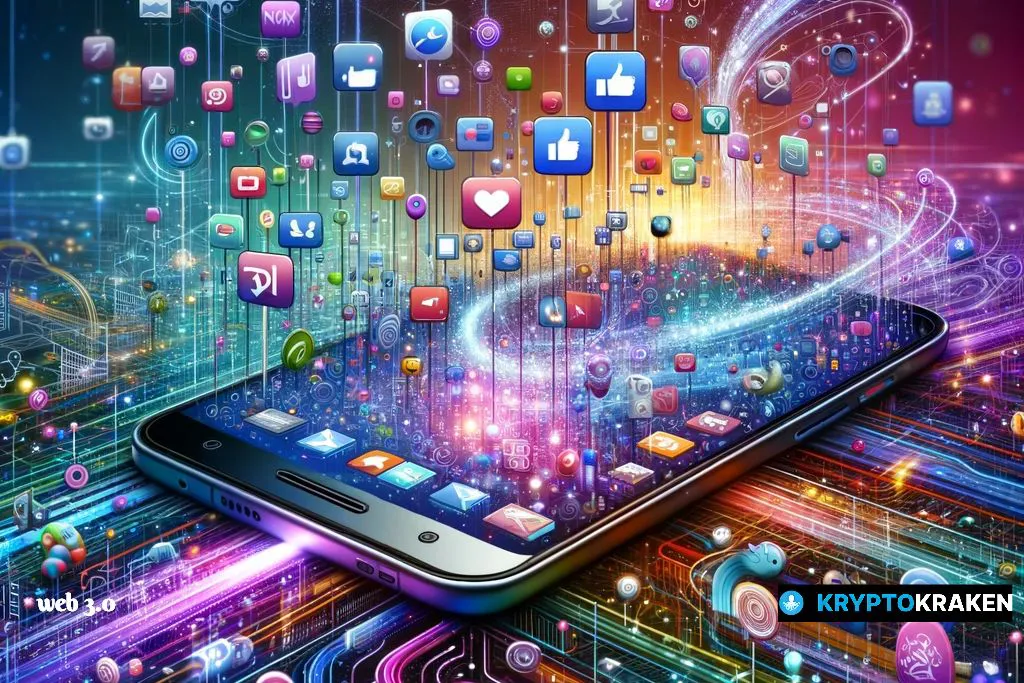
Enter Web 2.0, the superhero of the internet world, smashing through the barriers of interactivity. With its arrival came the transition from a passive audience to an engaged community.
Web 2.0 was all about user-generated content, social networking, and collaboration. Suddenly, anyone could create and share their thoughts, ideas, and cat videos with the world. It was a revolution of epic proportions!
Characterized by the rise of platforms such as Facebook, YouTube, and Twitter, Web 2.0 brought us closer together like never before. It fostered a sense of community, breaking down the walls of isolation and connecting people across the globe. What a time to be alive!
As Web 2.0 gained momentum, the internet landscape transformed into a bustling hub of creativity and connectivity. With the power to create and share content, individuals became the driving force behind the internet’s evolution. Blogs sprouted like wildflowers, each one offering a unique perspective and inviting readers to engage in lively discussions.
But it wasn’t just about expressing oneself through words. Web 2.0 opened up a whole new world of multimedia possibilities. With platforms like YouTube, anyone could become a filmmaker, sharing their stories and talents with a global audience. From heartwarming home videos to thought-provoking documentaries, the internet became a treasure trove of visual storytelling.
And let’s not forget the rise of social networking. Platforms like Facebook and Twitter became virtual meeting places, where friends and strangers alike could connect, share updates, and exchange ideas. Suddenly, distance was no longer a barrier to maintaining relationships. Long-lost friends were rediscovered, and new friendships were forged across continents.
Web 2.0 also brought about a shift in the way we consume news and information. Traditional media outlets were no longer the sole gatekeepers of knowledge. Citizen journalism emerged as a powerful force, with eyewitnesses capturing and sharing breaking news in real-time. The internet became a global newsroom, with millions of individuals contributing to the collective understanding of current events.
Collaboration became the name of the game in the Web 2.0 era. Platforms like Wikipedia allowed people from all walks of life to come together and create a vast repository of knowledge. Crowdsourcing became a powerful tool, enabling projects to be completed faster and more efficiently than ever before. From open-source software development to collaborative art projects, the possibilities for collective creation seemed endless.
Web 2.0 was not just a technological revolution; it was a cultural shift. It empowered individuals, giving them a voice and a platform to express themselves. It blurred the lines between creators and consumers, transforming the internet into a participatory medium. The rise of interactivity brought us closer together, fostering a sense of global community and opening up new avenues for creativity and collaboration.
The Future is Here: Web 3.0
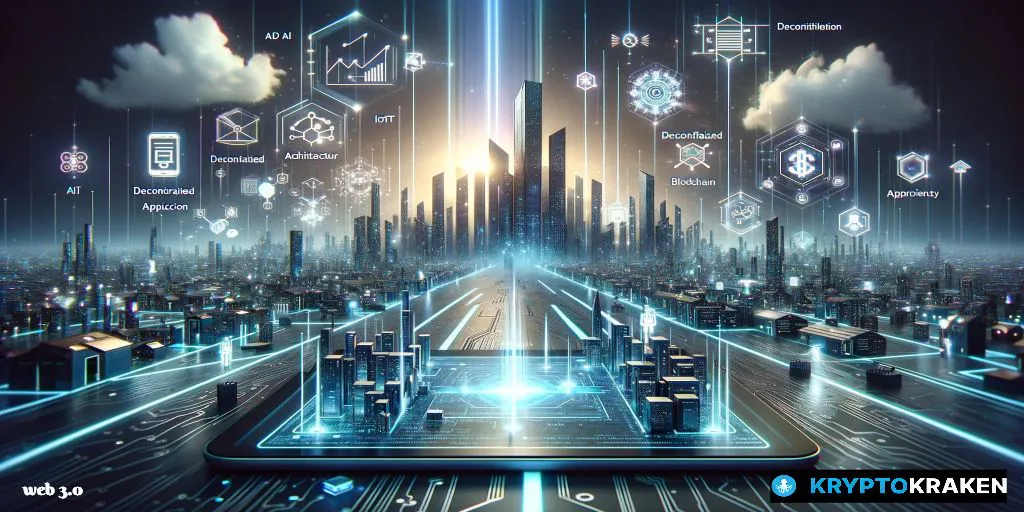
Fasten your seatbelts, folks, because we’re about to blast off into the awe-inspiring future of Web 3.0. Picture this: a web that understands human language, thinks independently, and adapts to our needs. Sounds mind-boggling, doesn’t it?
Web 3.0 is fueled by the power of artificial intelligence, machine learning, and the internet of things. It promises a smarter, more intuitive web experience that caters to our unique preferences and desires.
What sets Web 3.0 apart is its ability to provide personalized and contextually relevant information. It anticipates our needs, making our online interactions feel like magic. We’re talking about a web that can order pizza before we even realize we’re hungry. Now, that’s a game-changer!
The potential of Web 3.0 for the future is boundless. From autonomous vehicles to smart homes, we’re witnessing a technological revolution that will shape the way we live, work, and laugh at cat pictures for generations to come.
Imagine a world where your car not only drives itself but also communicates with other vehicles on the road, ensuring a smooth and efficient traffic flow. With Web 3.0, this futuristic vision becomes a reality. Your car’s AI assistant analyzes real-time traffic data, weather conditions, and your personal preferences to chart the best route for your daily commute. No more wasting time in traffic jams or stressing over navigation. Web 3.0 transforms your car into a trusted co-pilot, making your journey safer and more enjoyable.
But Web 3.0 doesn’t stop at transportation. It extends its reach into our homes, turning them into smart, interconnected spaces. Imagine waking up to a house that knows your morning routine. The lights gradually brighten, the coffee machine starts brewing your favorite blend, and your personal AI assistant greets you with the day’s weather forecast and news highlights. As you go about your day, your smart home learns your habits and preferences, adjusting the temperature, lighting, and entertainment options to create the perfect ambiance for every moment.
Web 3.0 also revolutionizes the way we shop. Say goodbye to endless scrolling and irrelevant recommendations. With its advanced algorithms, Web 3.0 understands your style, preferences, and budget, curating a personalized shopping experience that feels like having your own personal stylist. It suggests clothing items that match your taste, offers tailored discounts, and even predicts upcoming trends based on your fashion history. Web 3.0 takes the hassle out of online shopping, making it a delightful and efficient experience.
As we delve deeper into the possibilities of Web 3.0, we discover its potential in healthcare. Imagine a web that not only connects patients with doctors but also analyzes vast amounts of medical data to provide accurate diagnoses and personalized treatment plans. With Web 3.0, doctors can access a wealth of information, including patient medical histories, research papers, and clinical trials, empowering them to make informed decisions and deliver the best possible care. Patients, on the other hand, can benefit from virtual consultations, remote monitoring devices, and personalized health recommendations, all made possible by the intelligent capabilities of Web 3.0.
So, dear readers, it’s time to bid adieu to our hilarious journey through the evolution of the web. We’ve explored the origins of Web 1.0, marveled at the interactive wonders of Web 2.0, and caught a glimpse of the mind-blowing possibilities of Web 3.0. As we continue to surf the waves of technological innovation, let’s remember to embrace the laughter, joy, and endless adventures that the web brings into our lives.
Web 3.0 heralds a future where the internet becomes an intelligent assistant, seamlessly integrating artificial intelligence, machine learning, and the Internet of Things to provide a tailored, intuitive user experience. This new web era promises to revolutionize daily life, from self-driving cars and smart homes to personalized shopping and advanced healthcare, making our interactions with technology more efficient, predictive, and attuned to our individual needs. The potential of Web 3.0 extends beyond convenience, shaping a world where technology anticipates and meets demands in real-time, redefining our digital journey.
⭐⭐⭐ ⭐⭐ Enjoy learning through video? See the entire video collection at KryptoKraken Videos



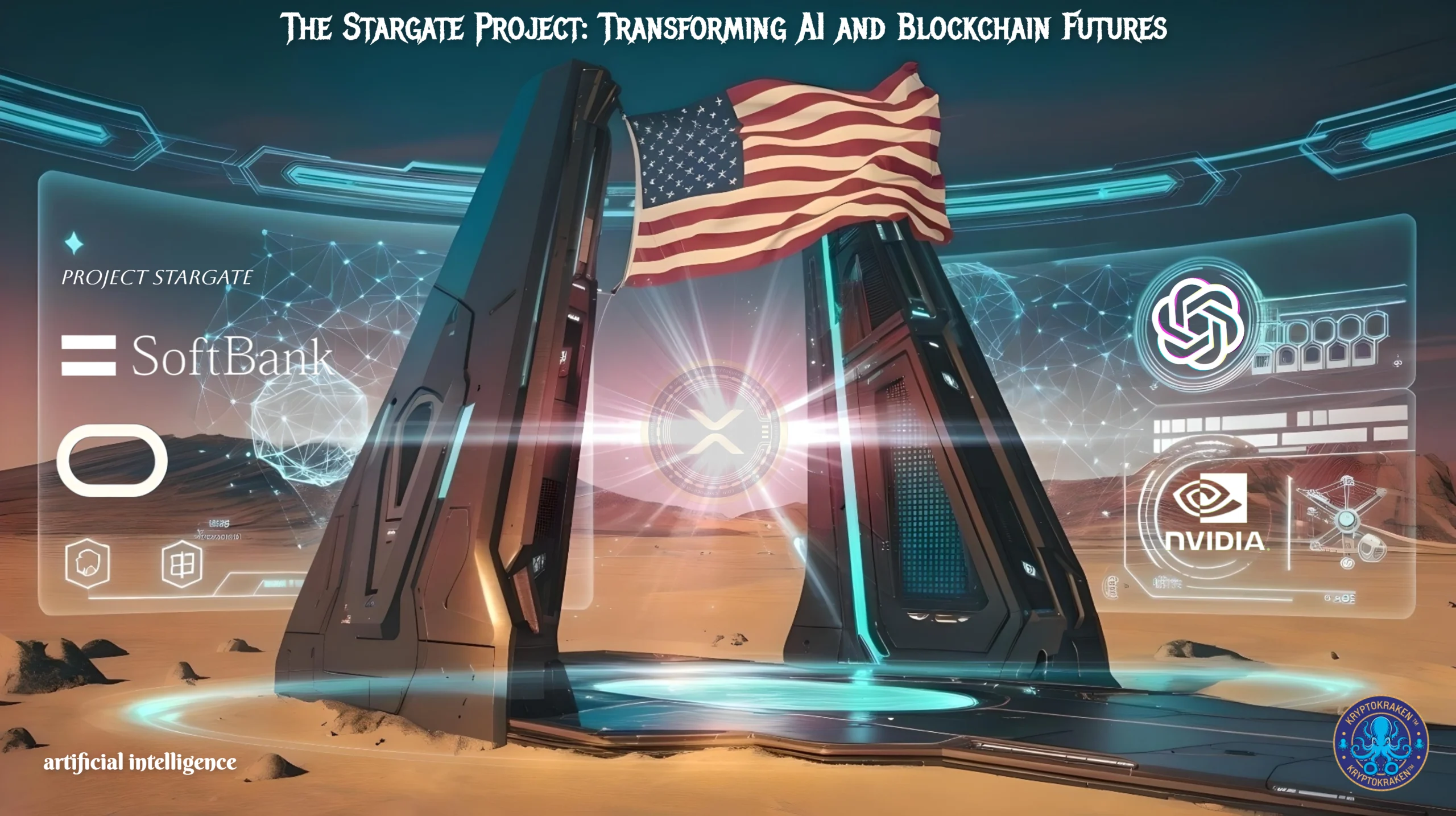
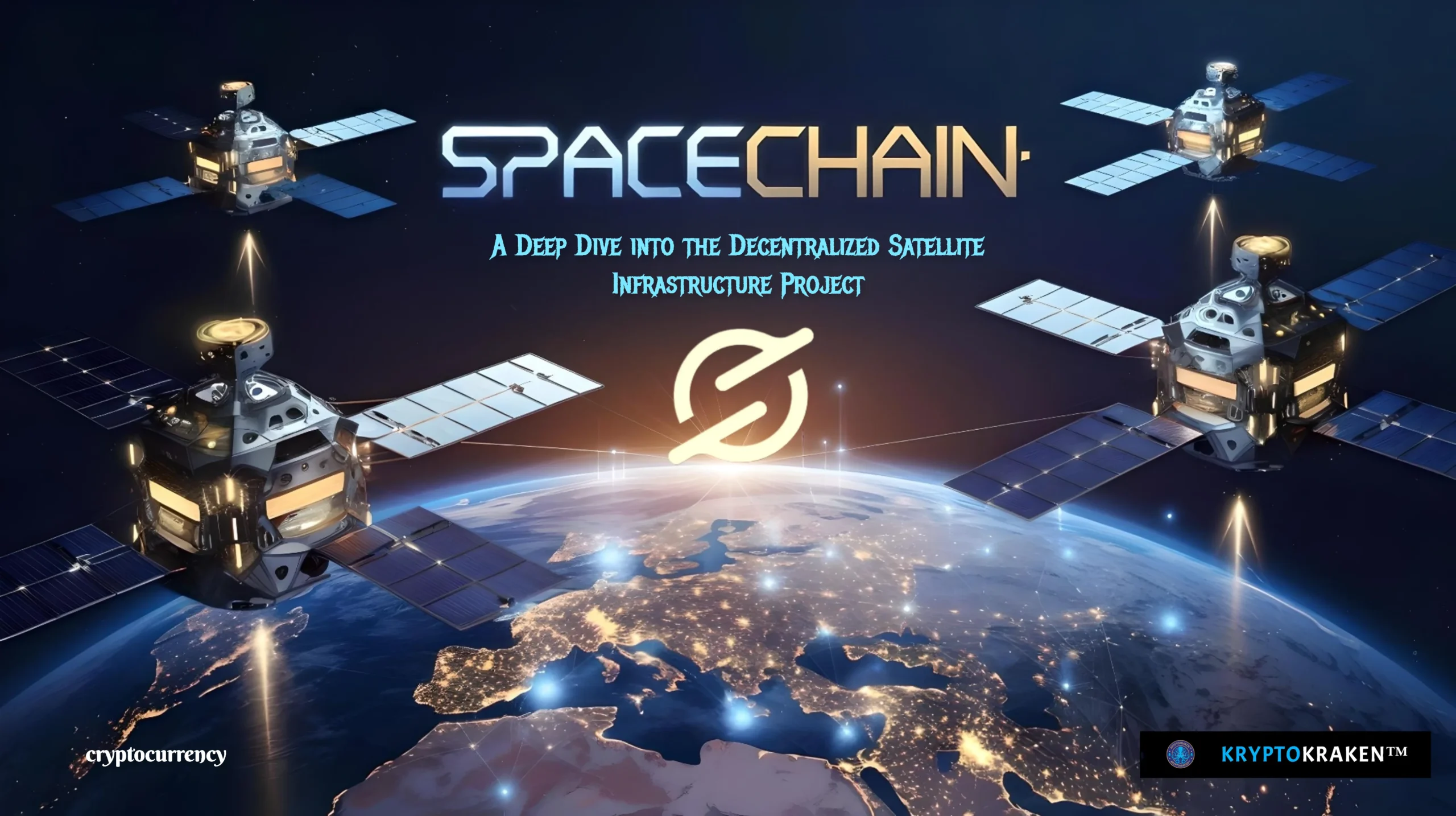
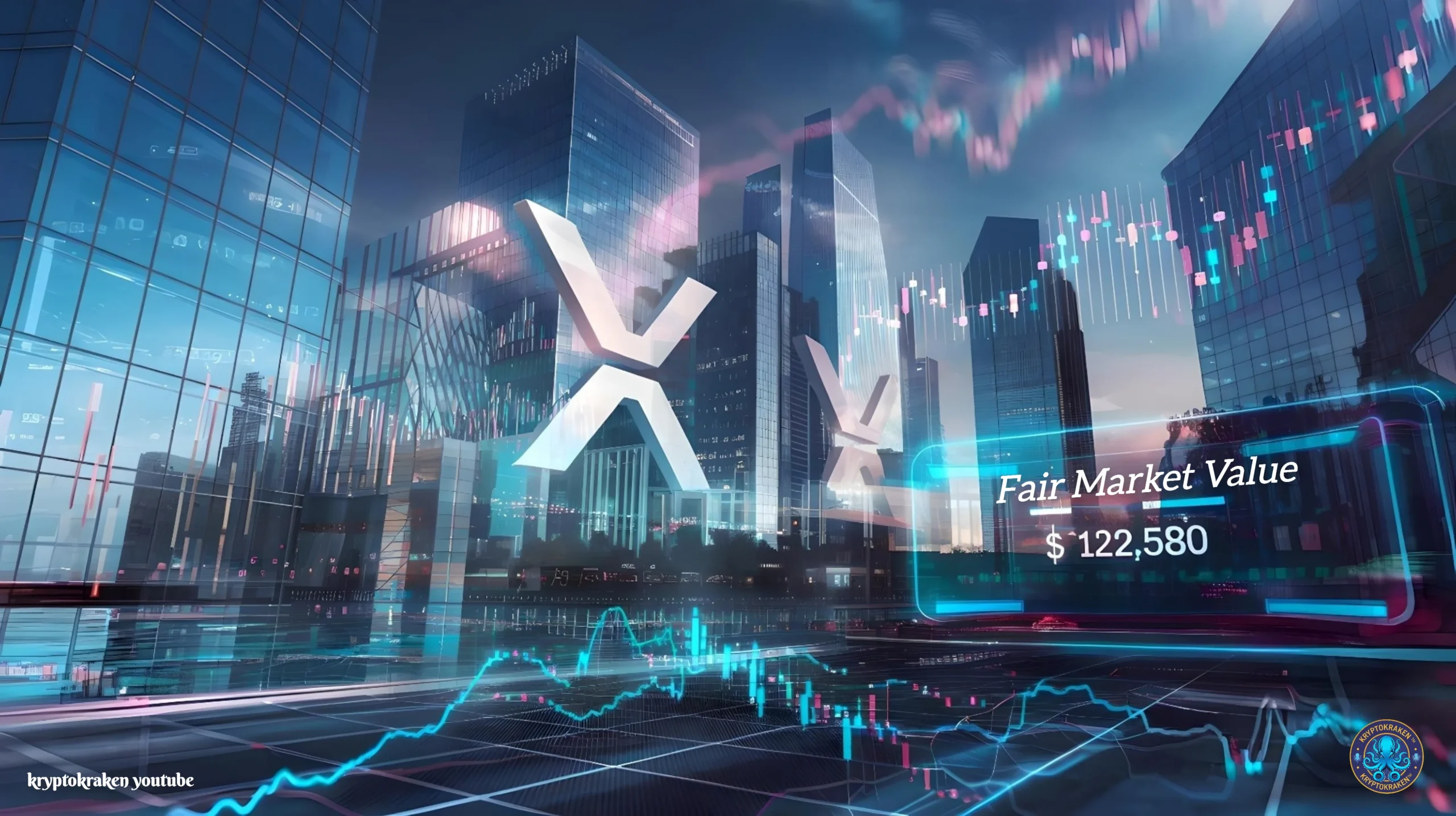
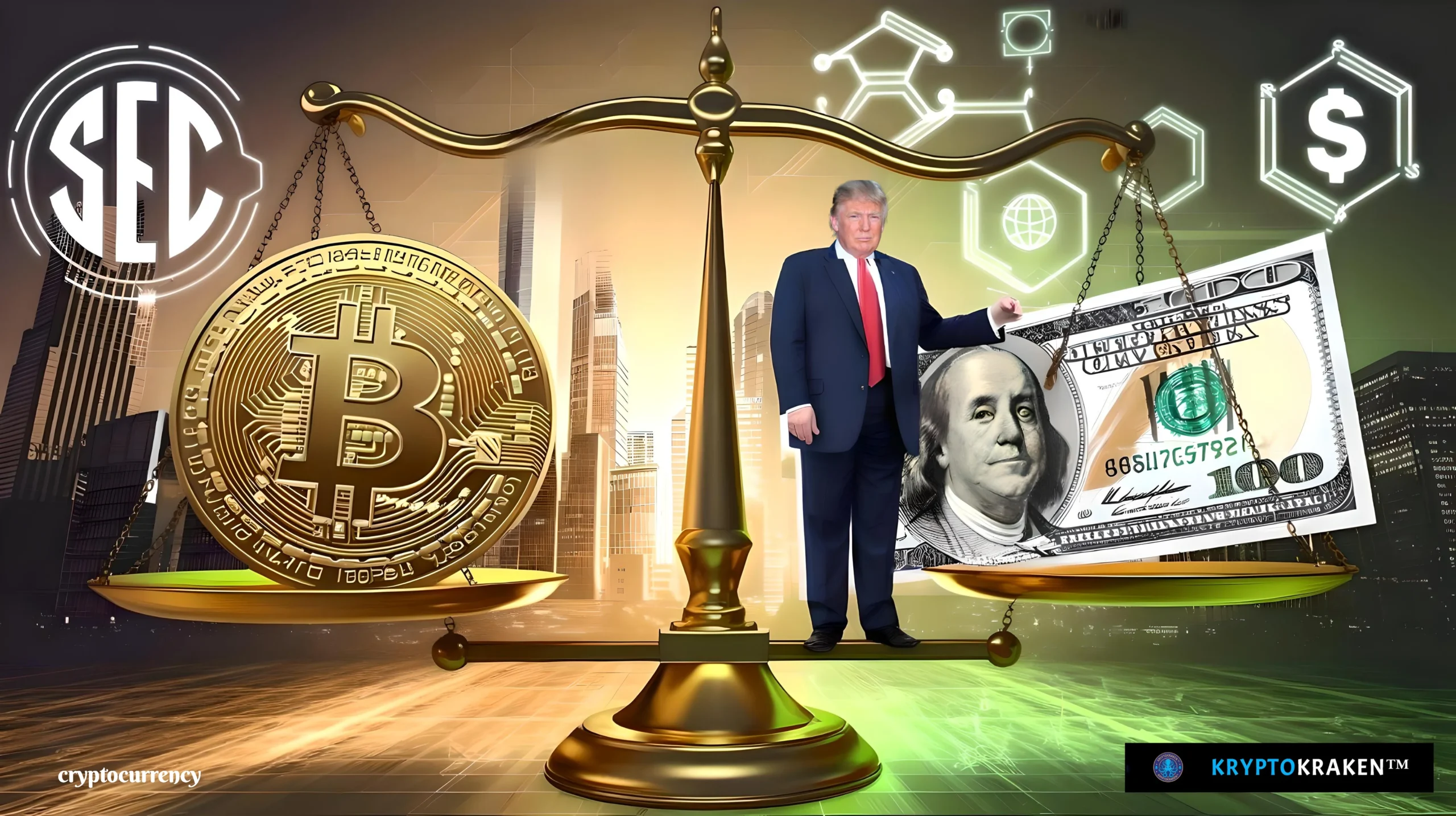

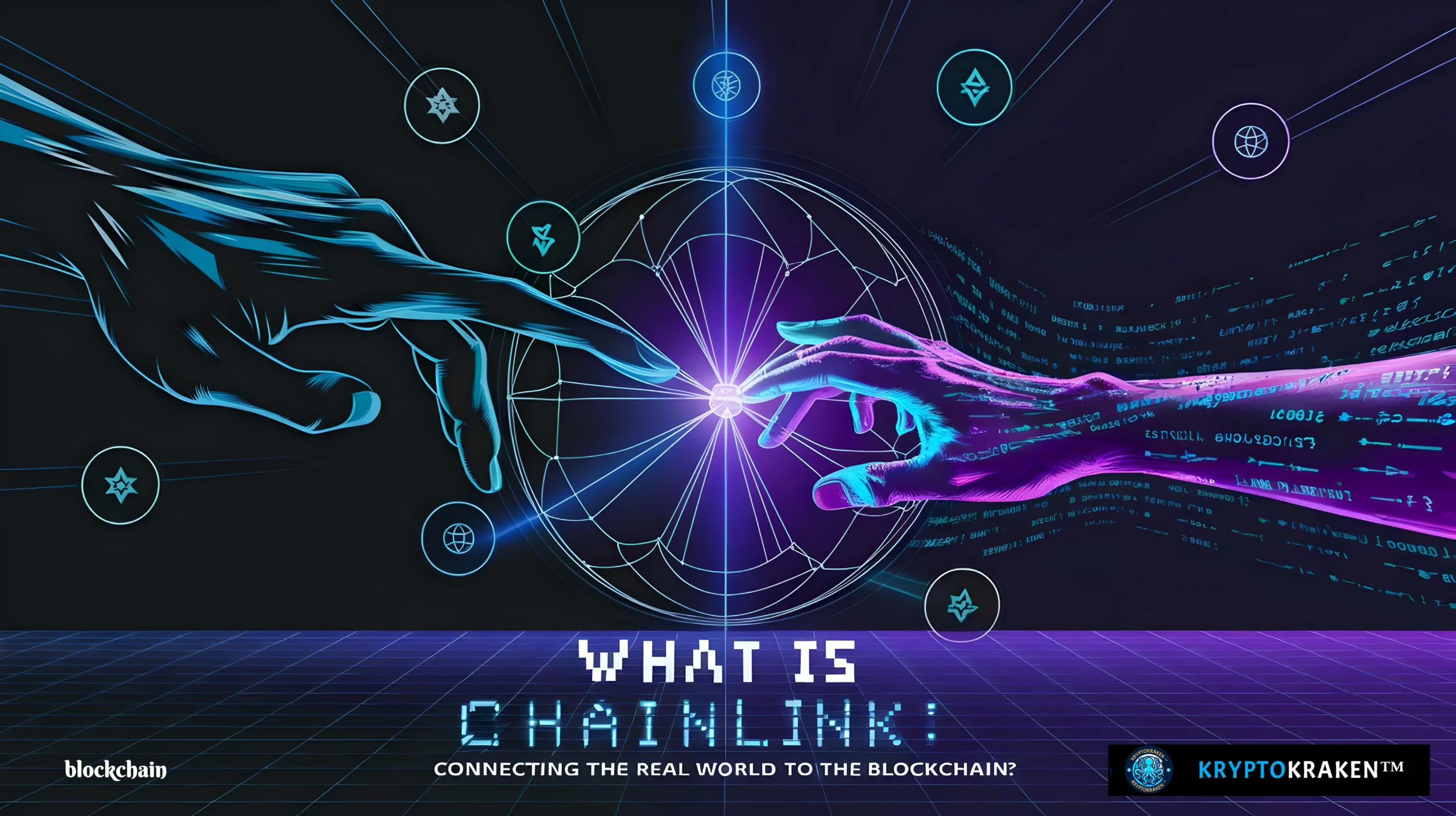
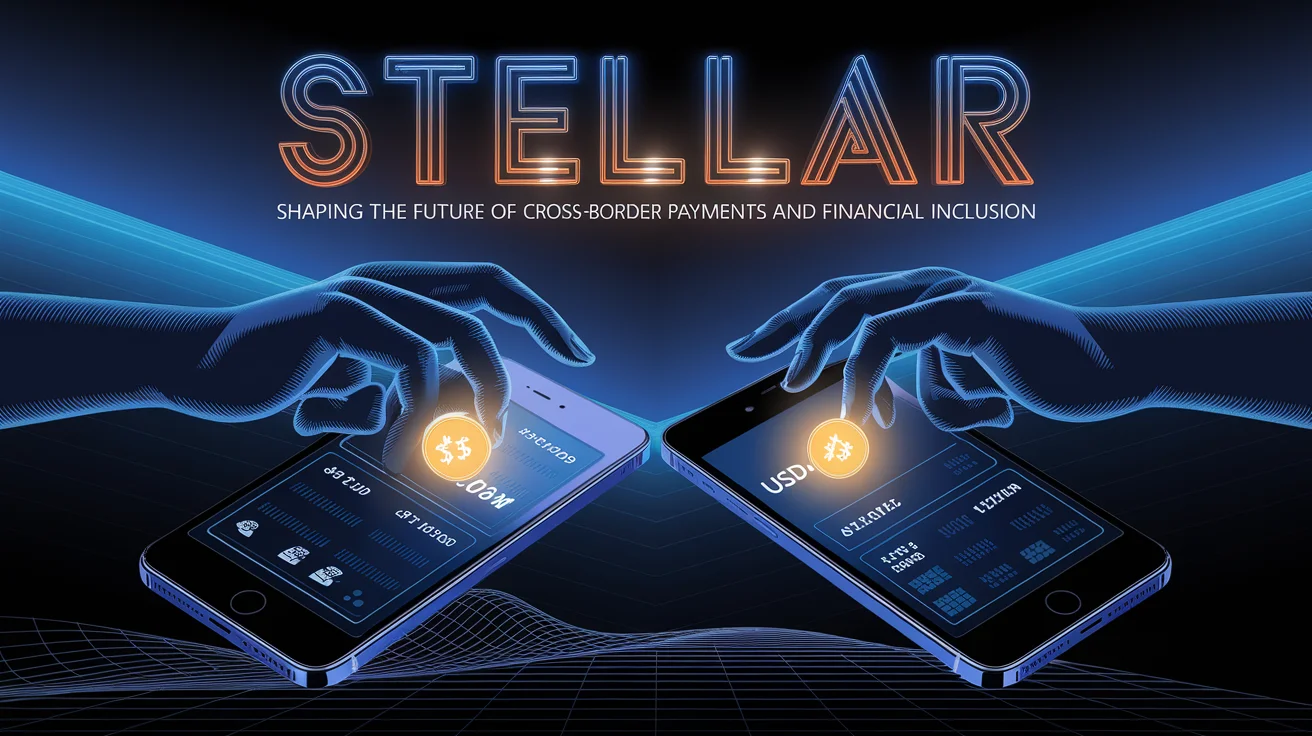
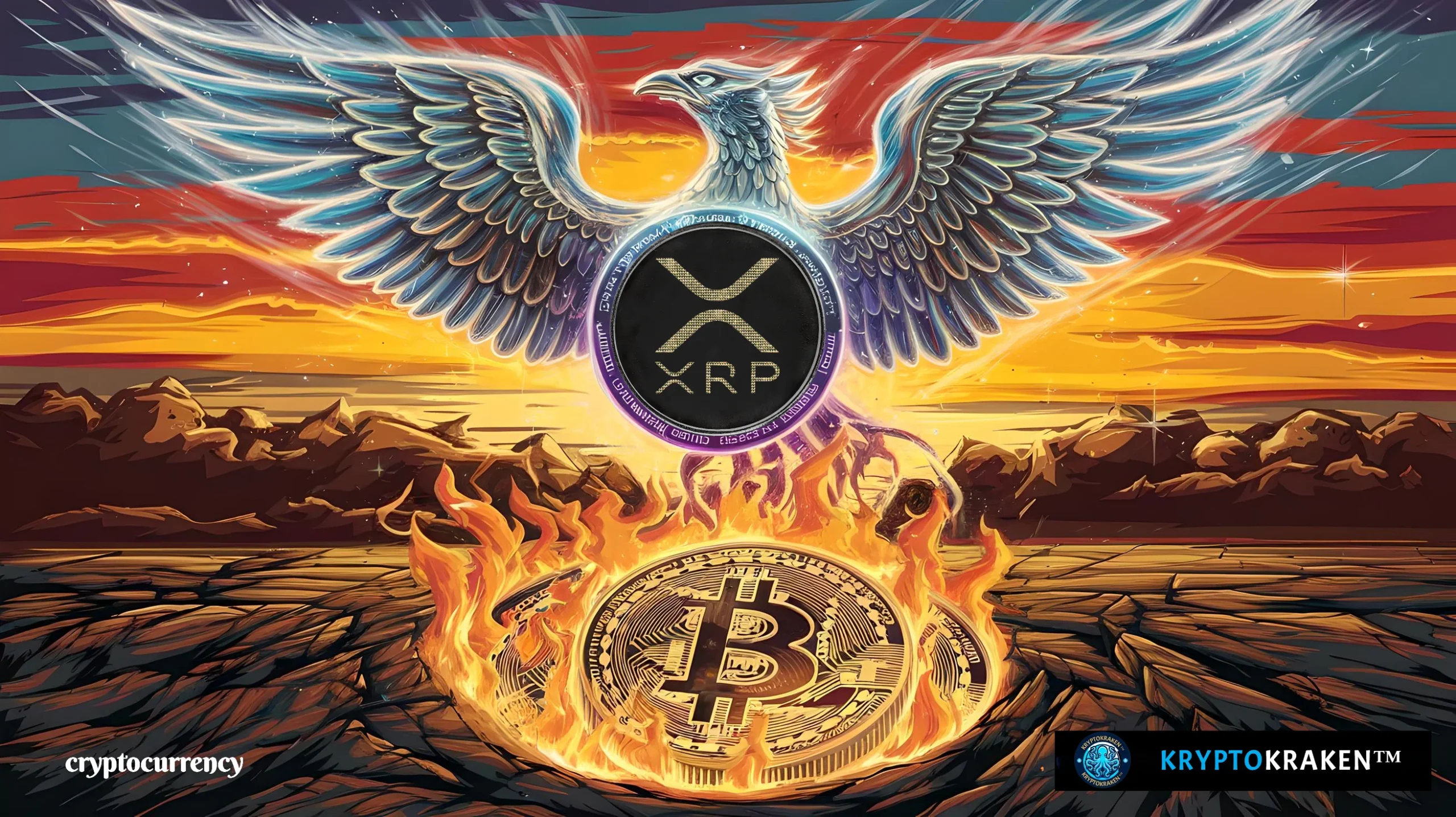
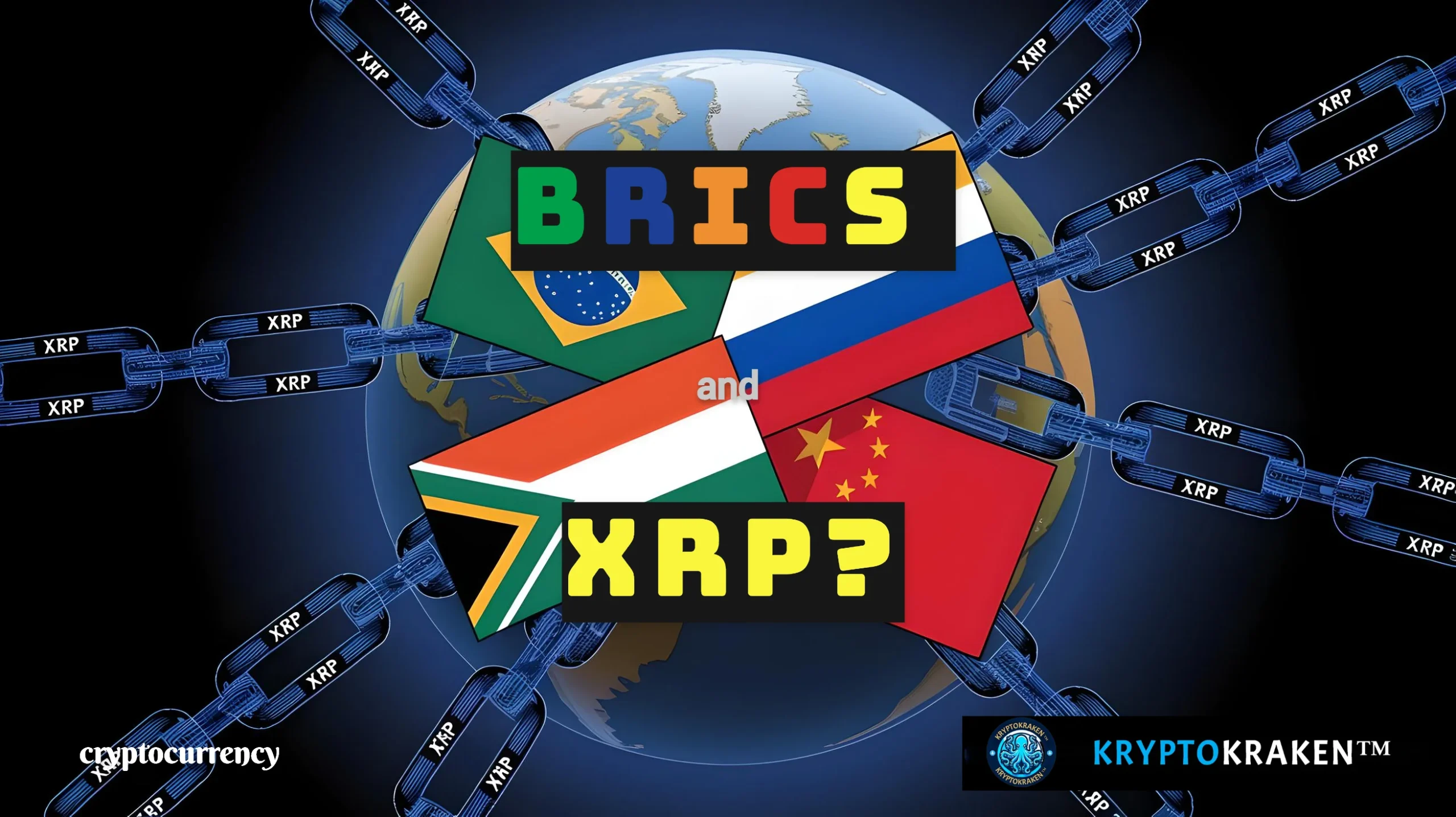
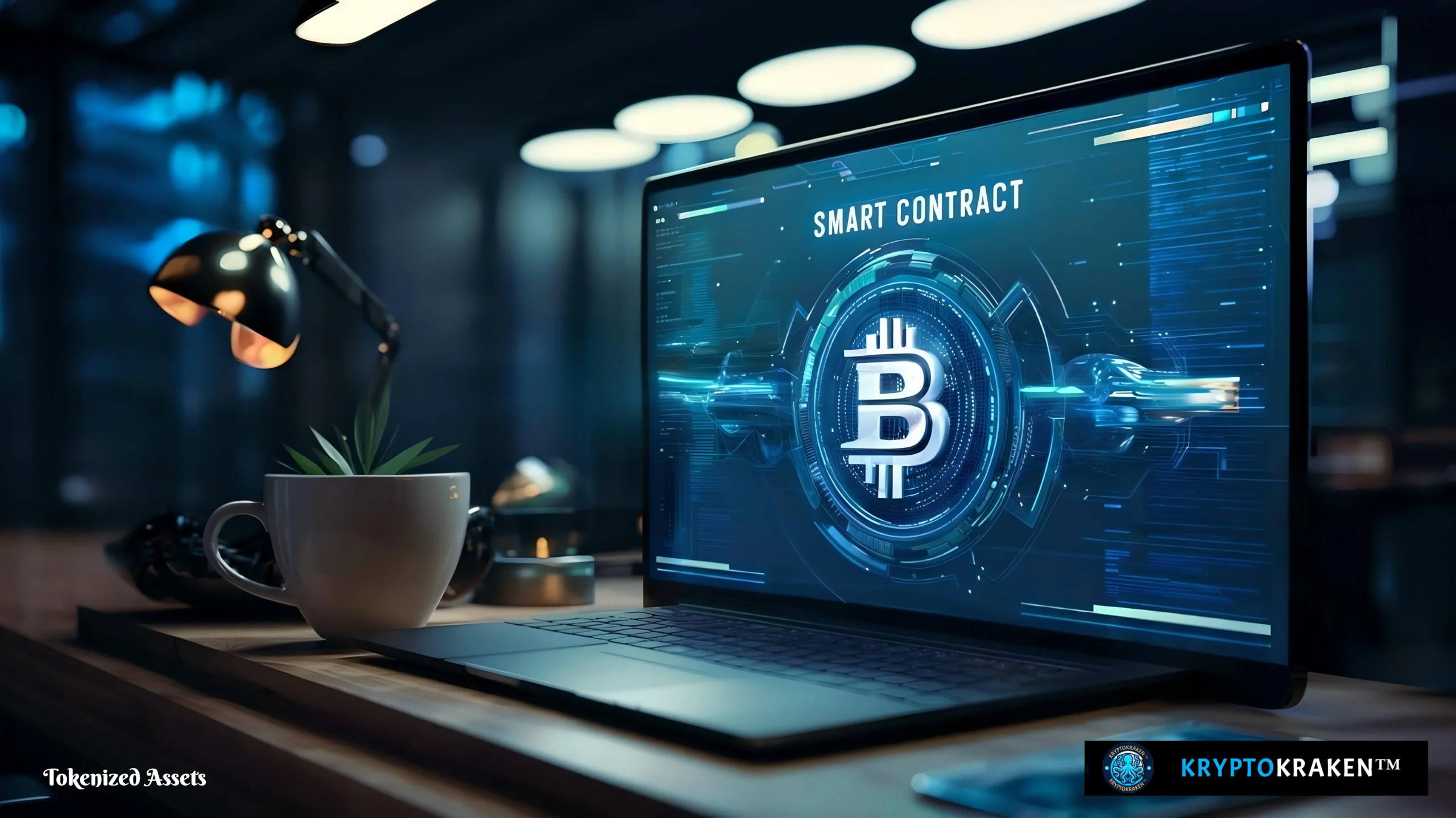
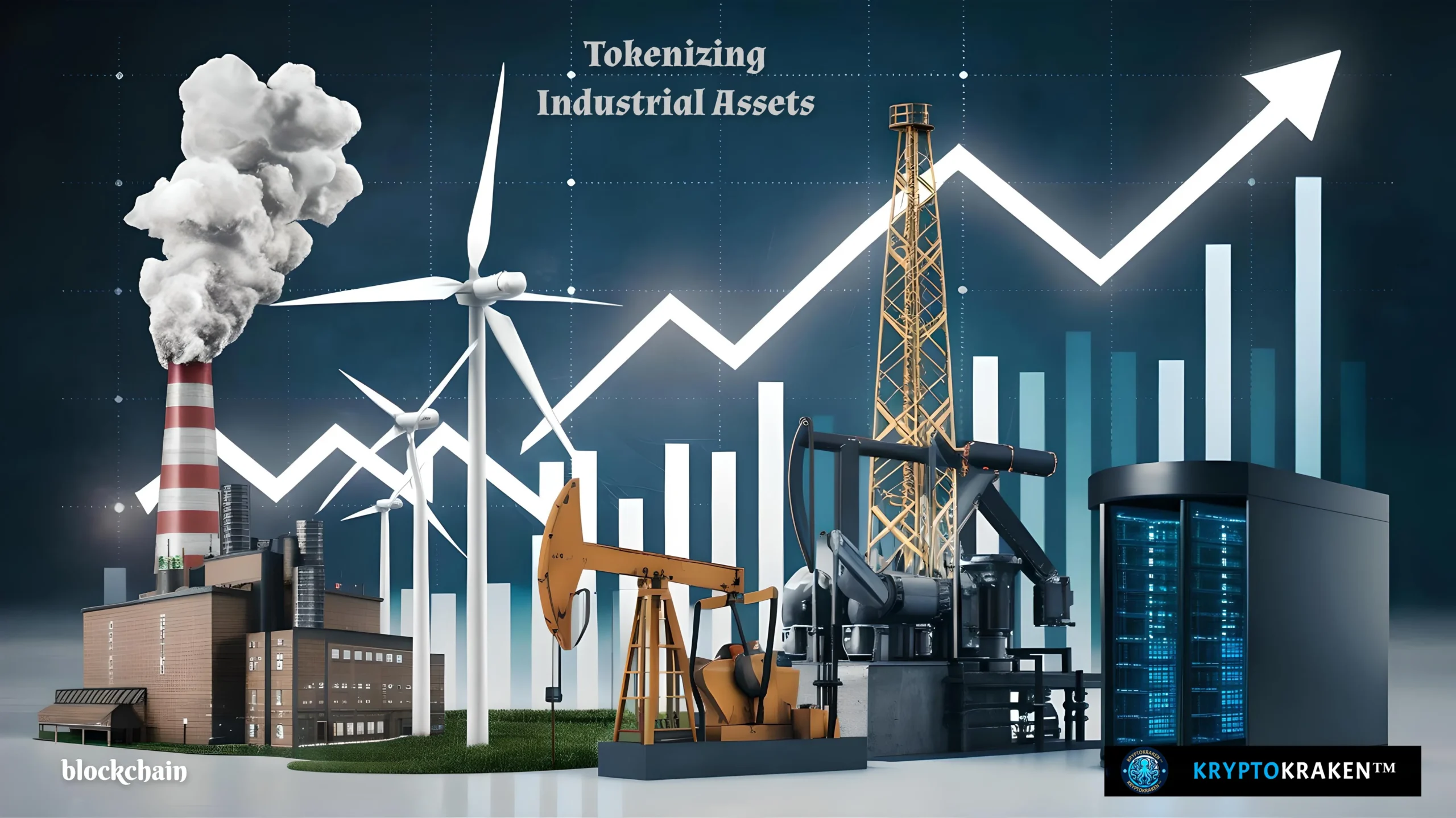
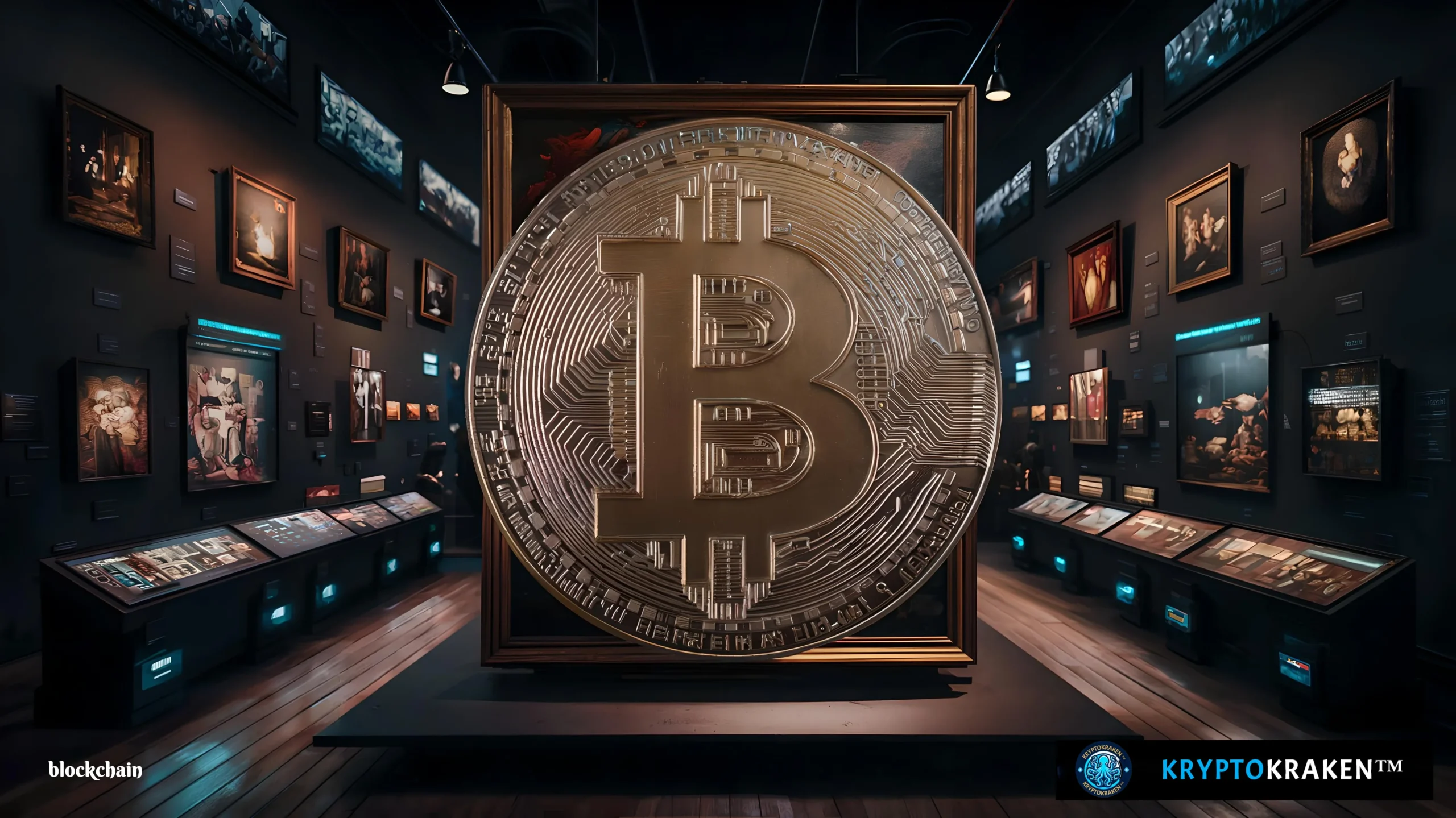
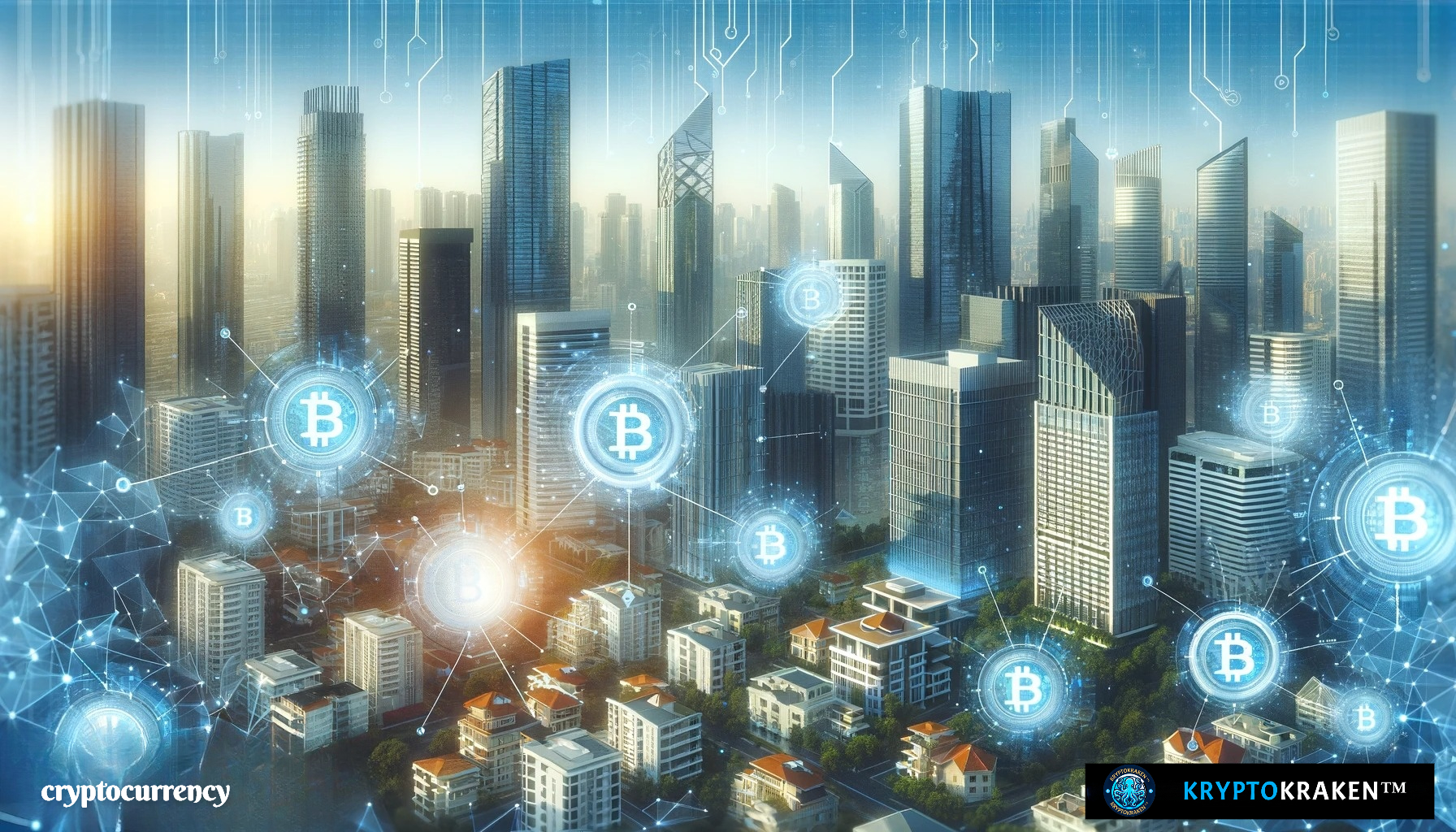
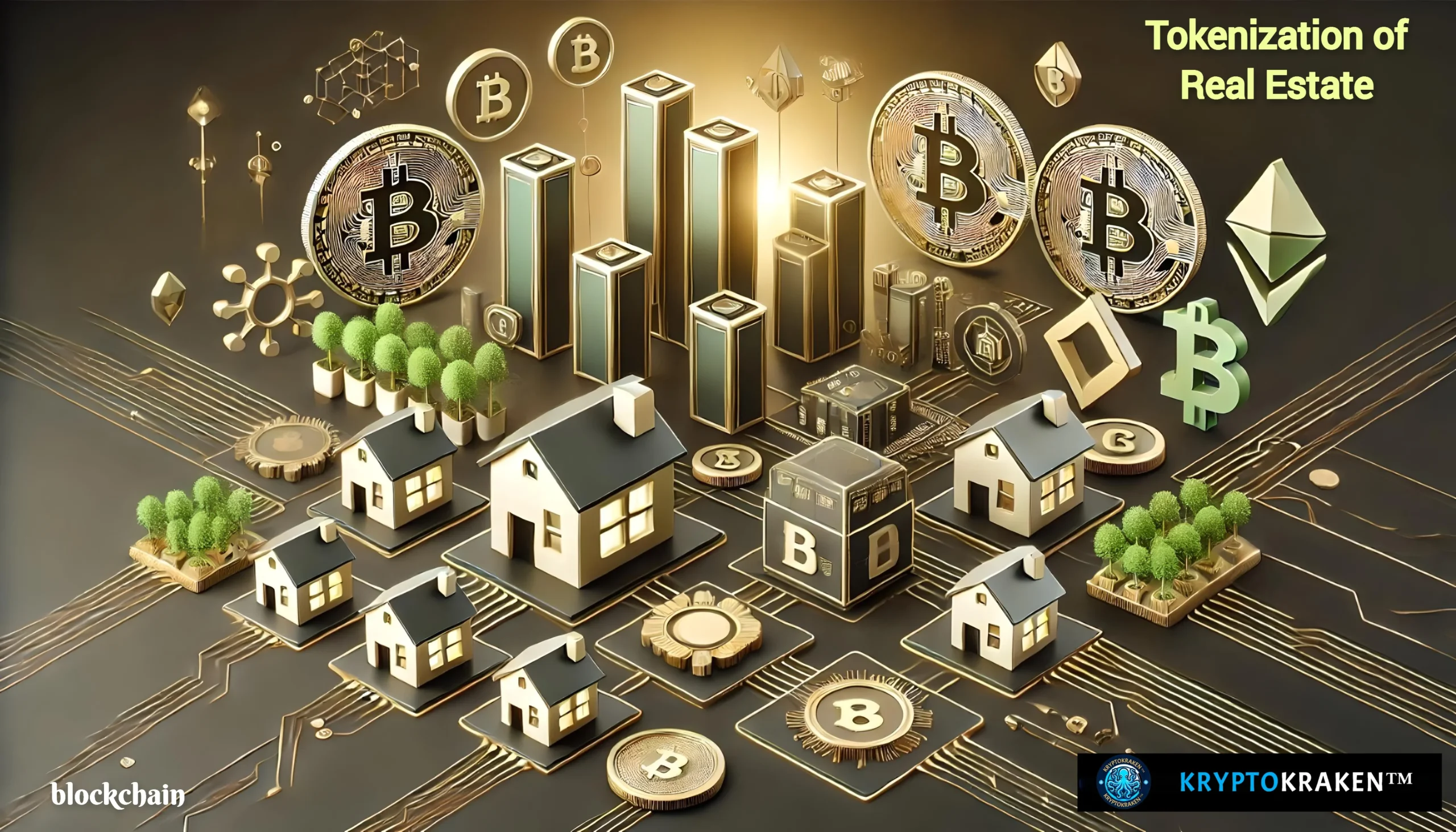
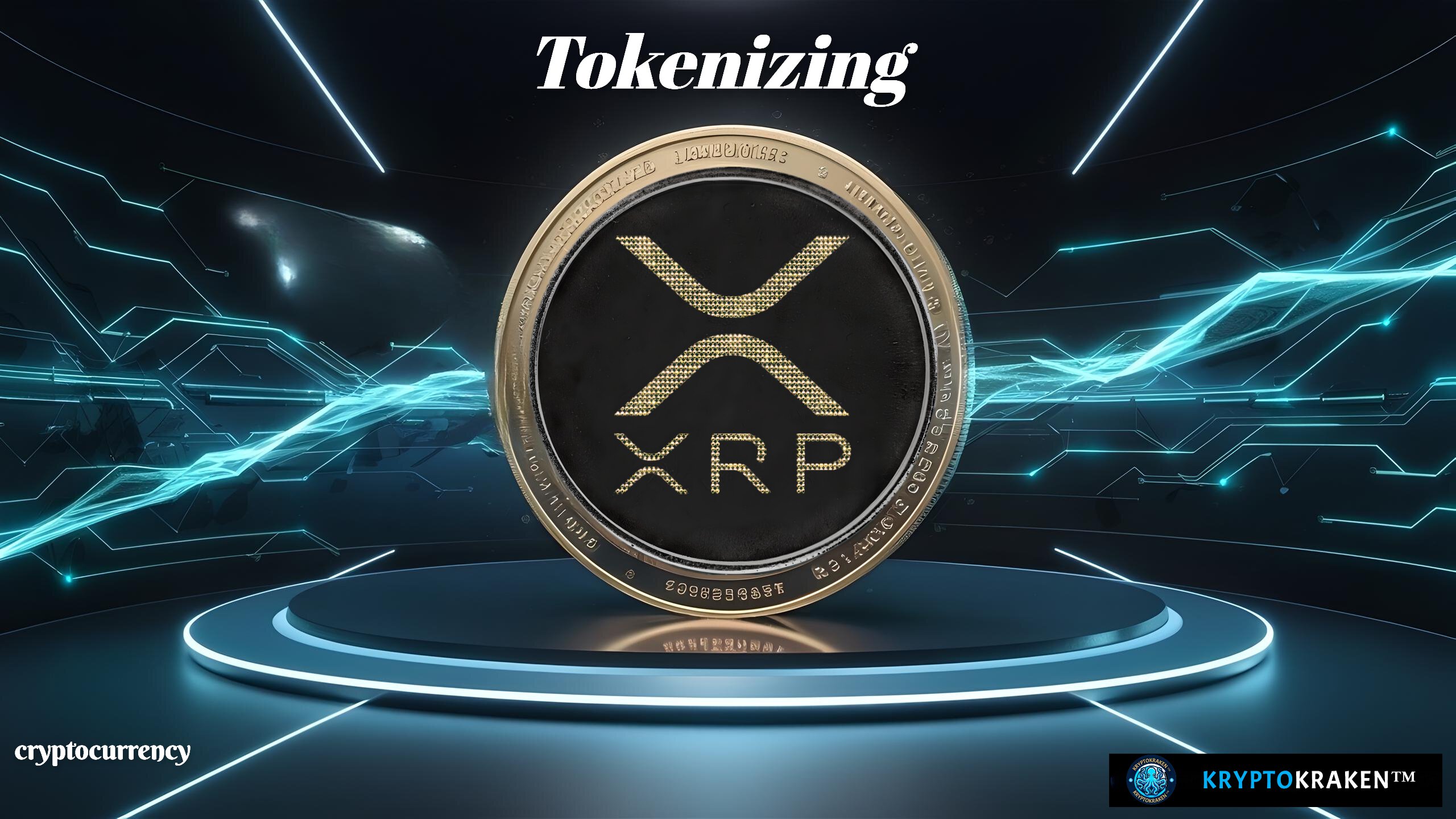
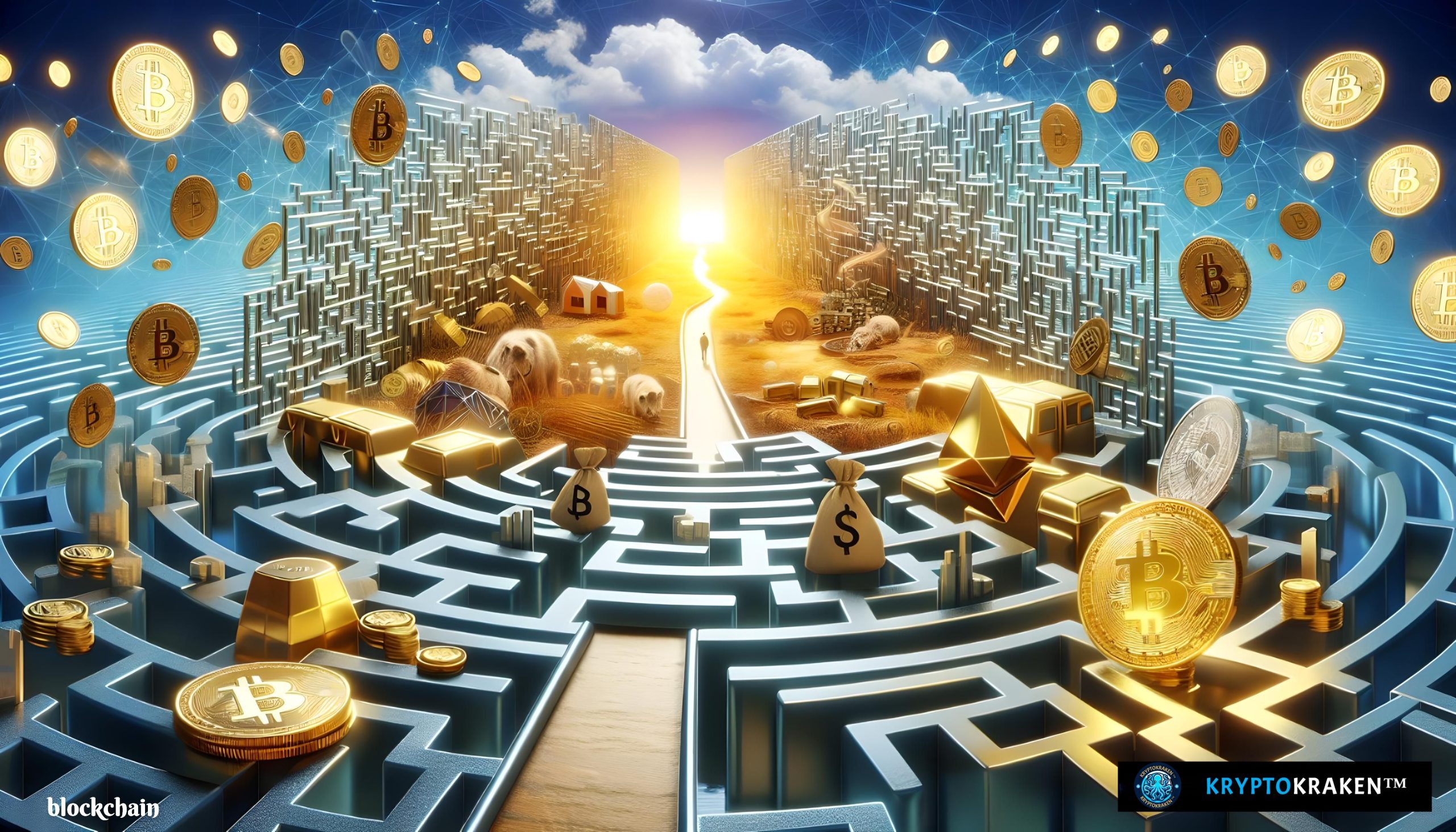
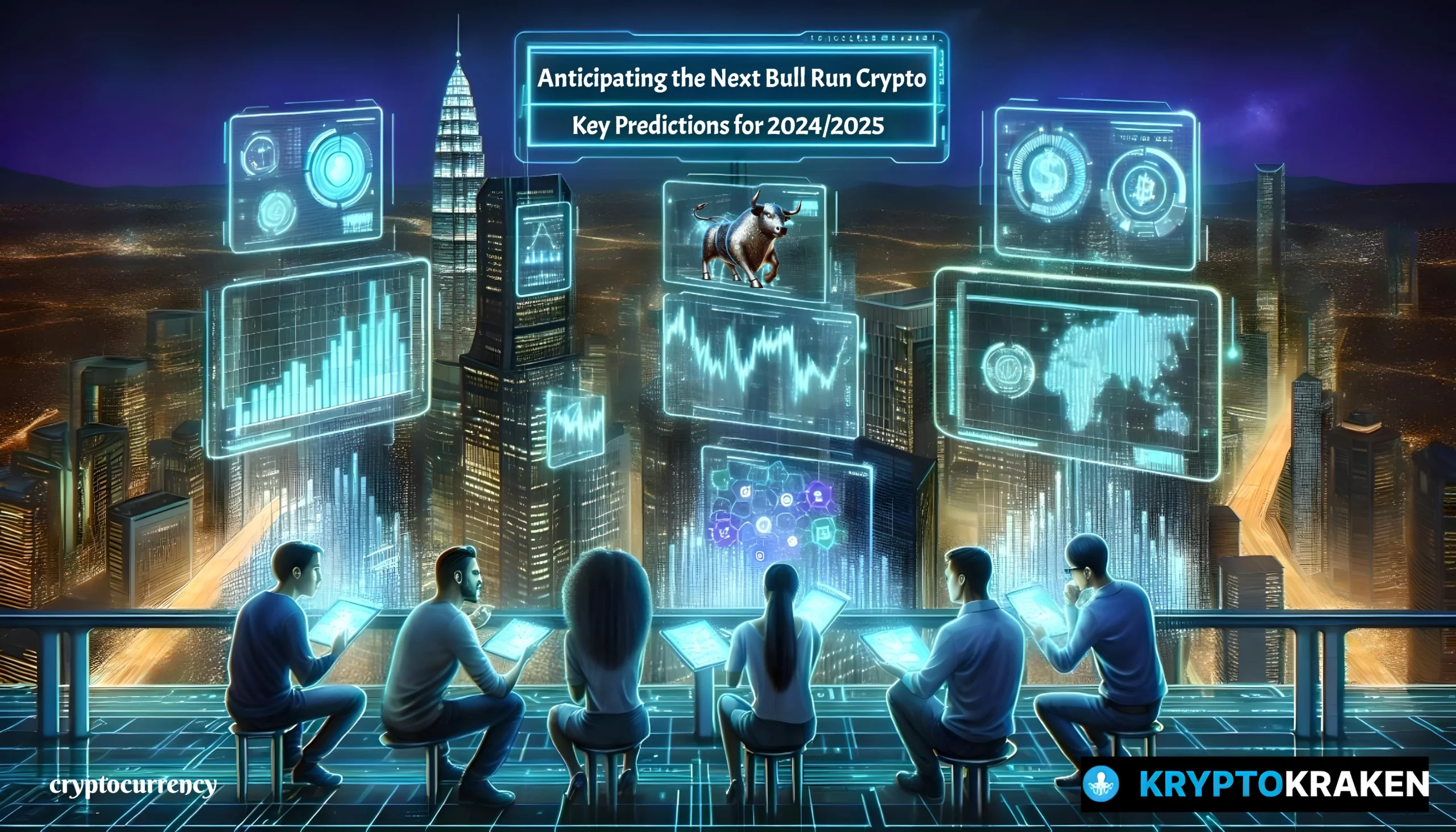
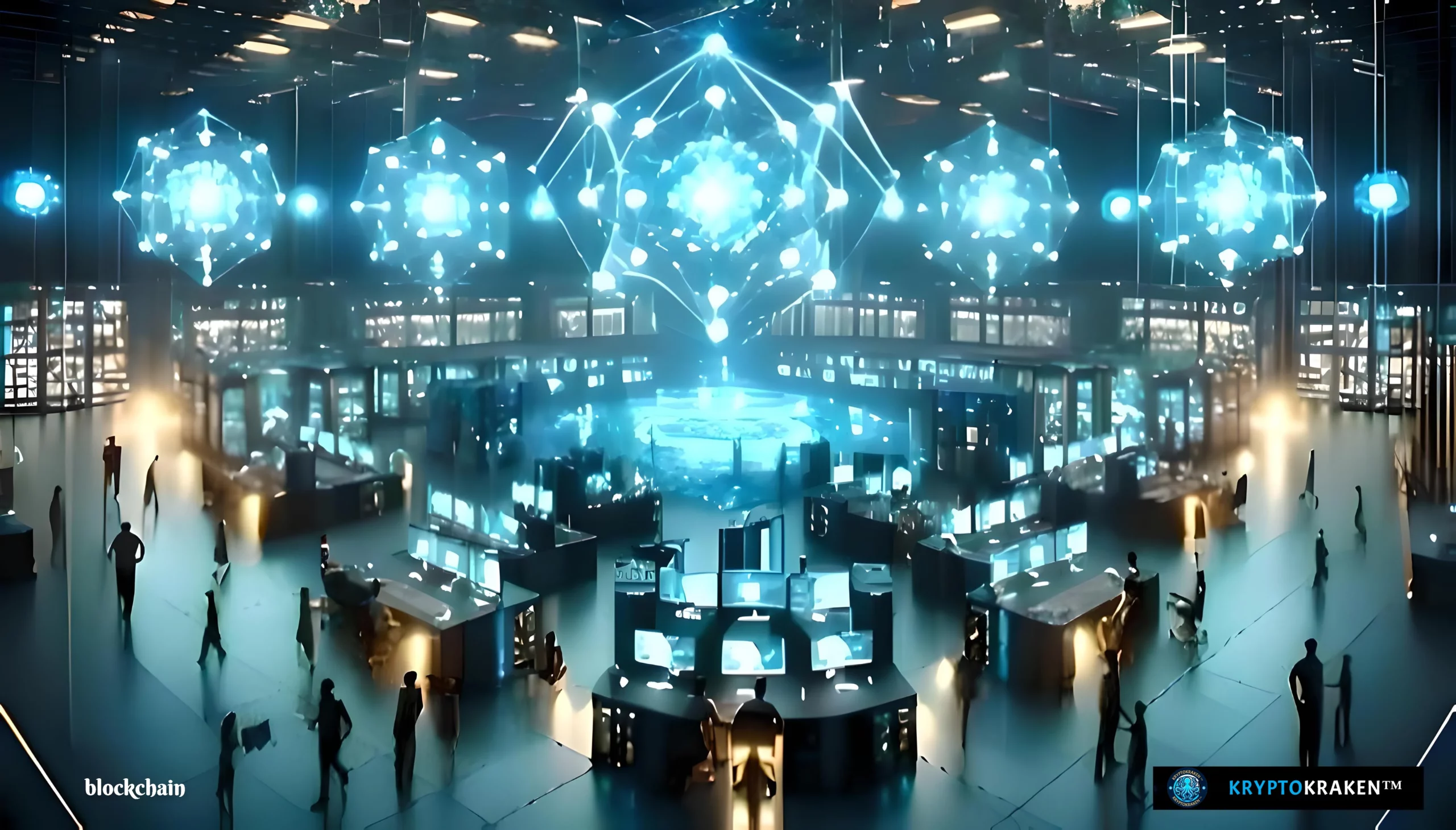

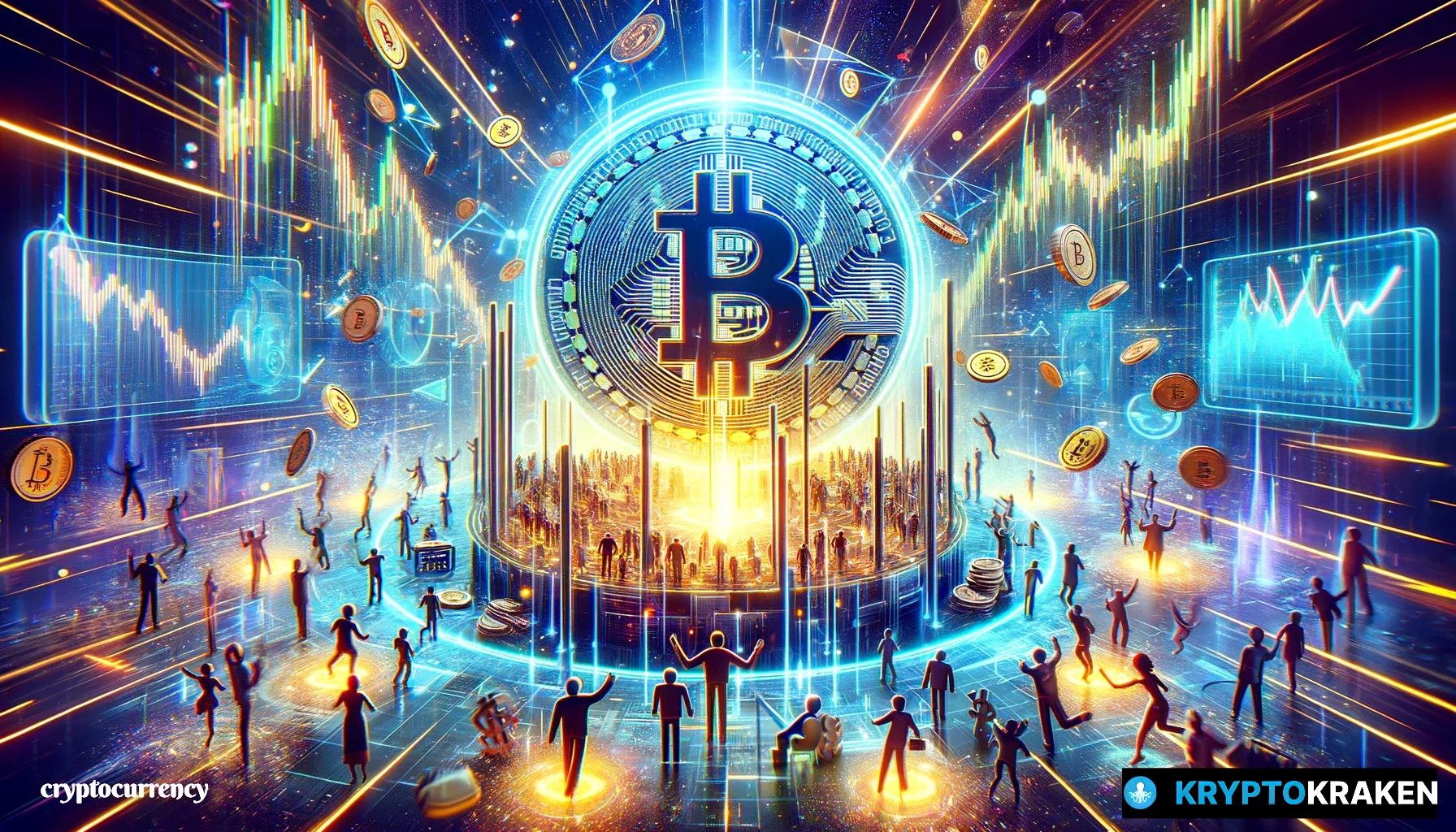
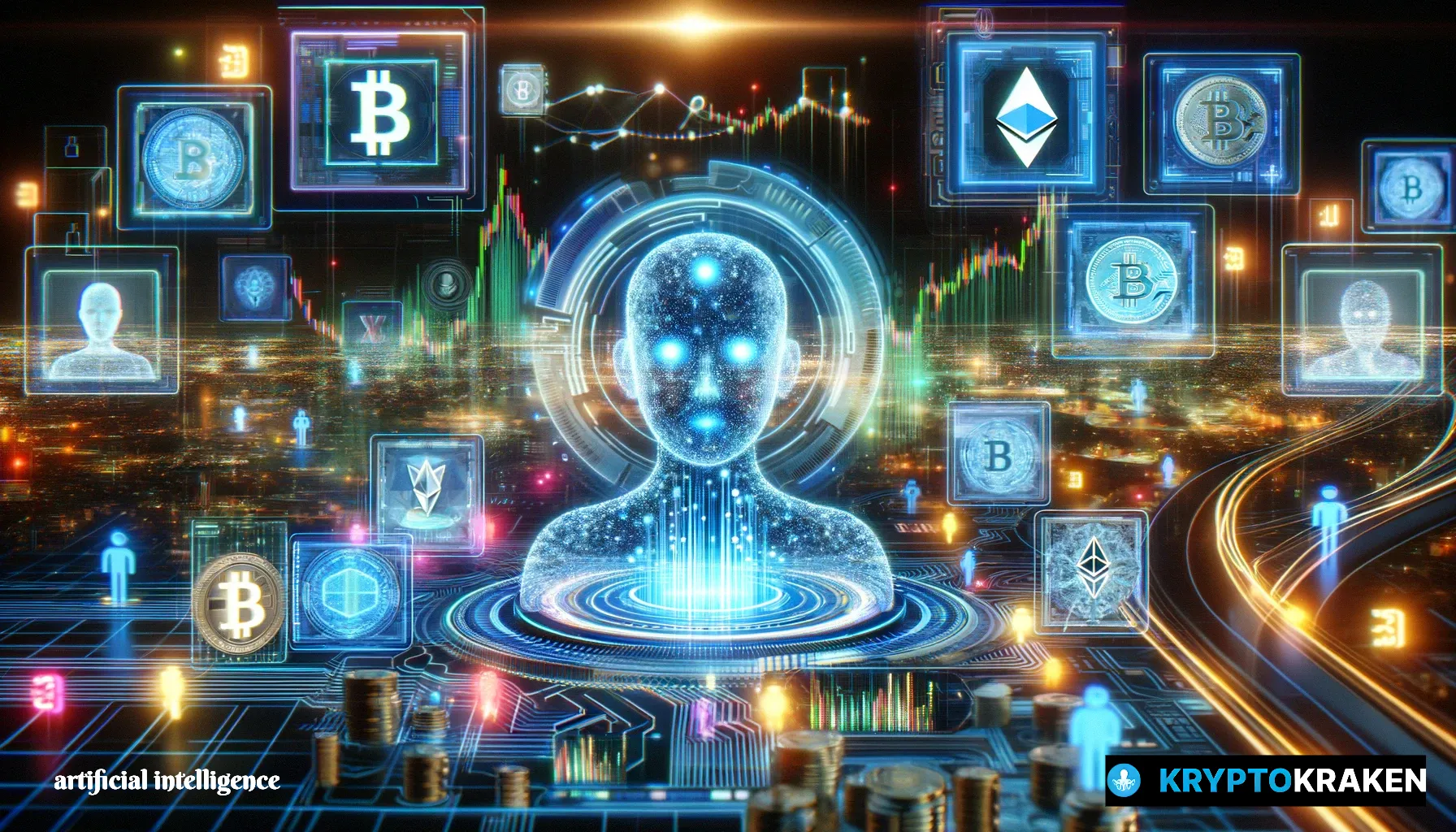
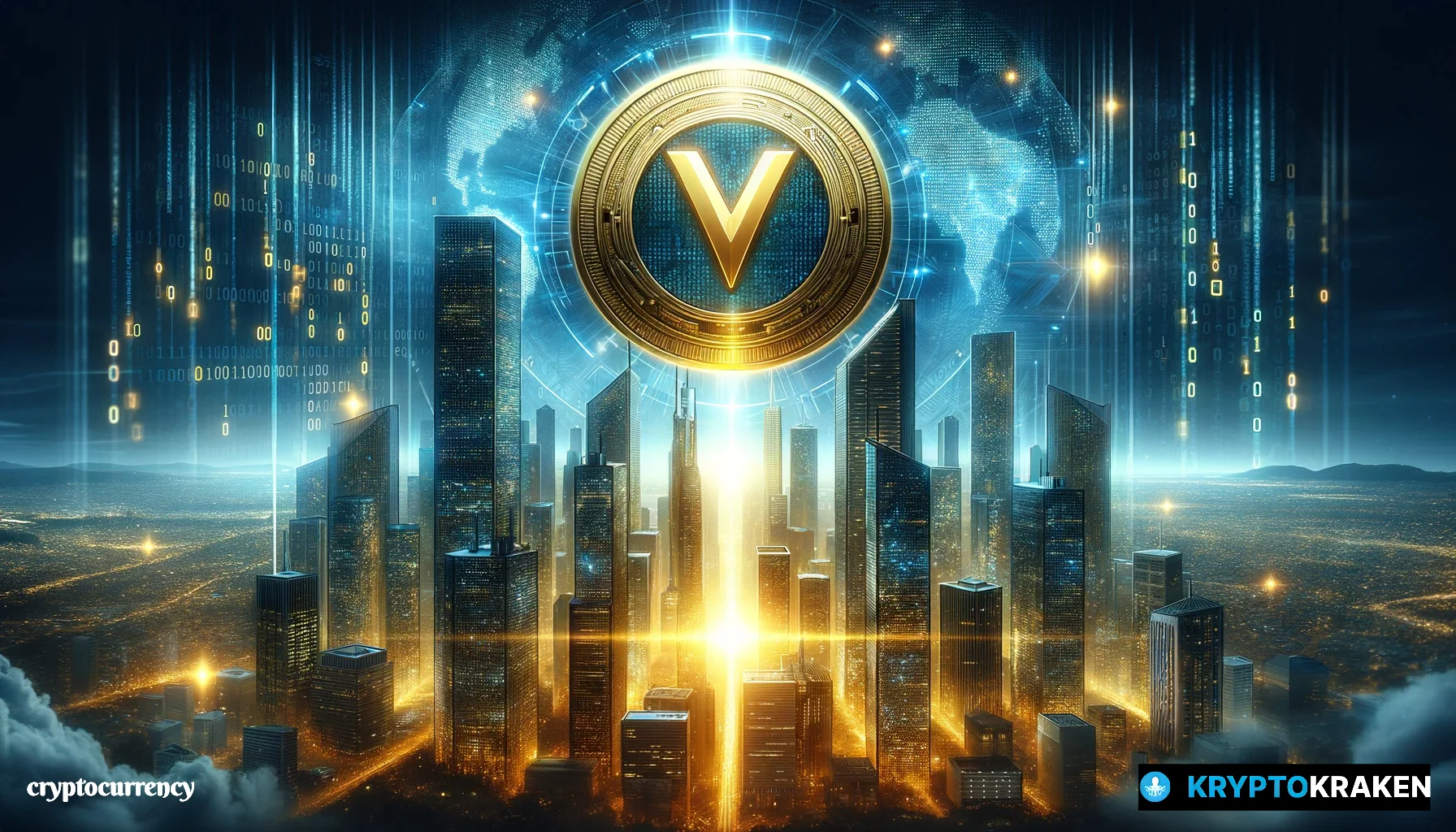
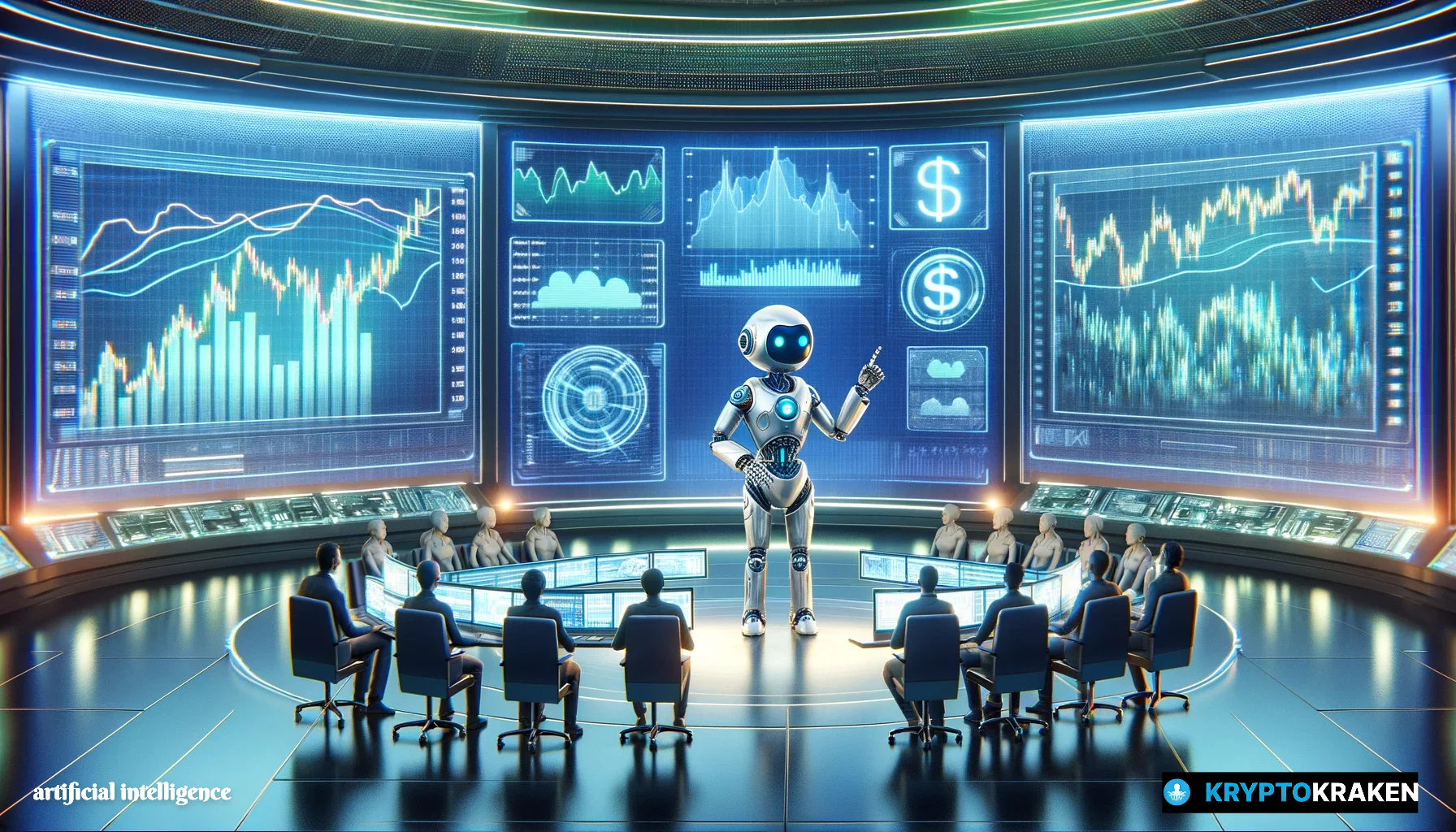
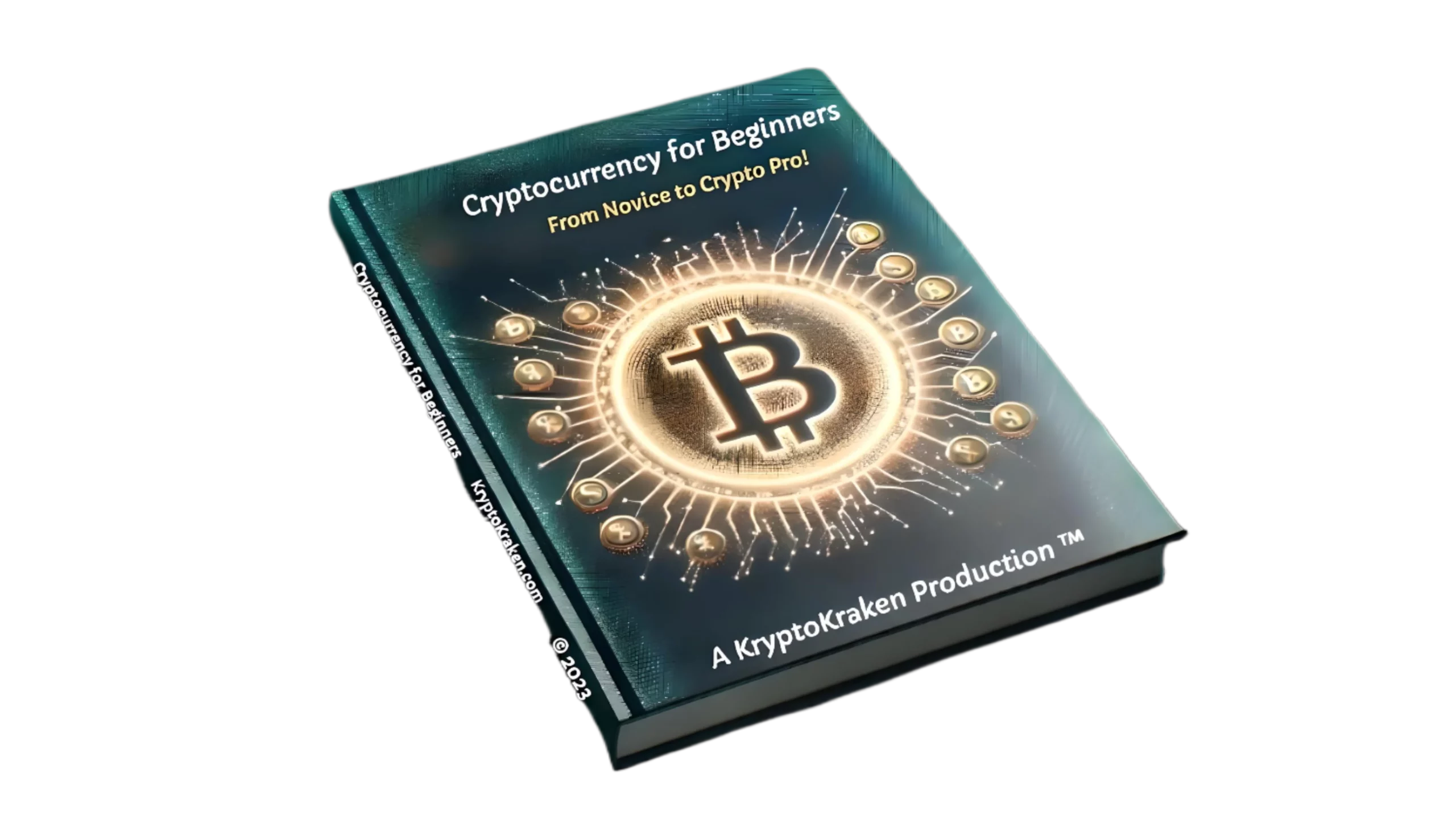
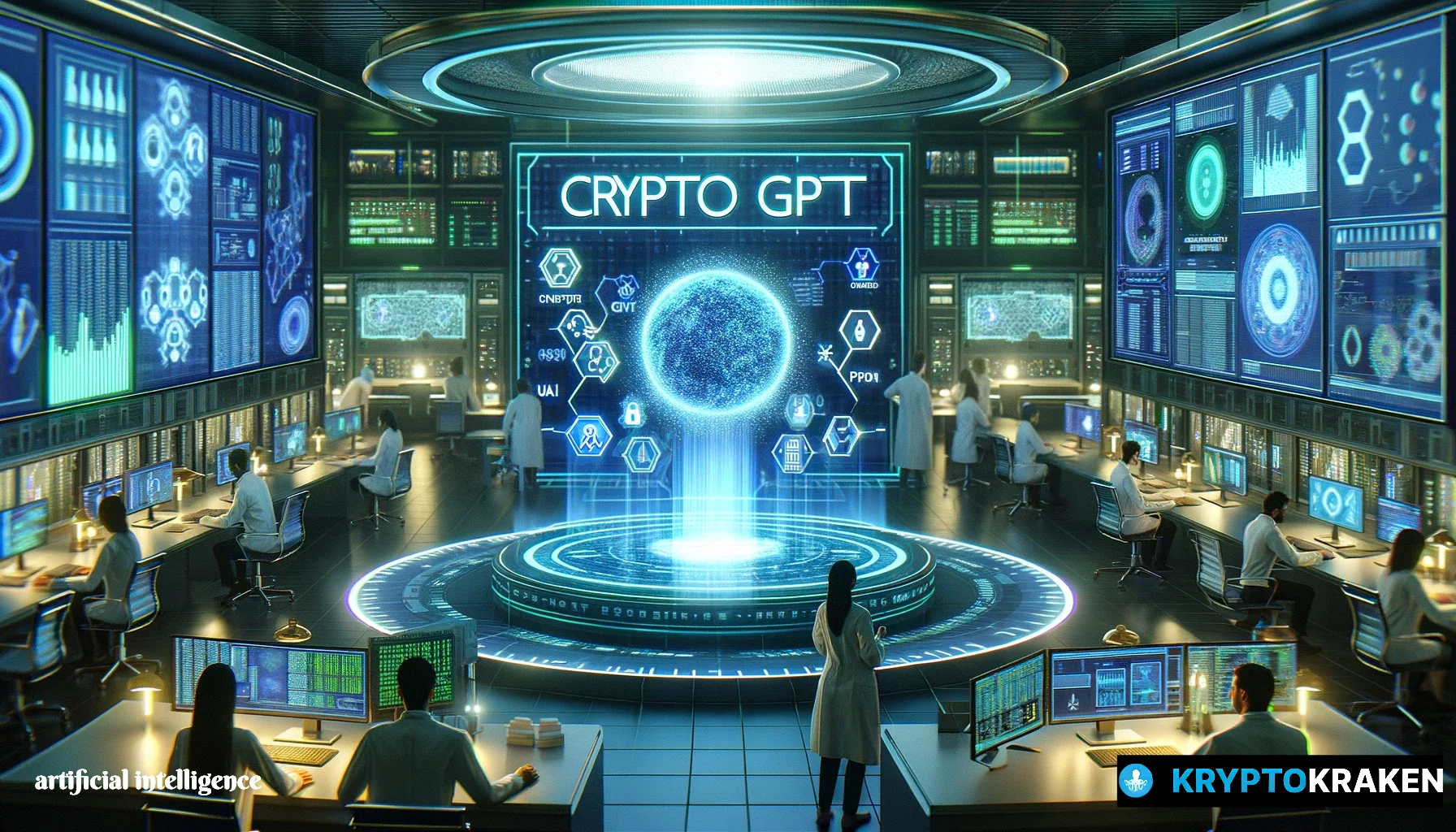
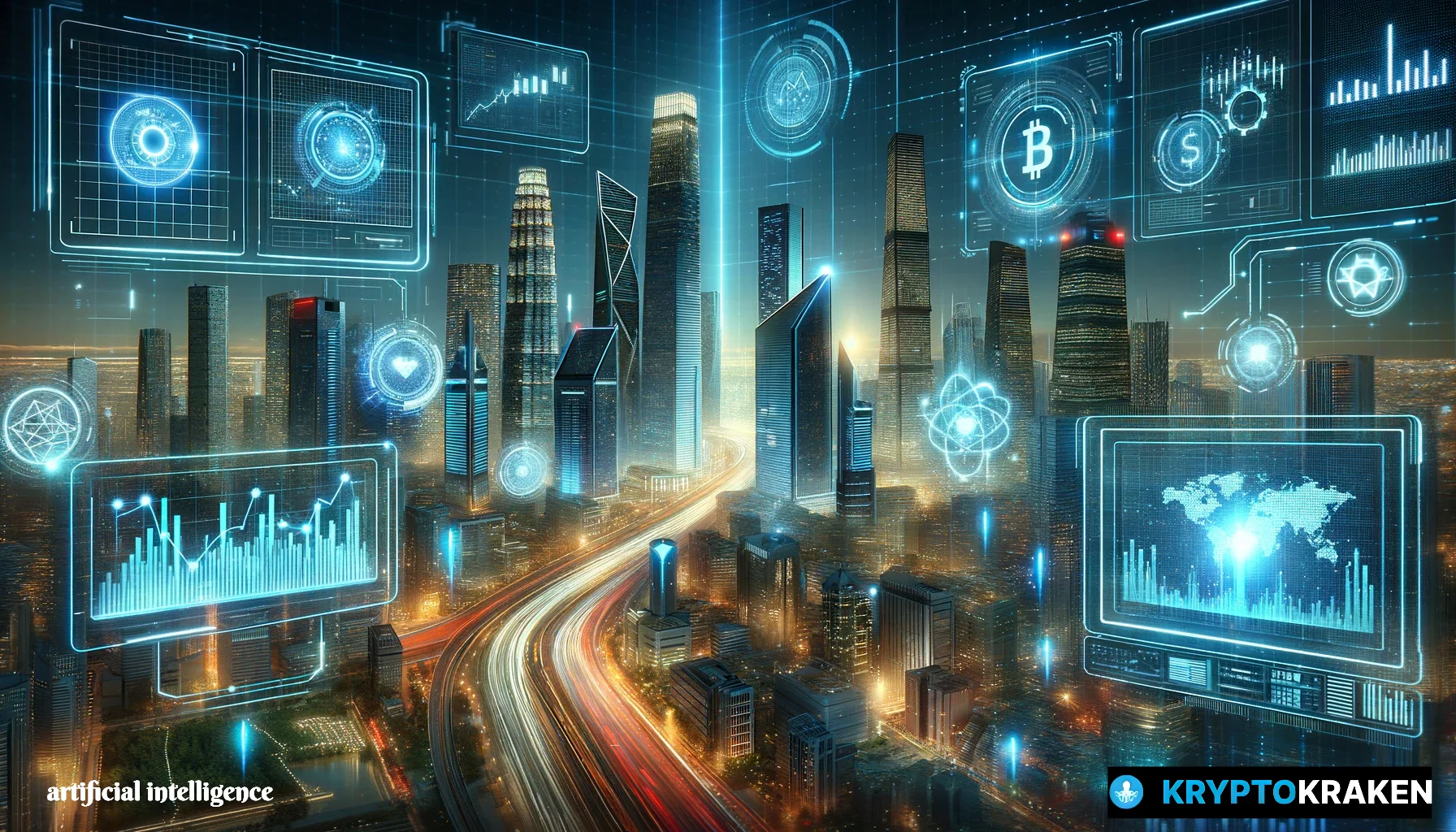
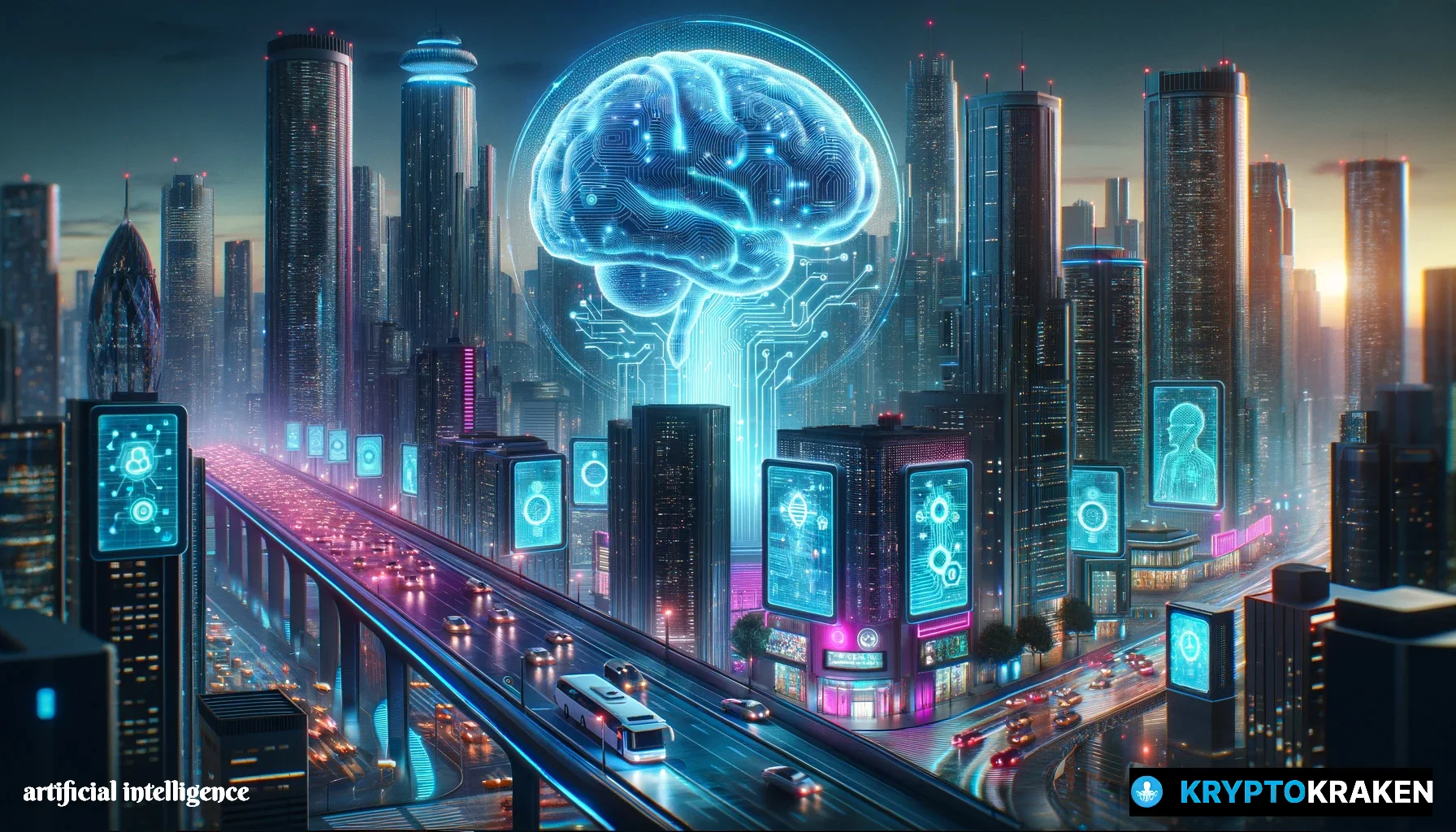
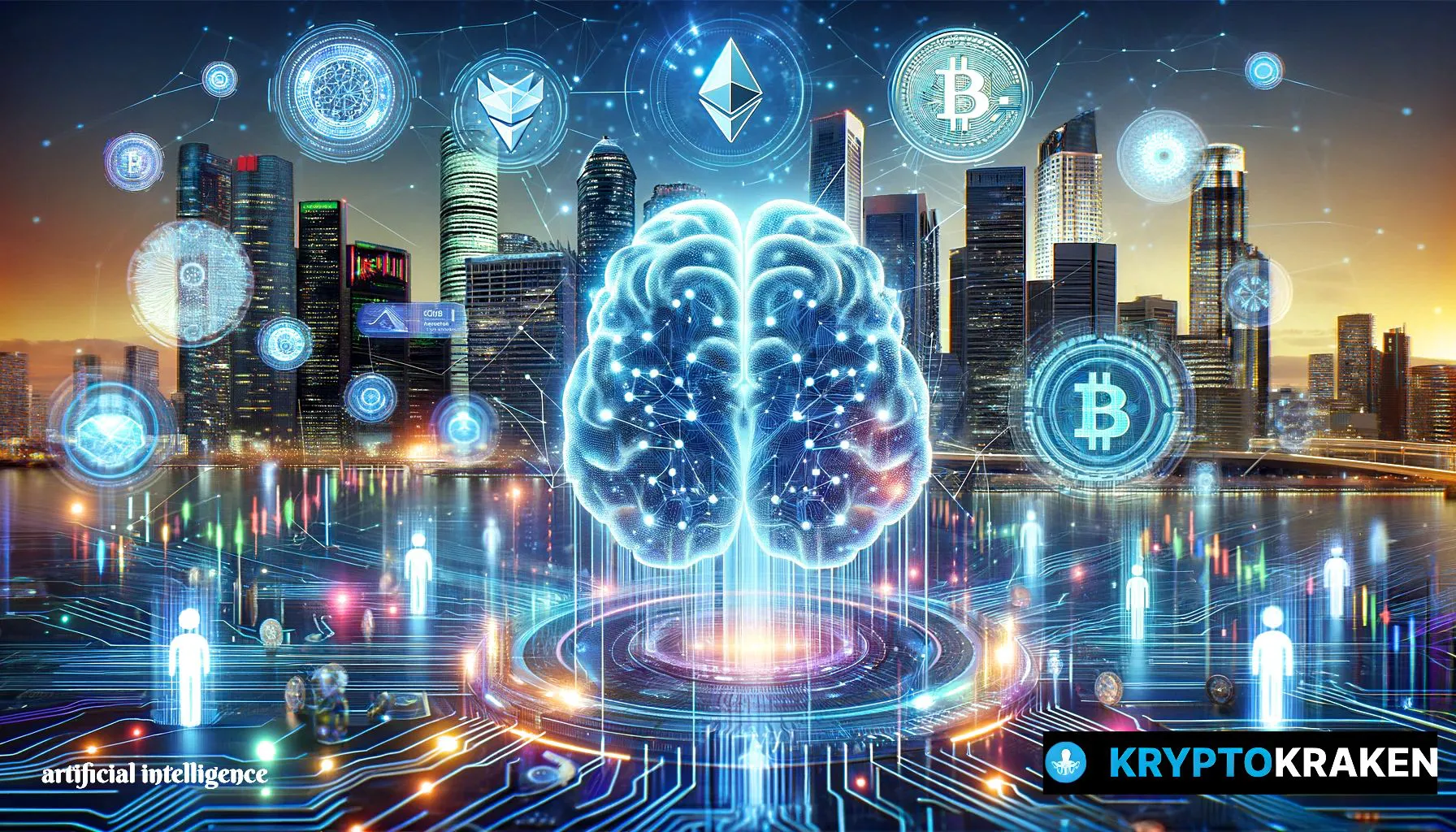
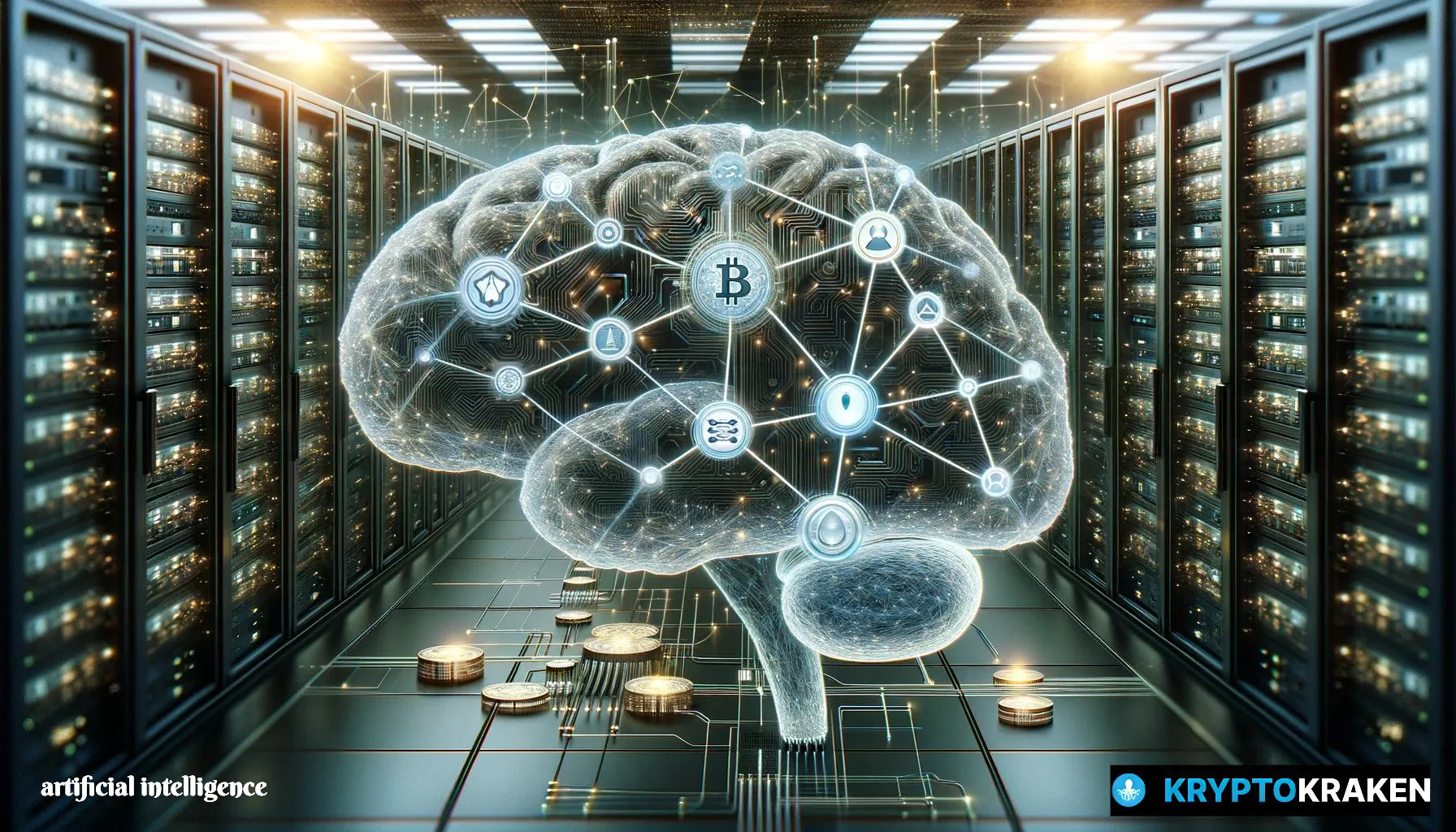

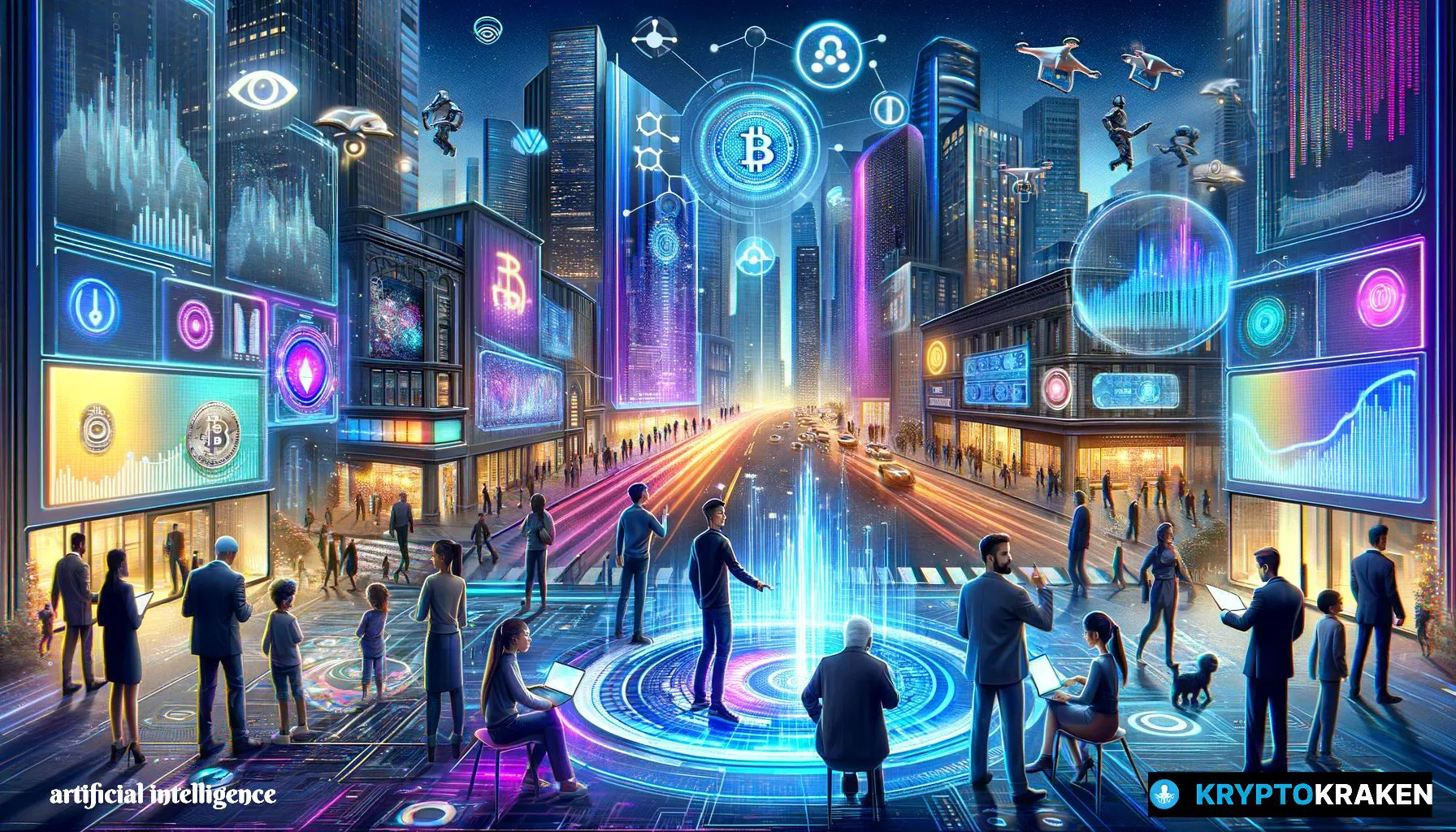
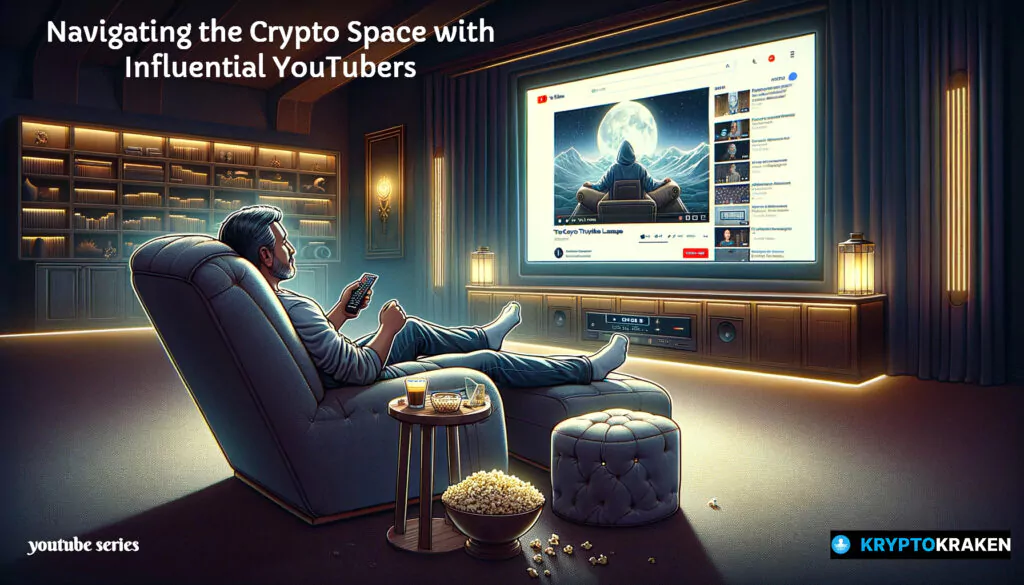
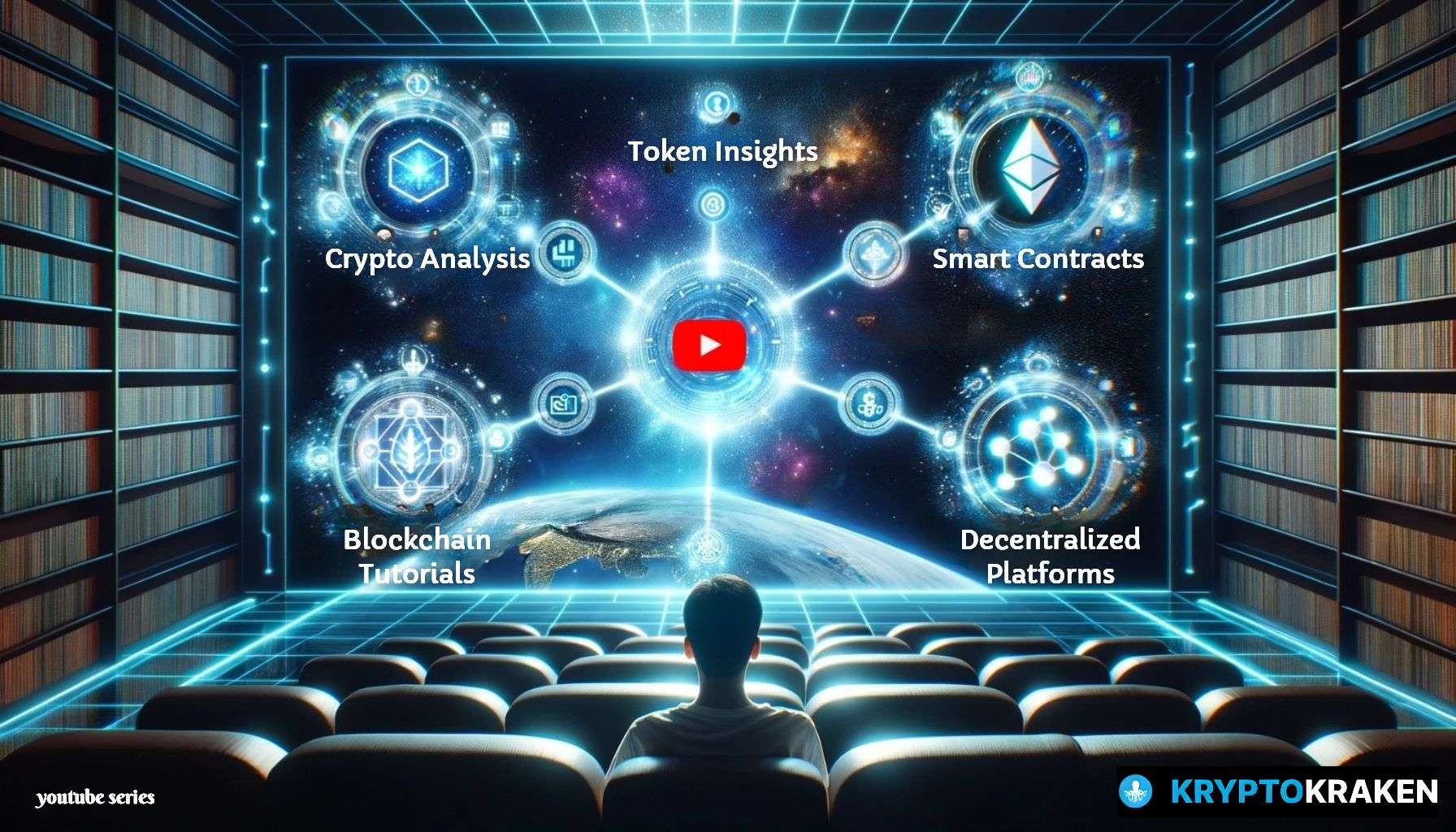
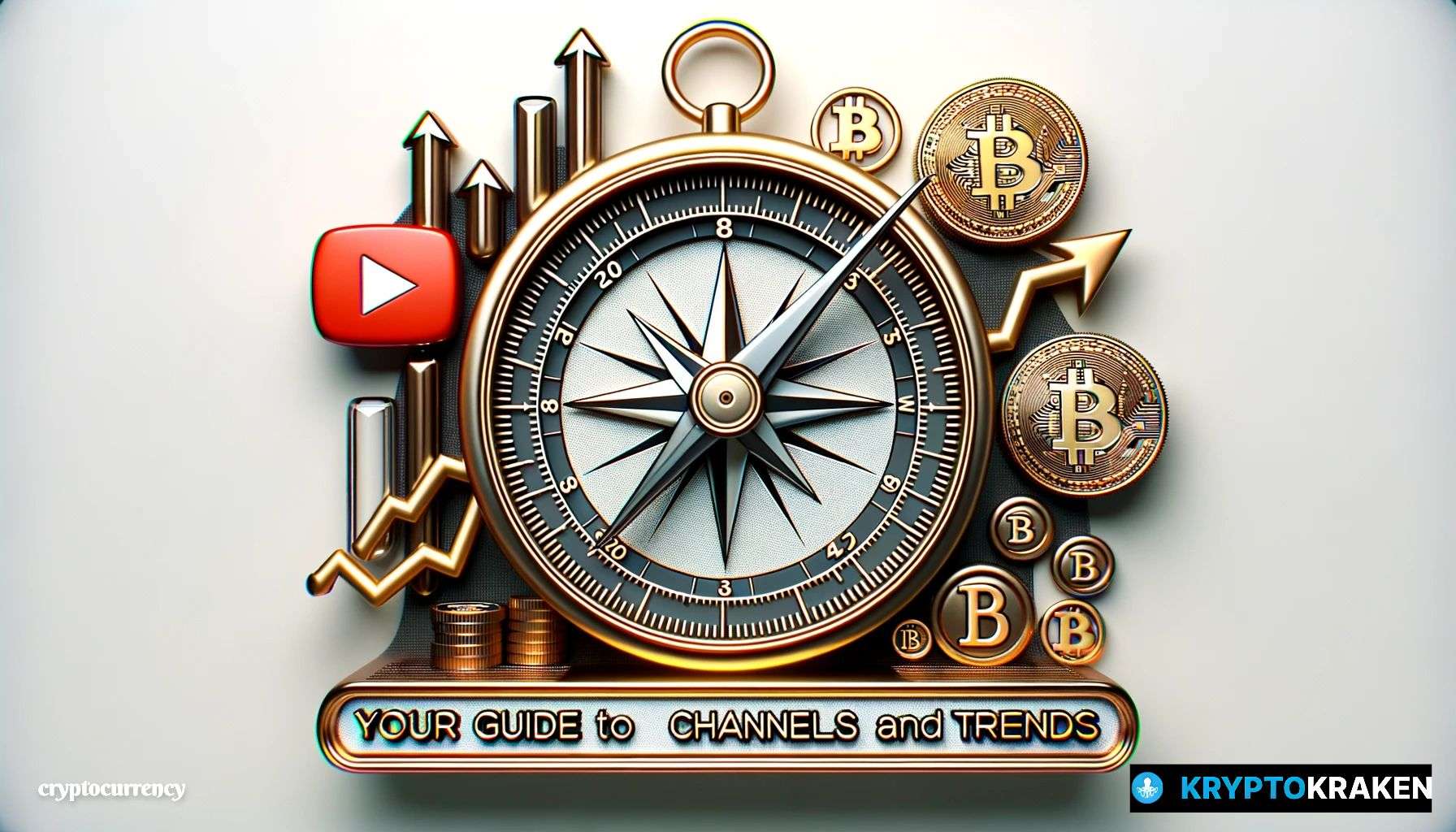

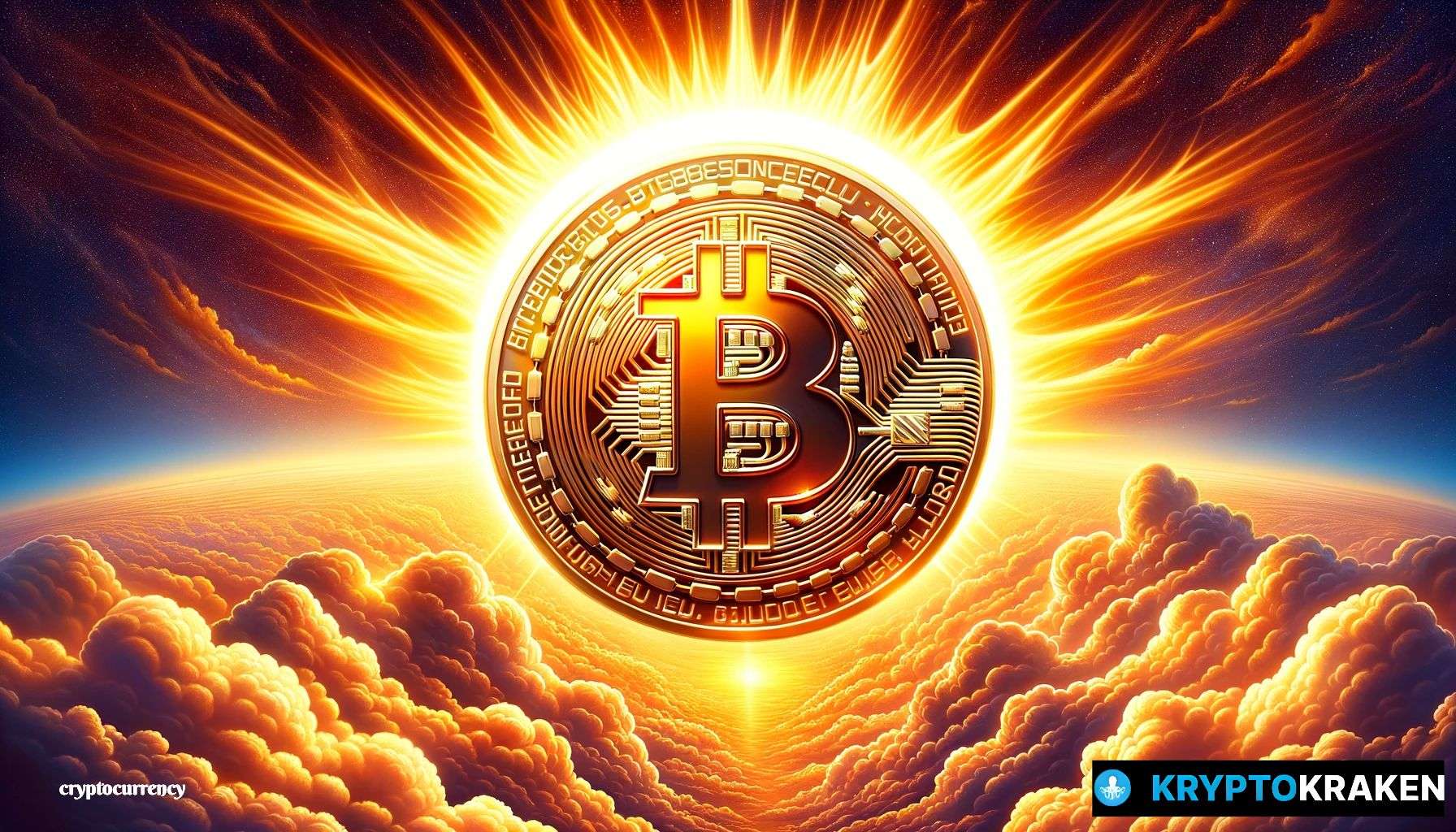
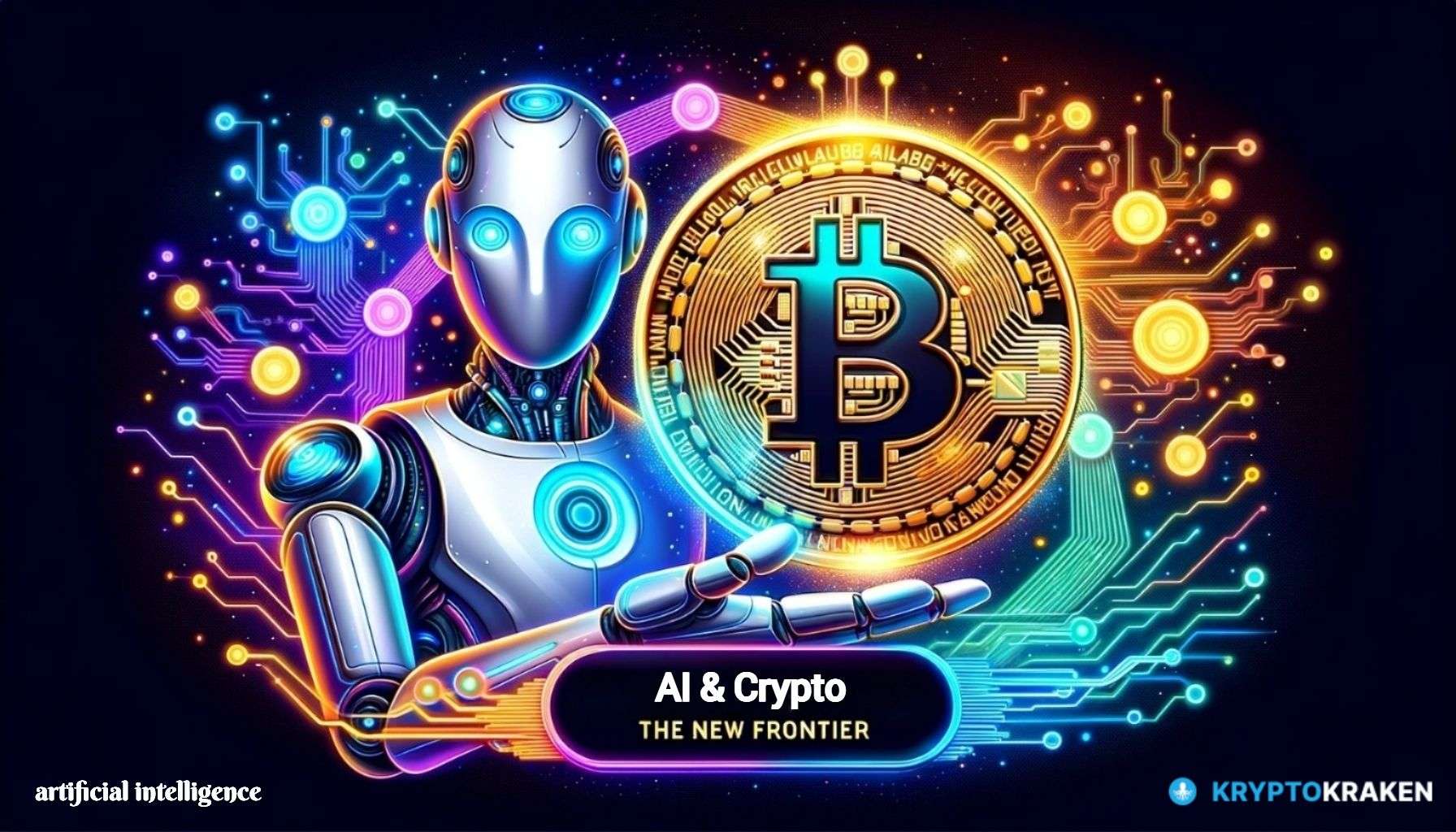
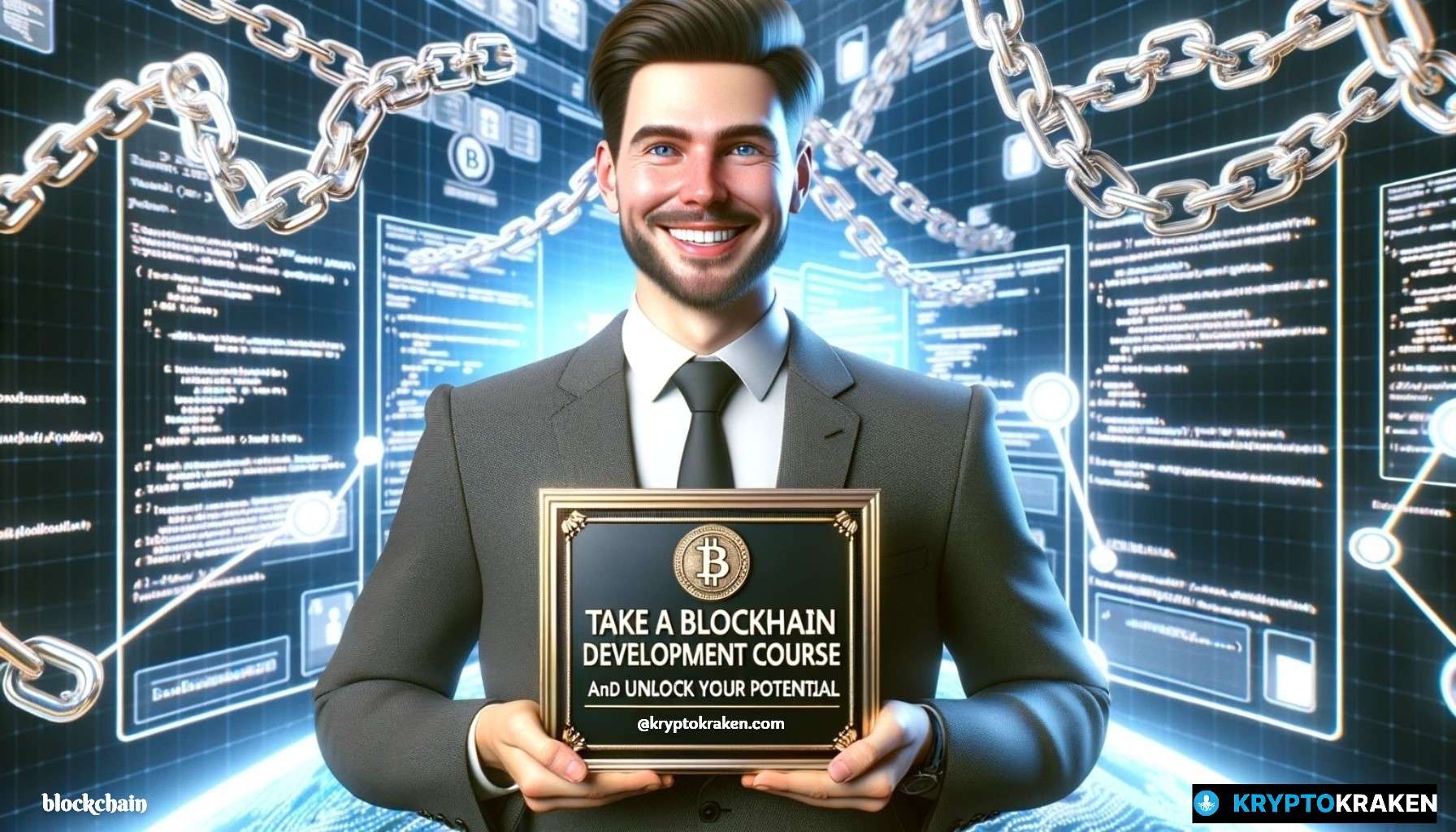
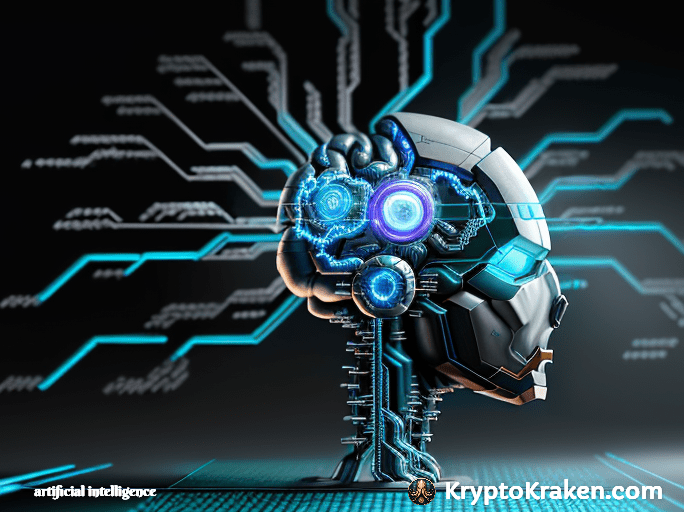
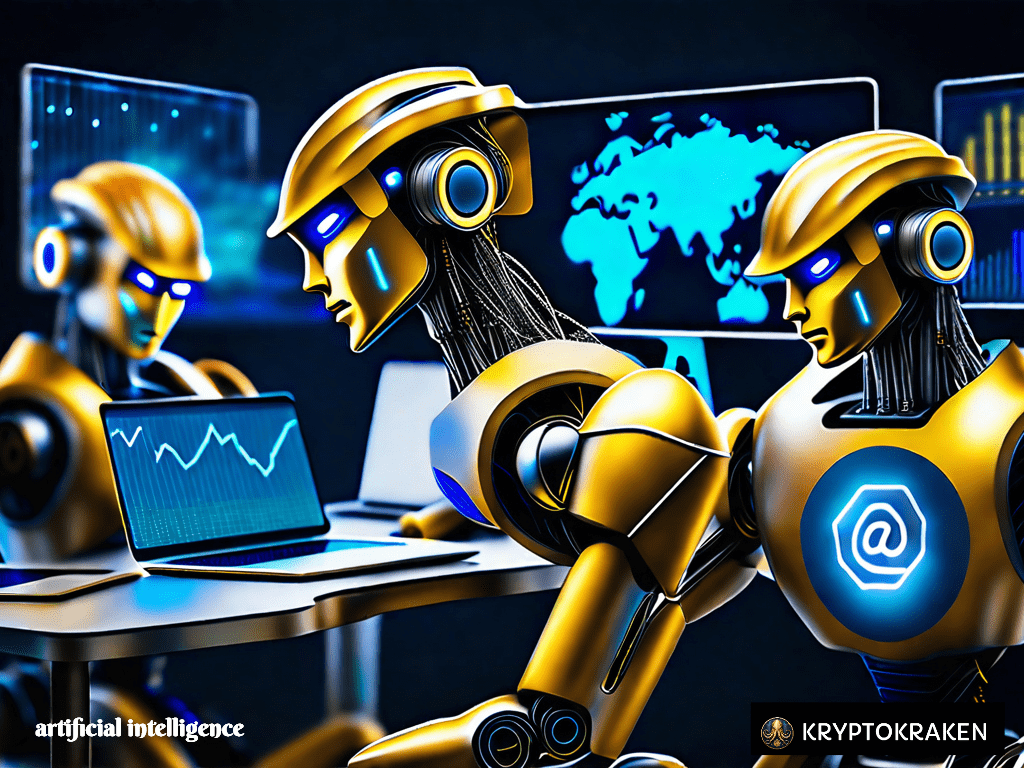
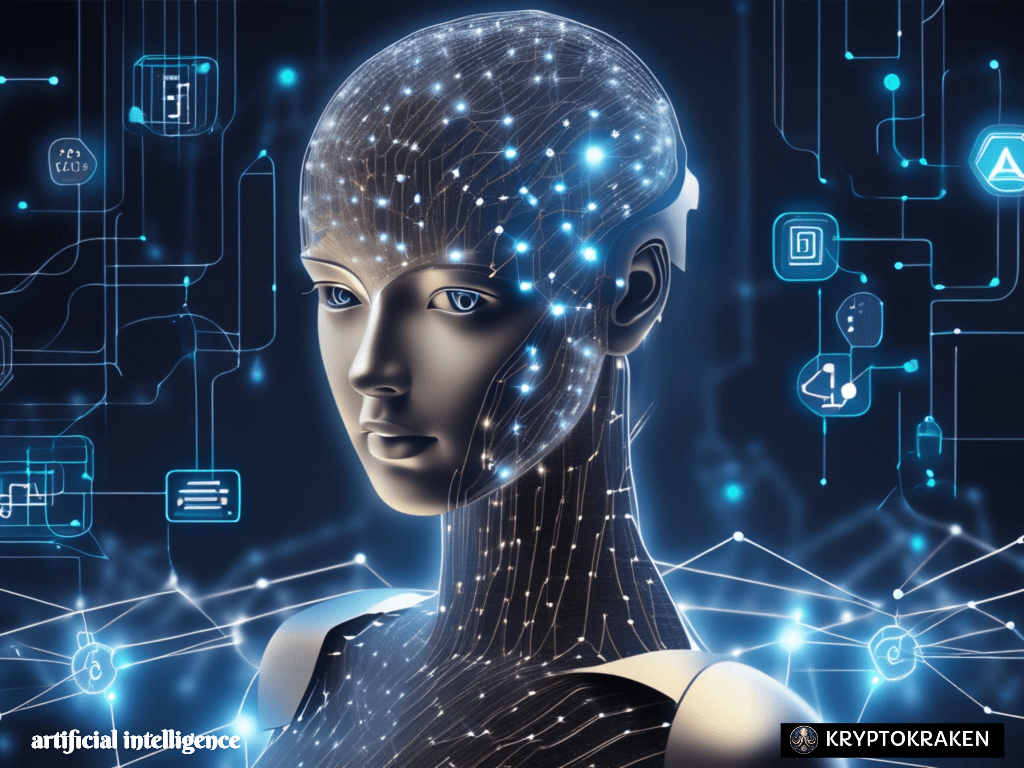
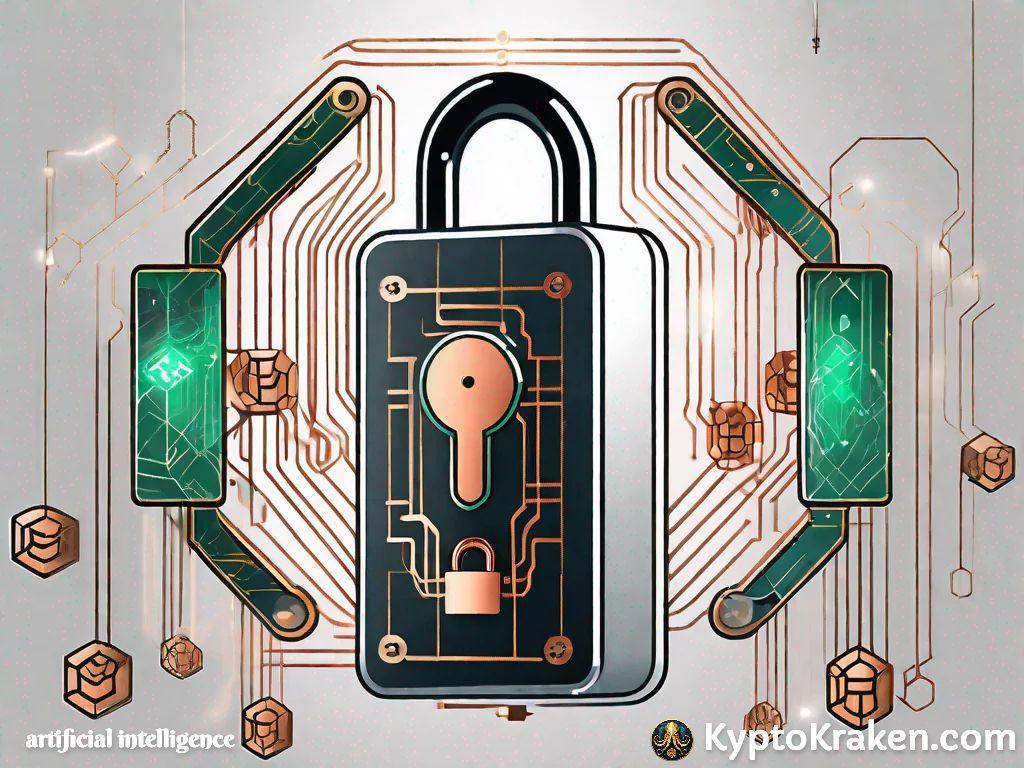
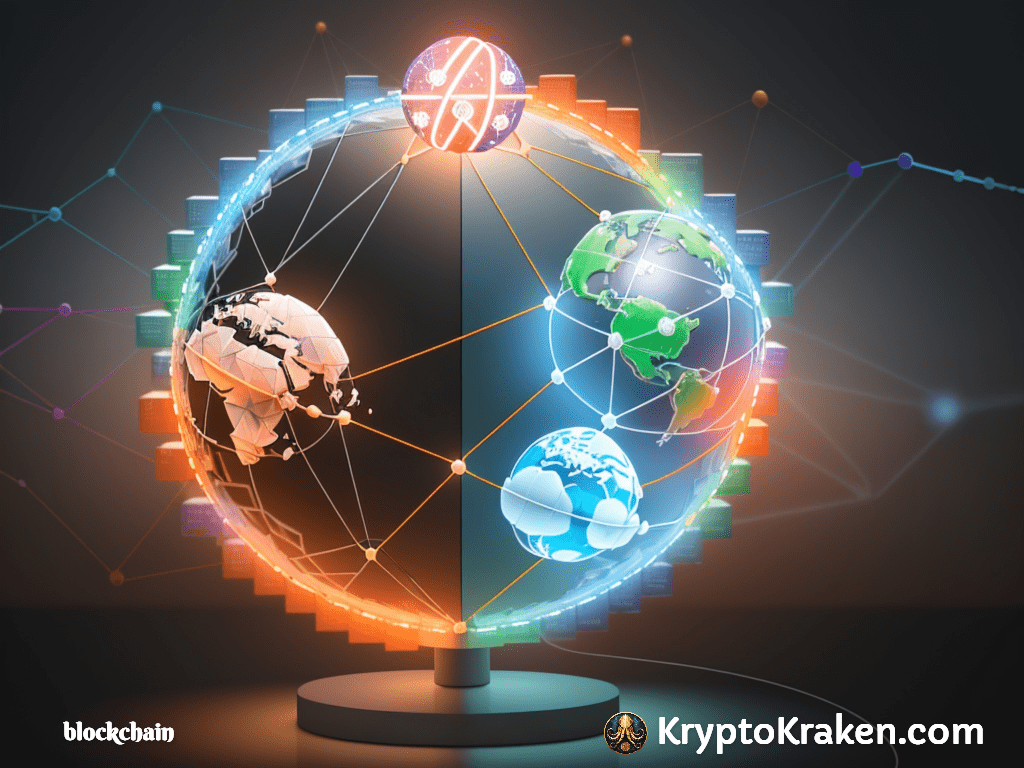
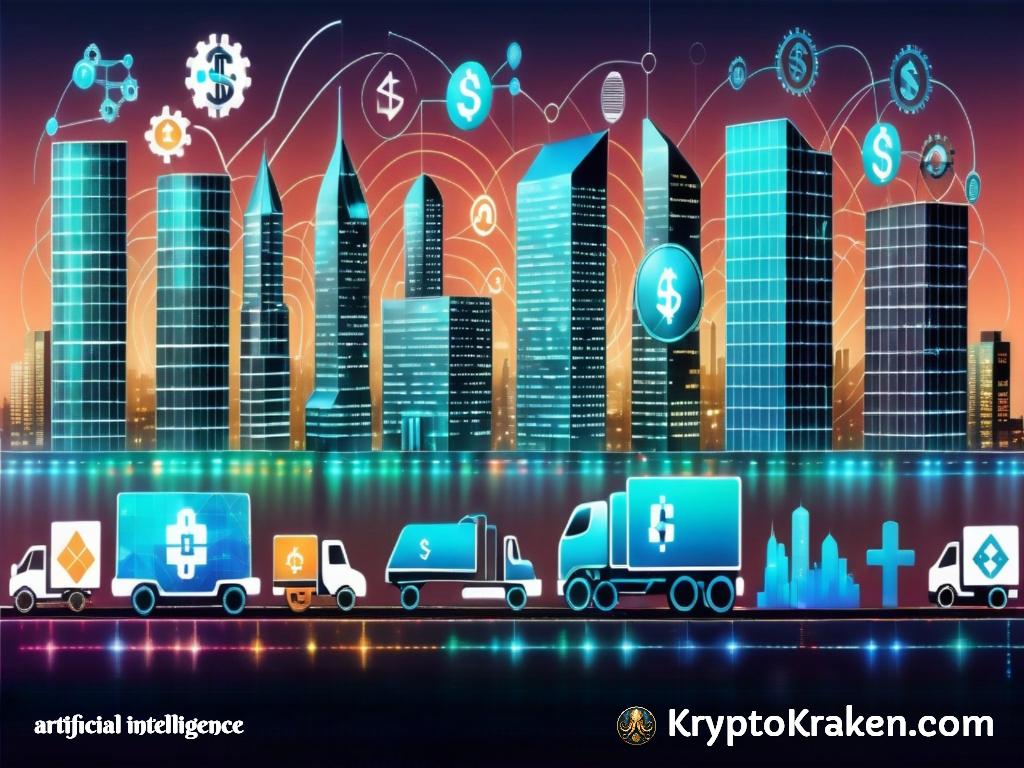
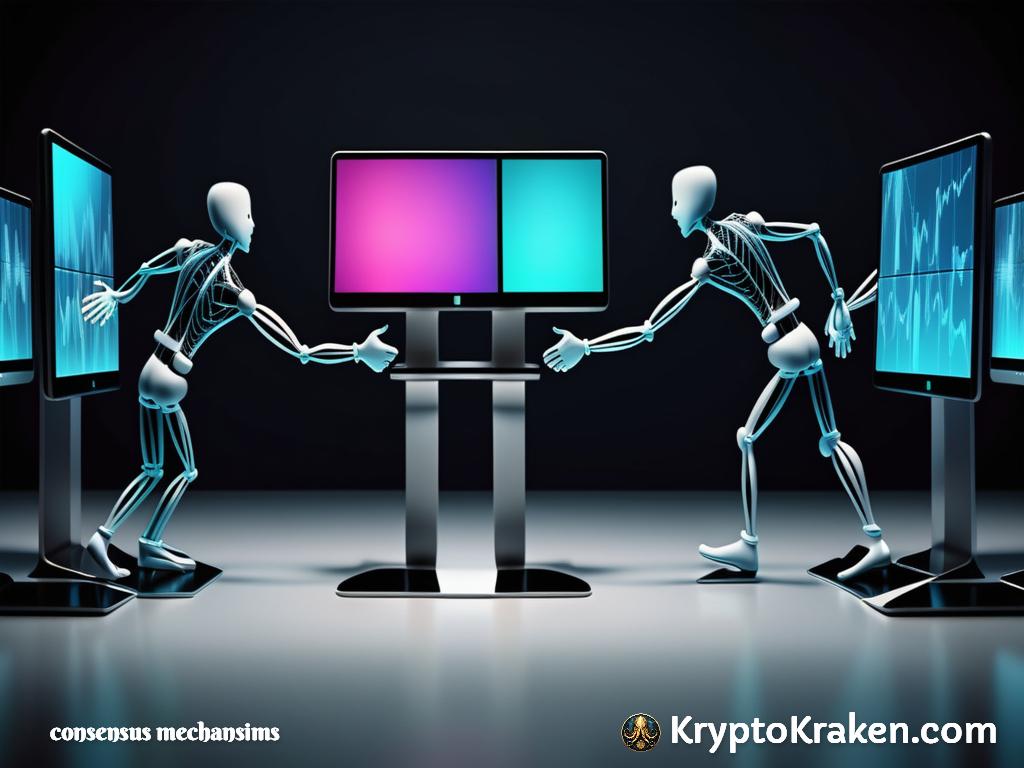
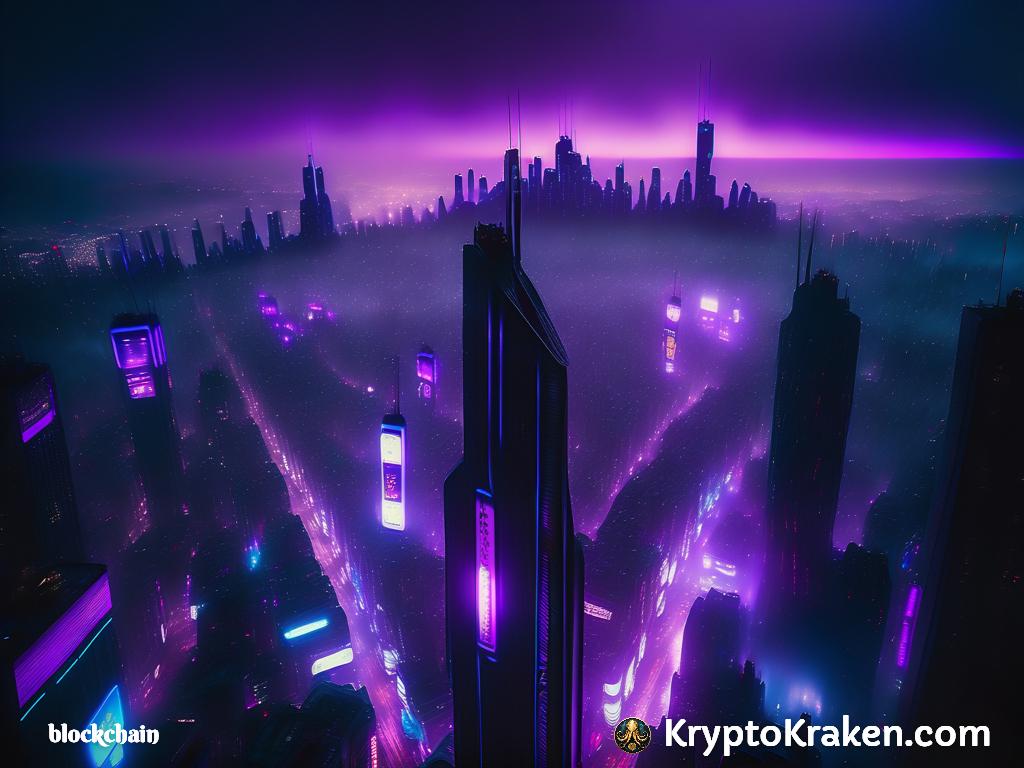
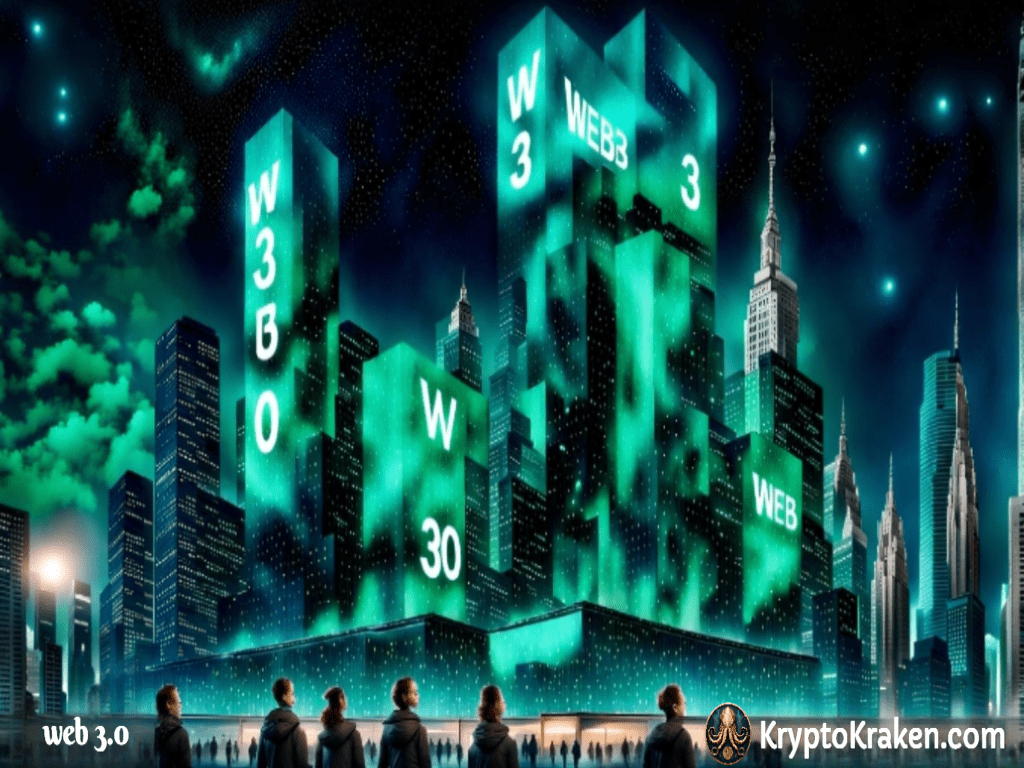
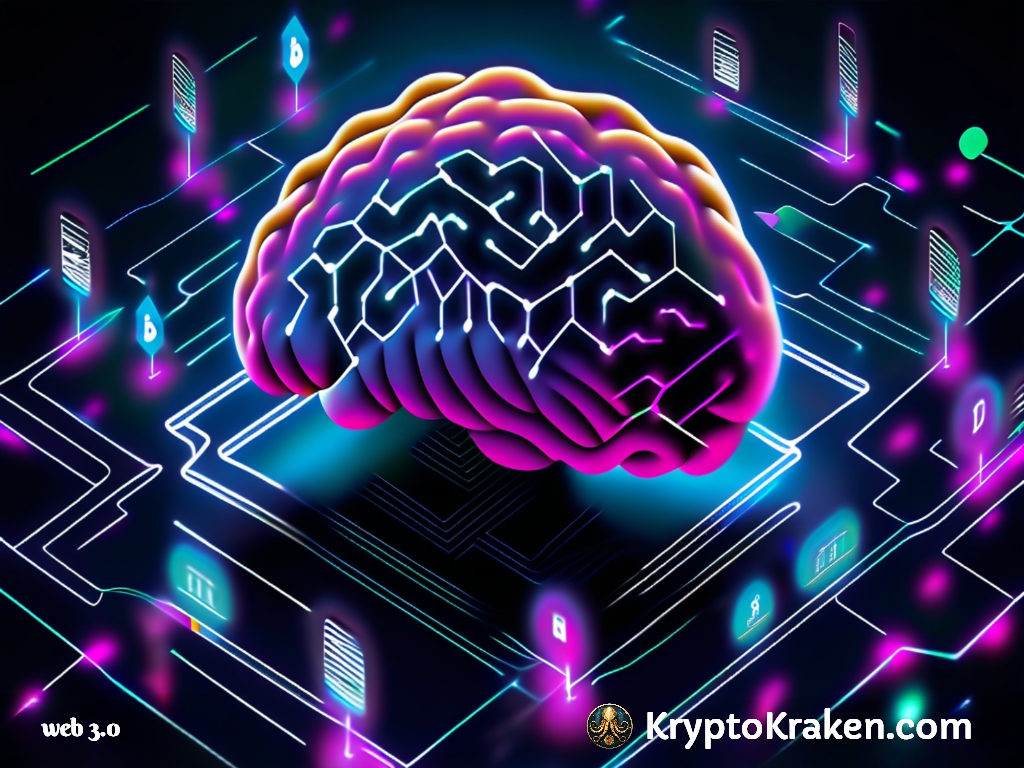
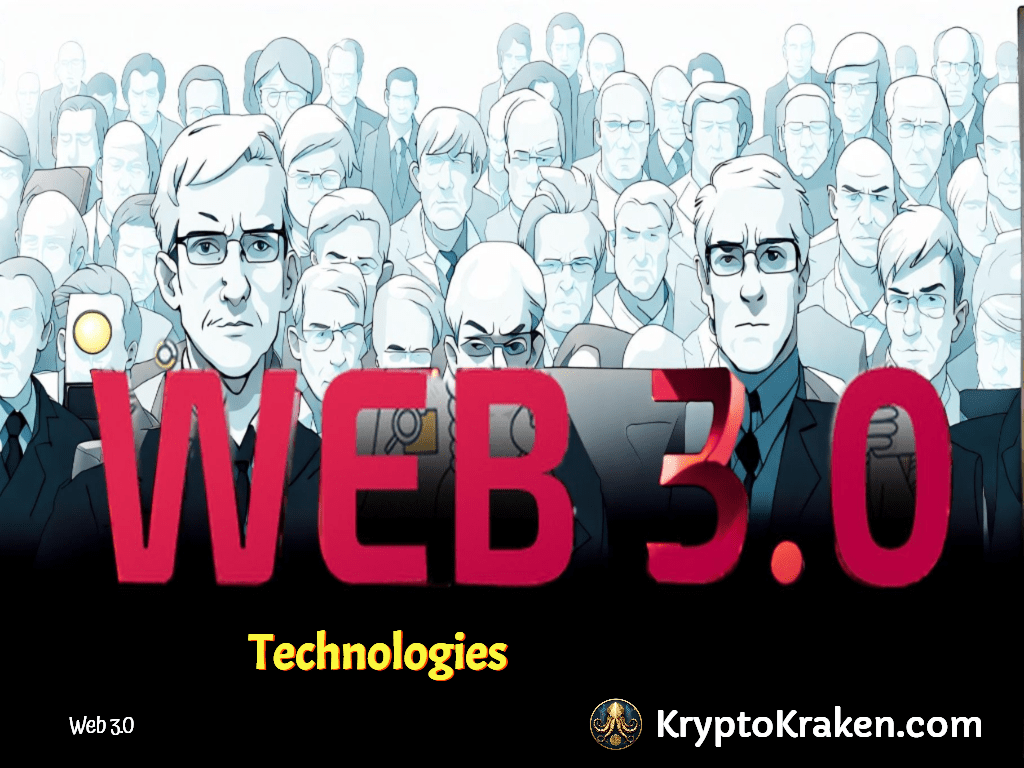
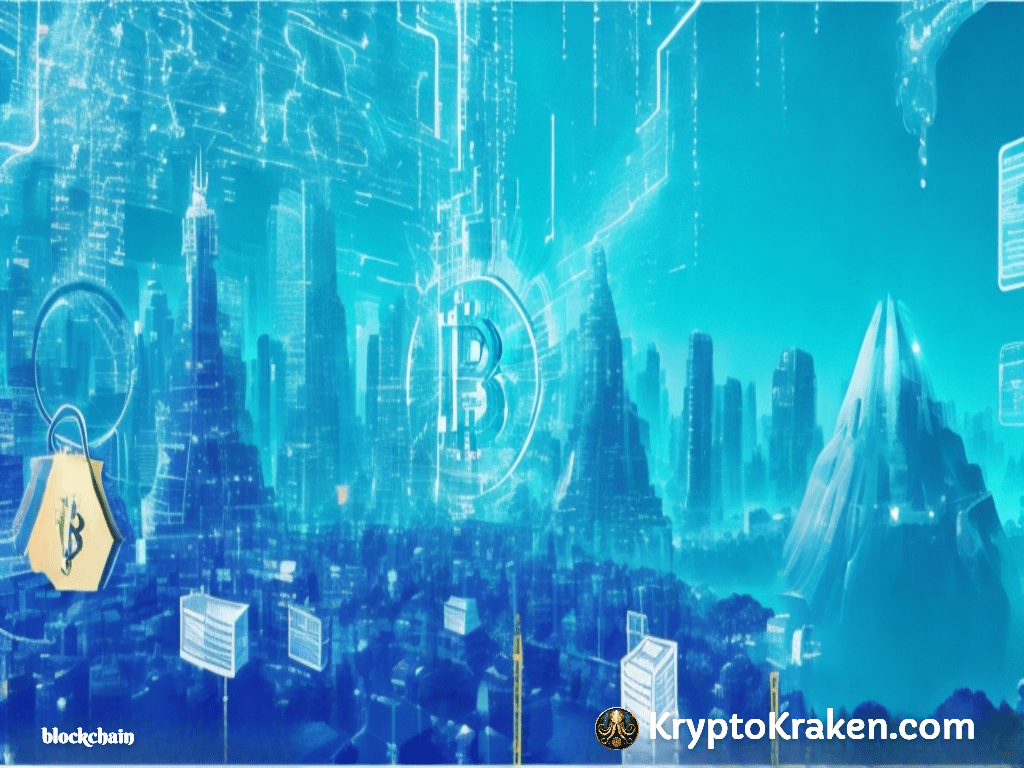
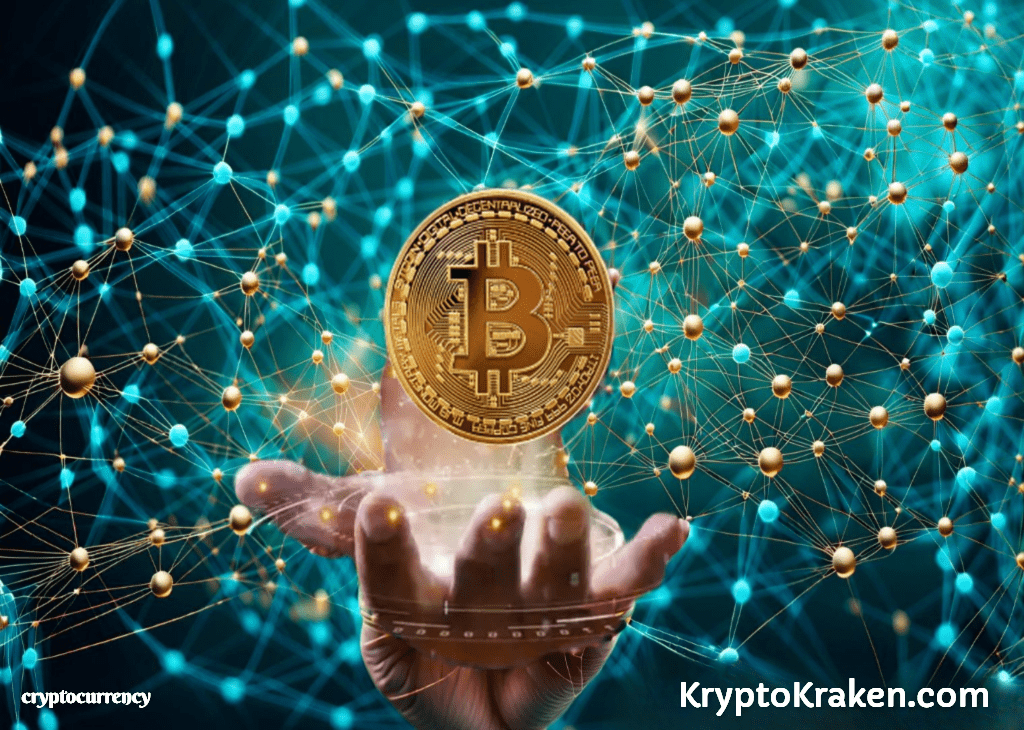
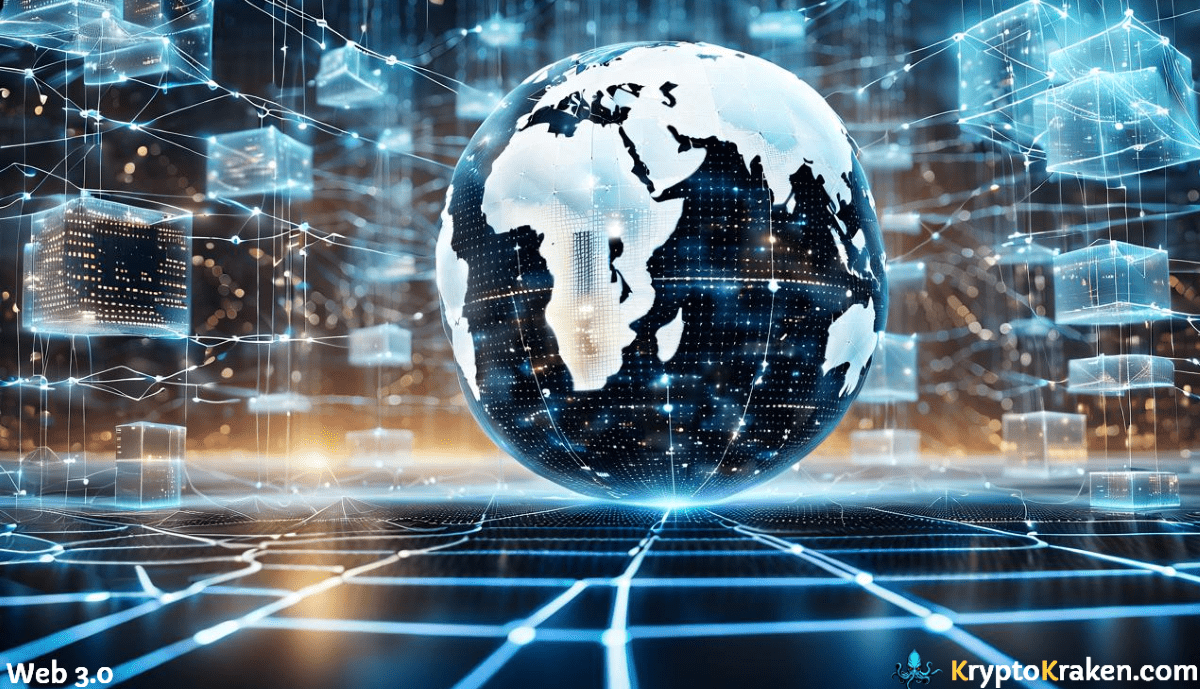
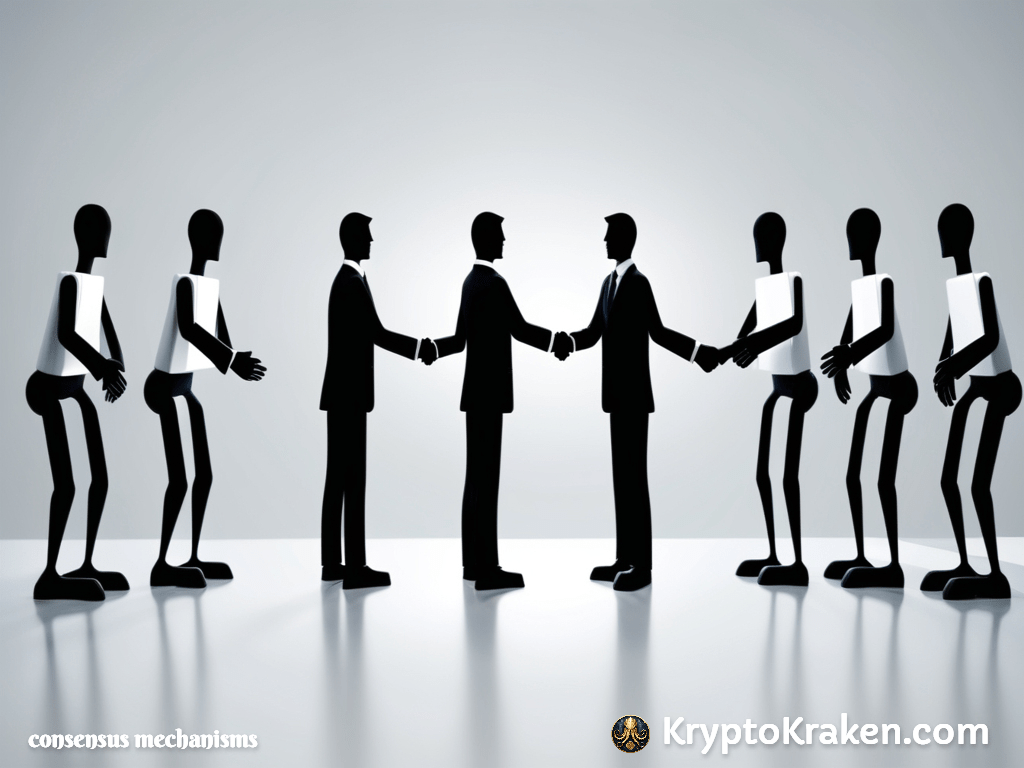
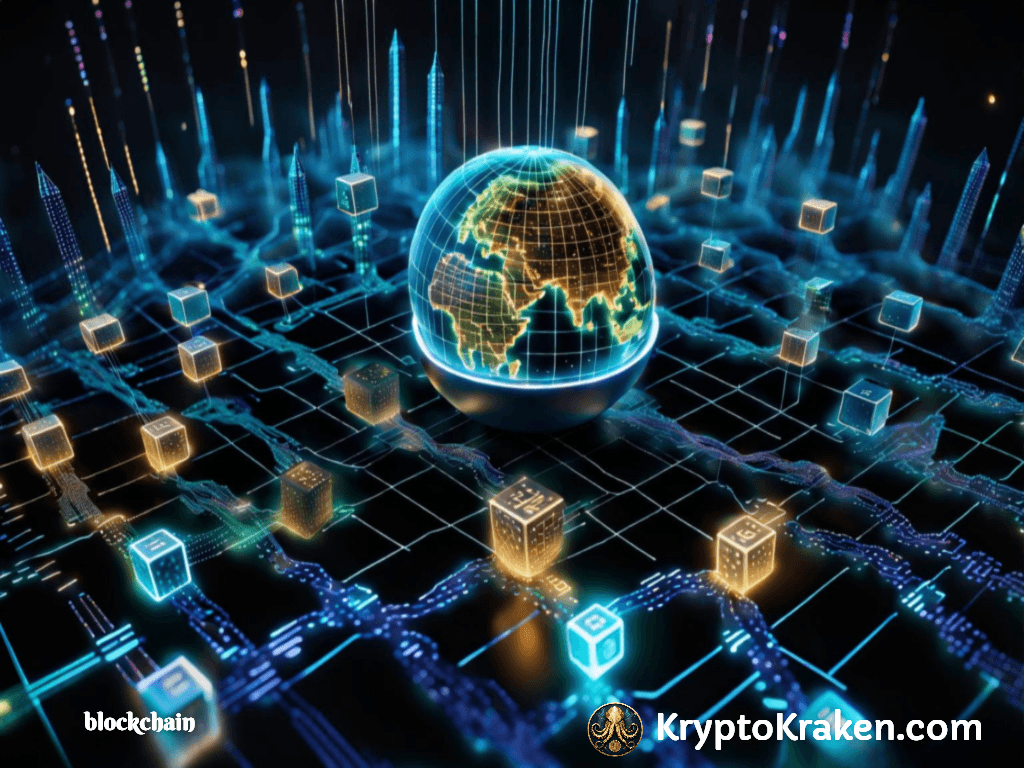
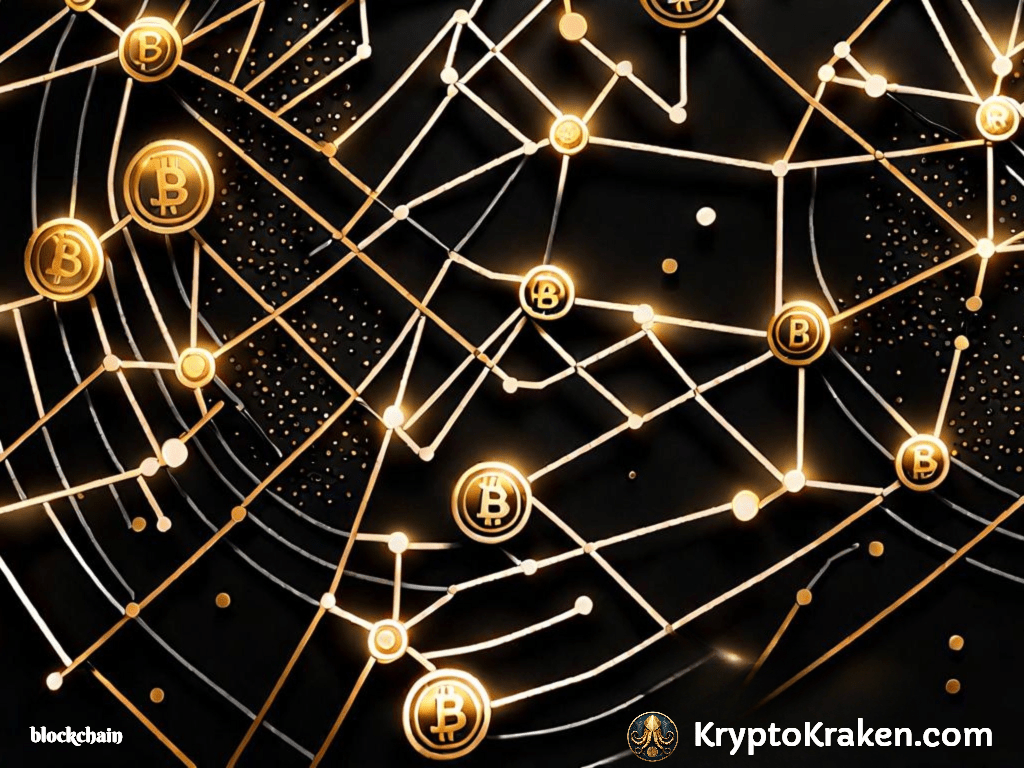

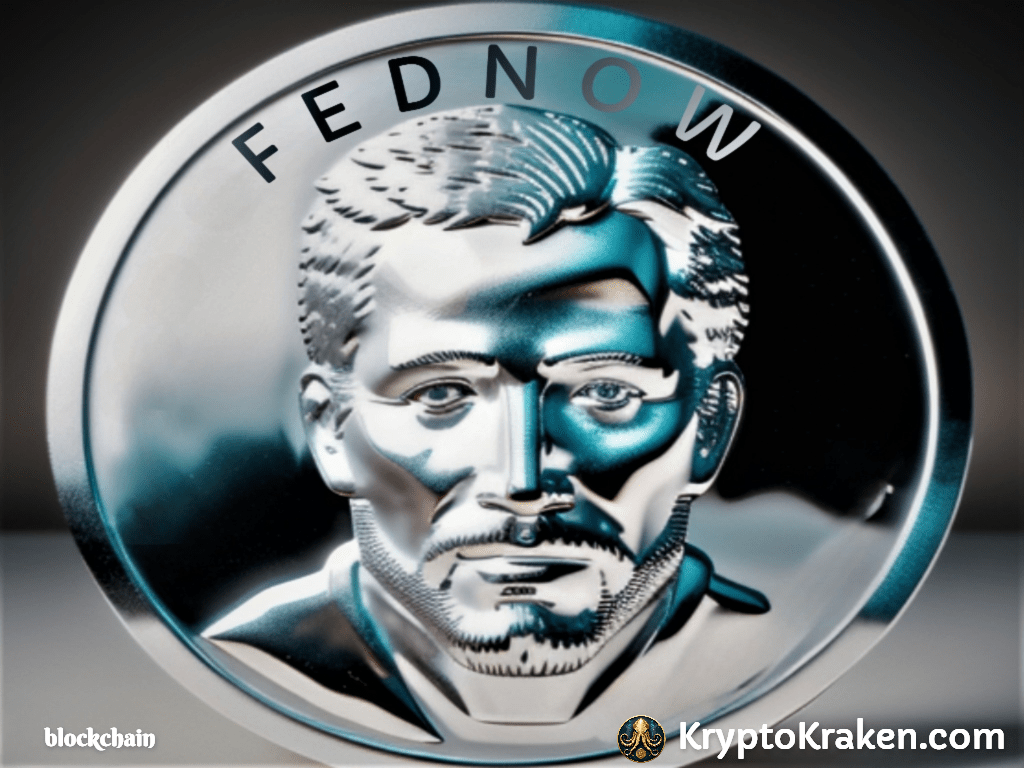
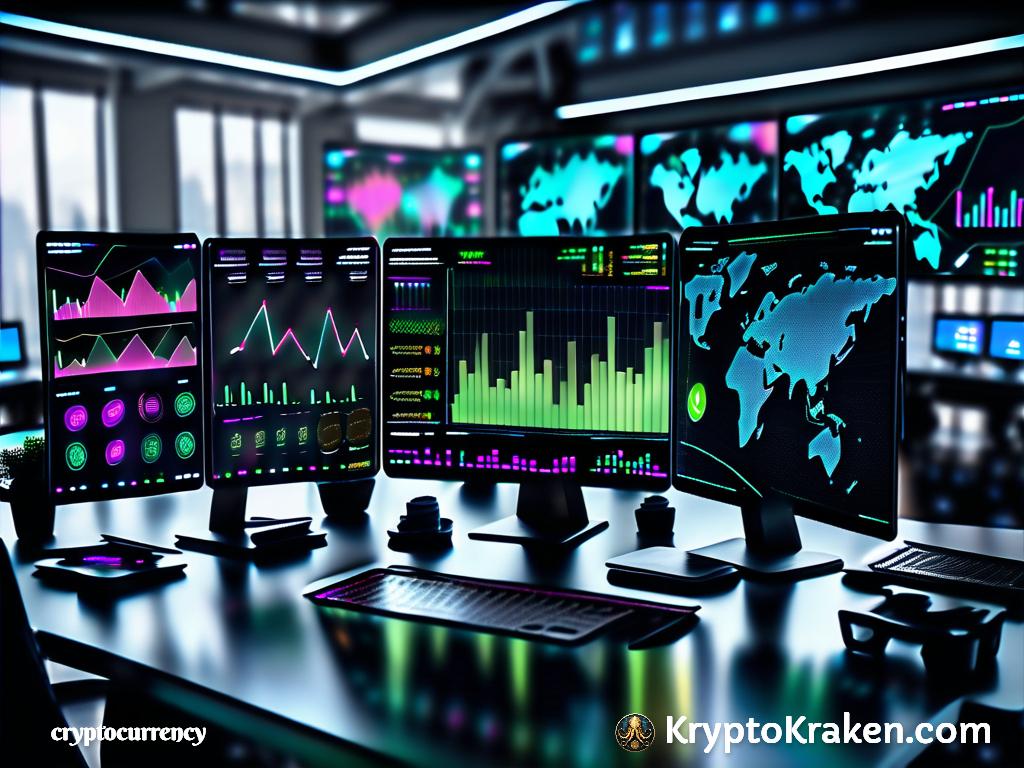
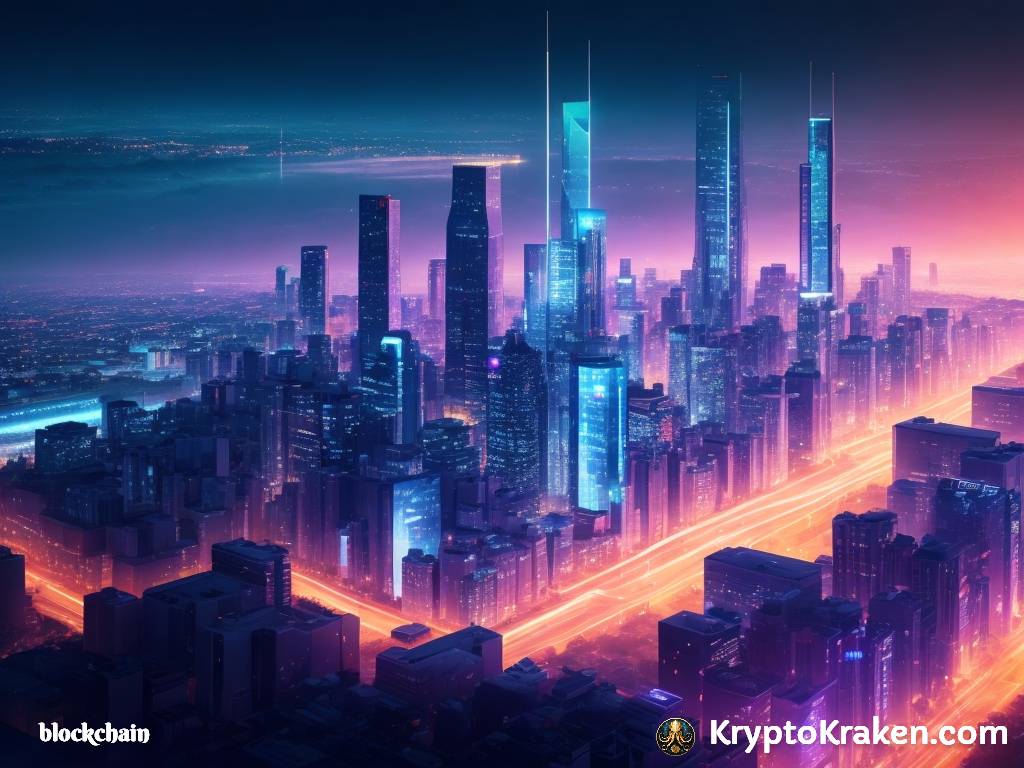
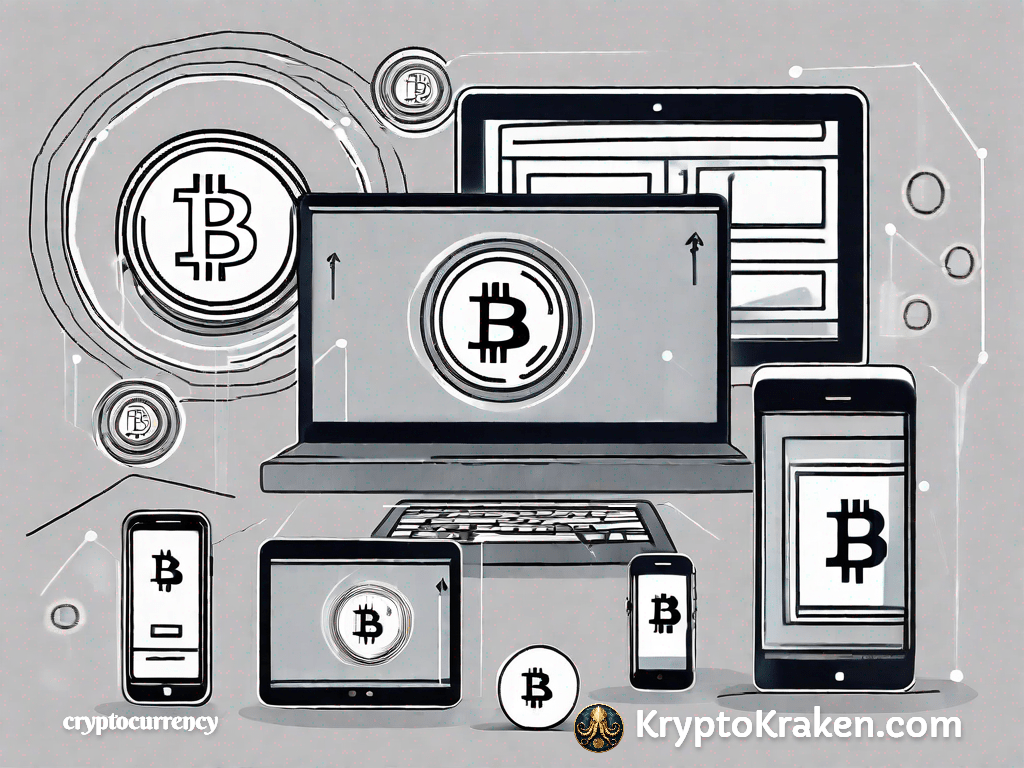
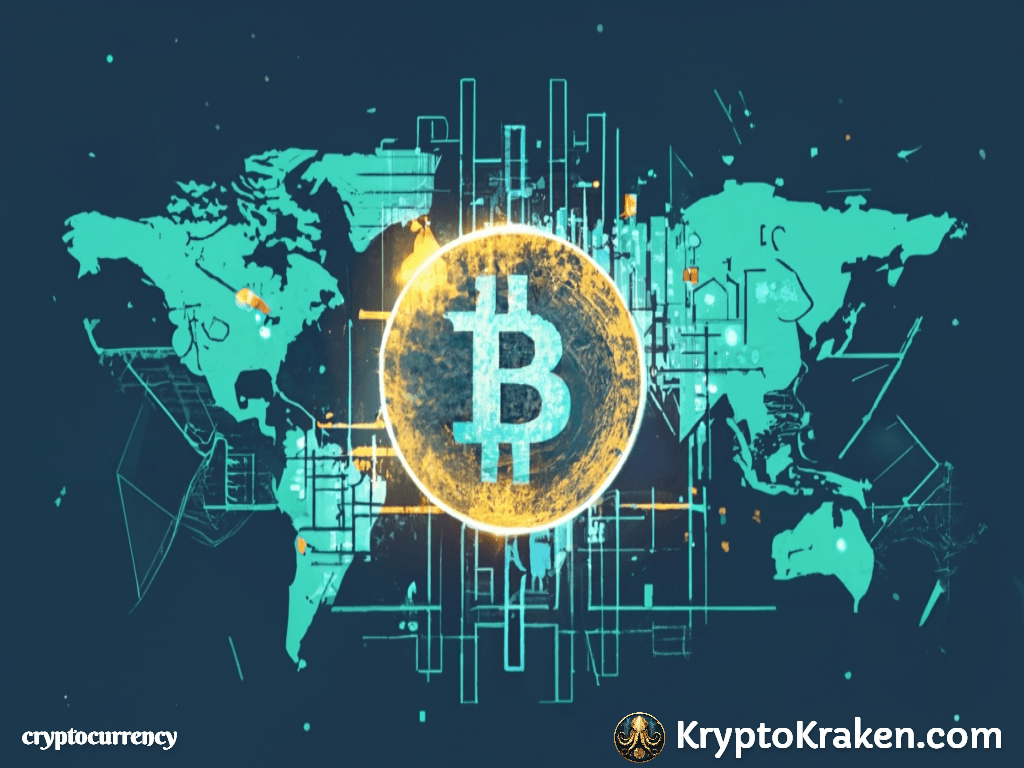
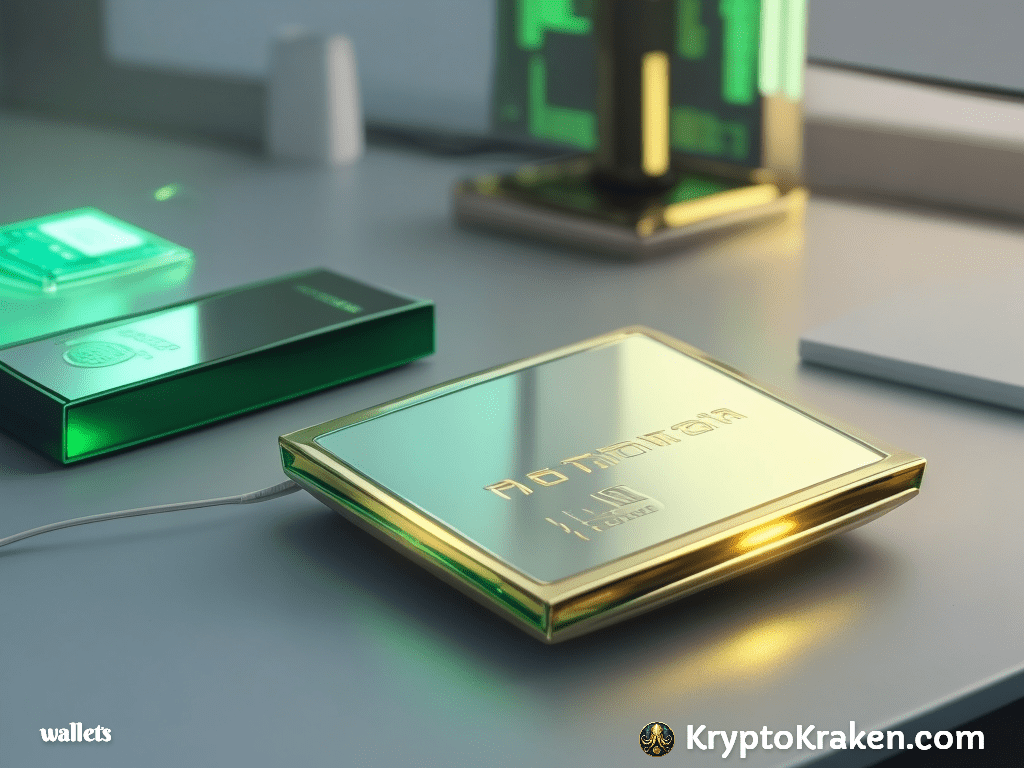
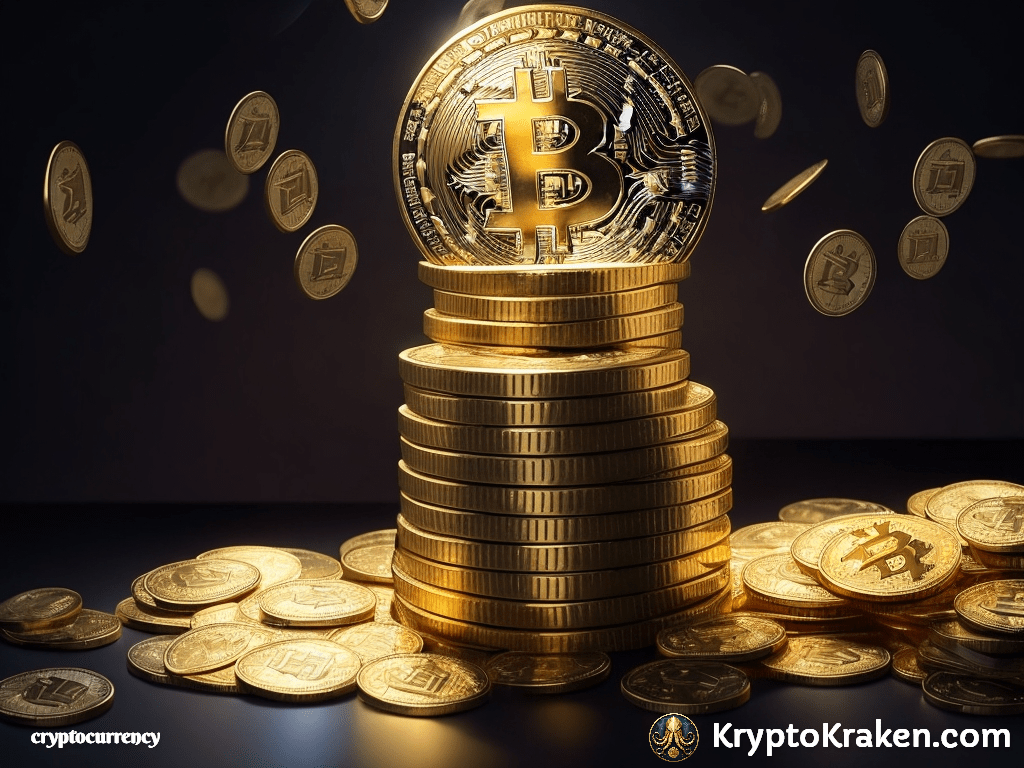
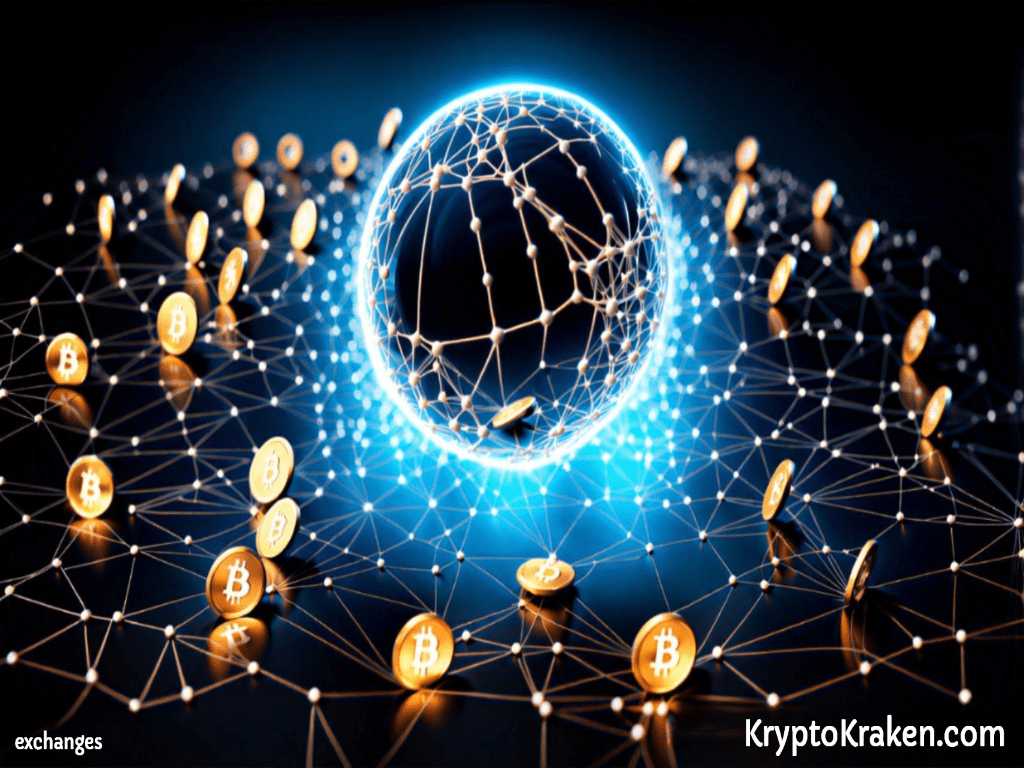
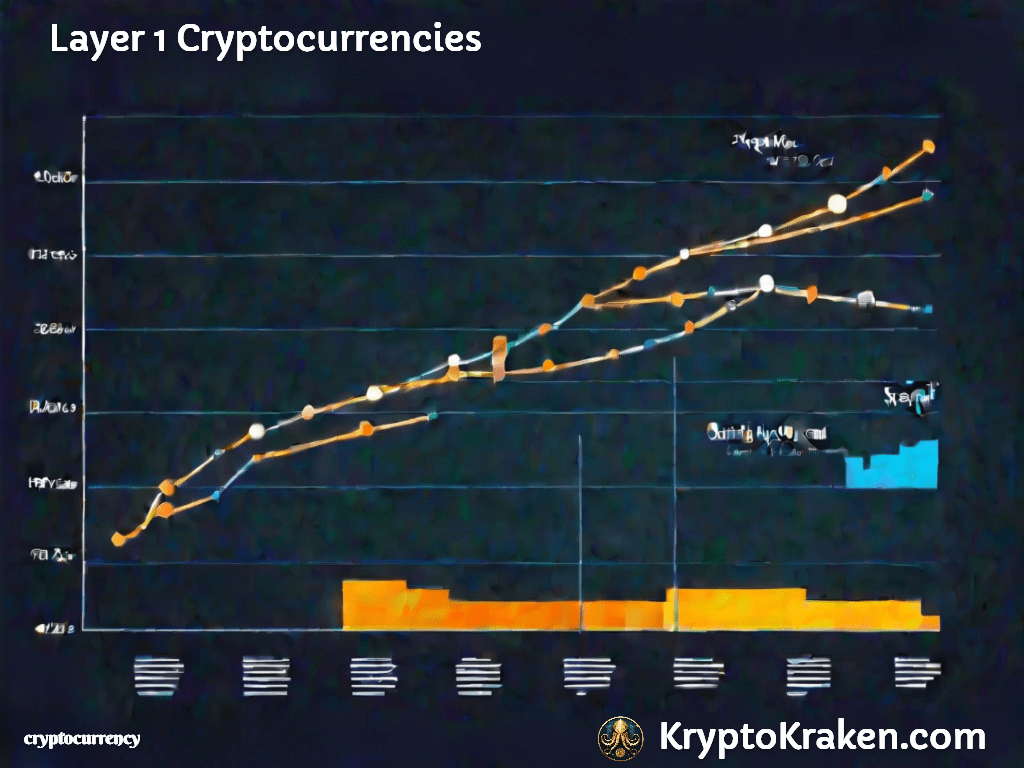


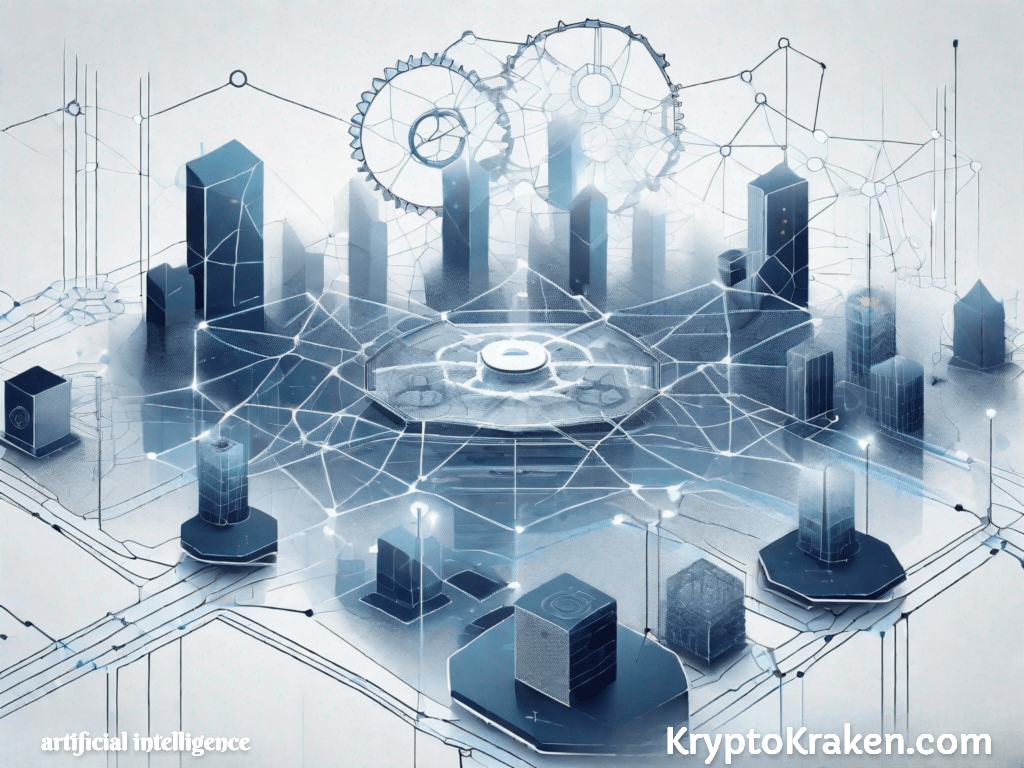

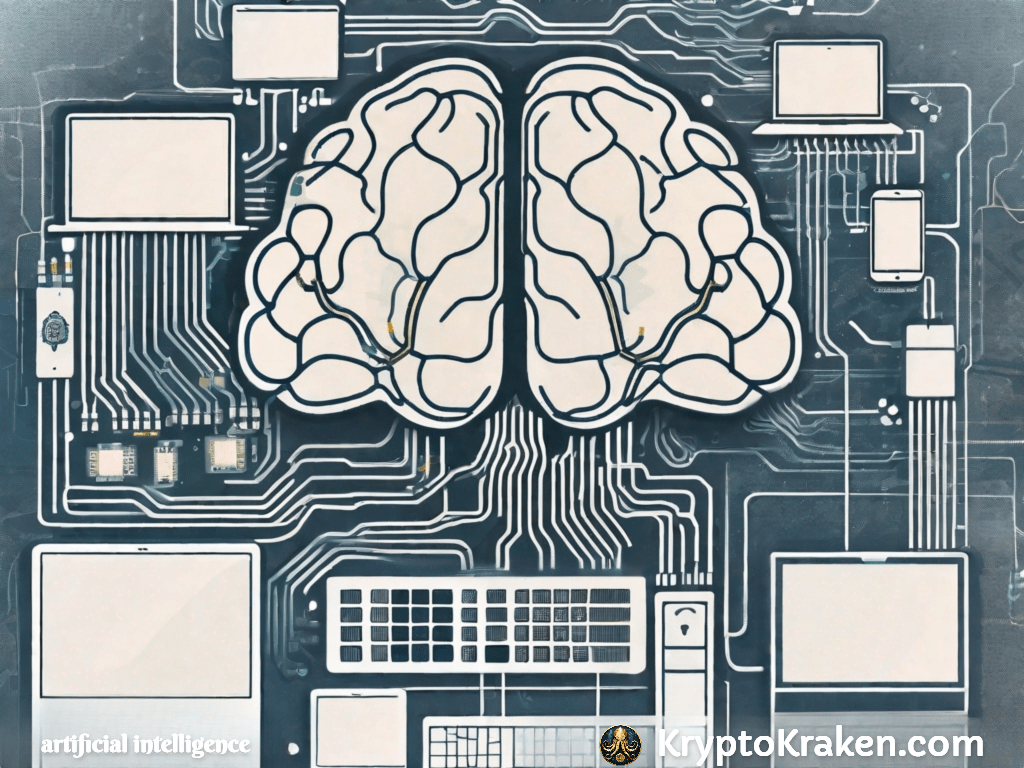
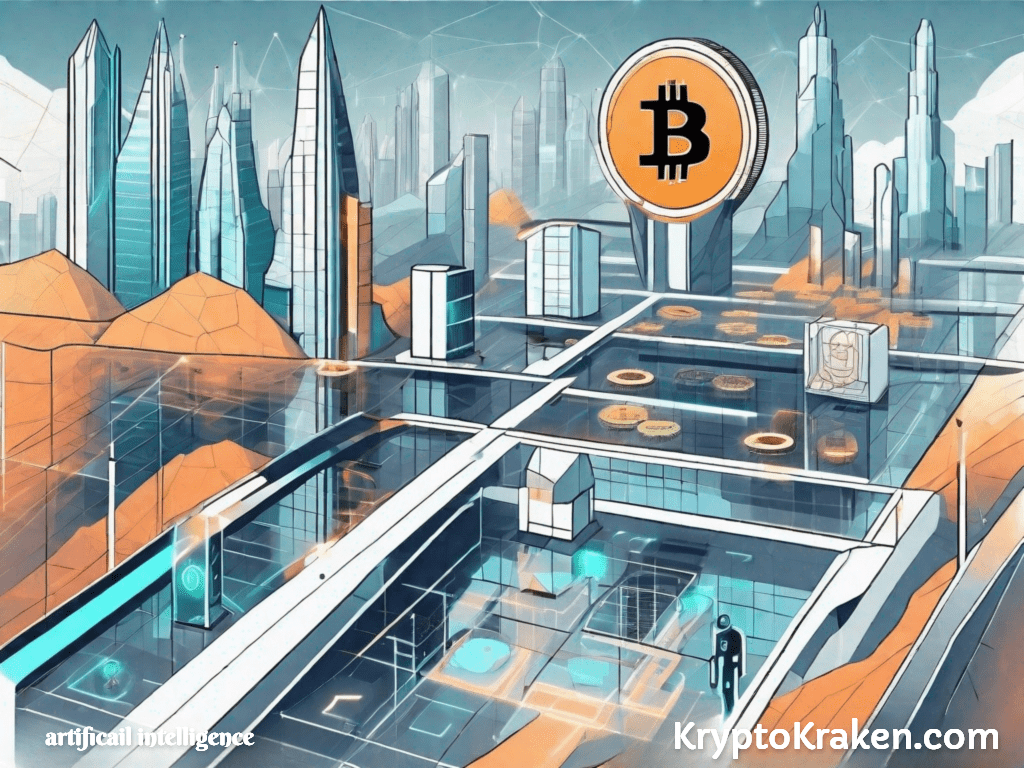
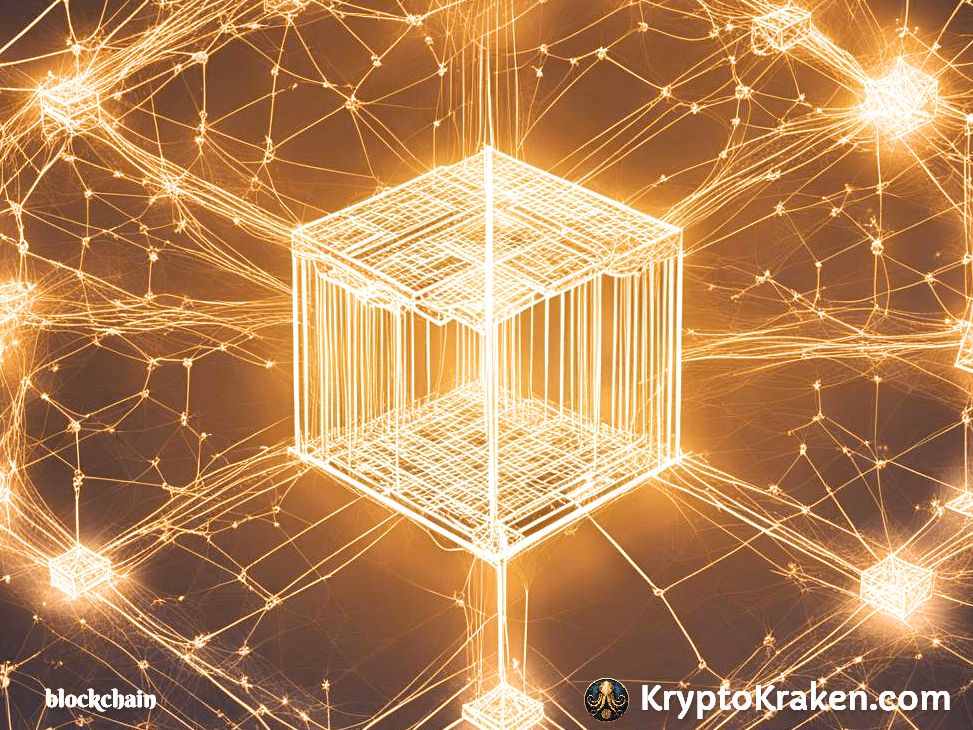
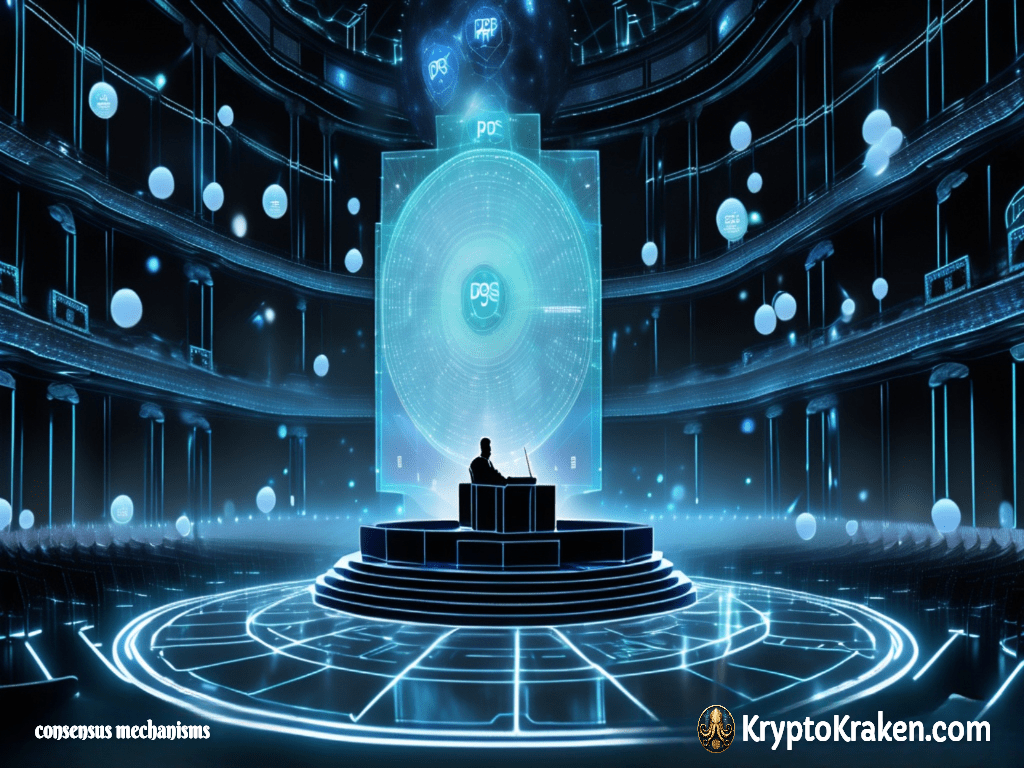
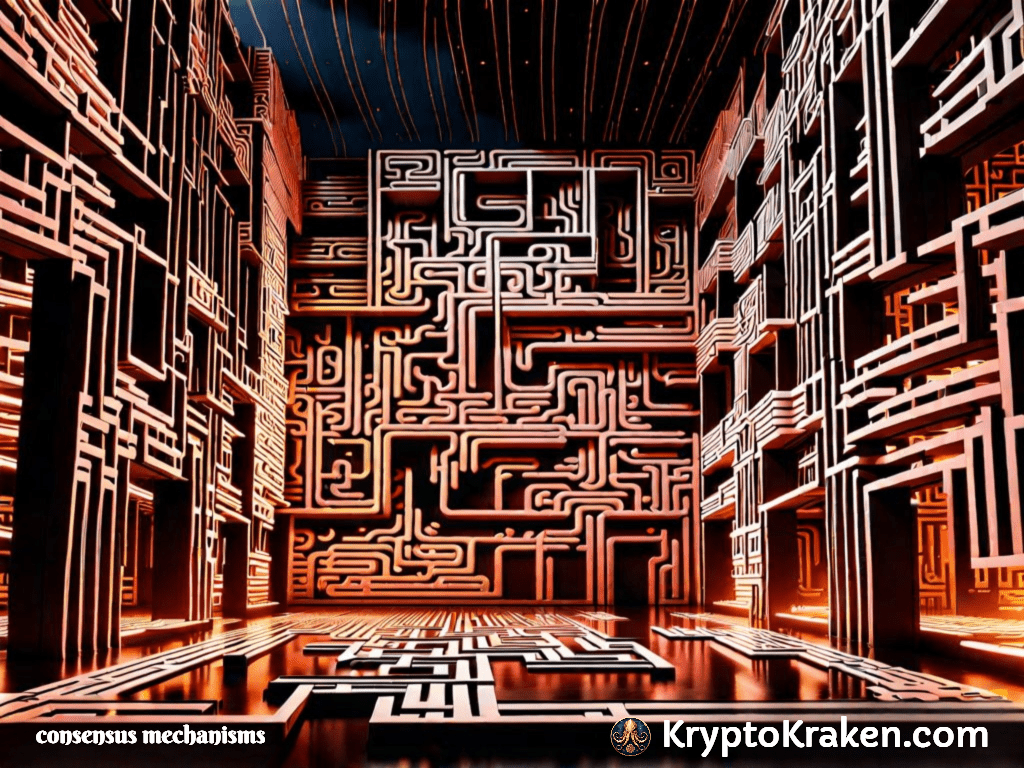
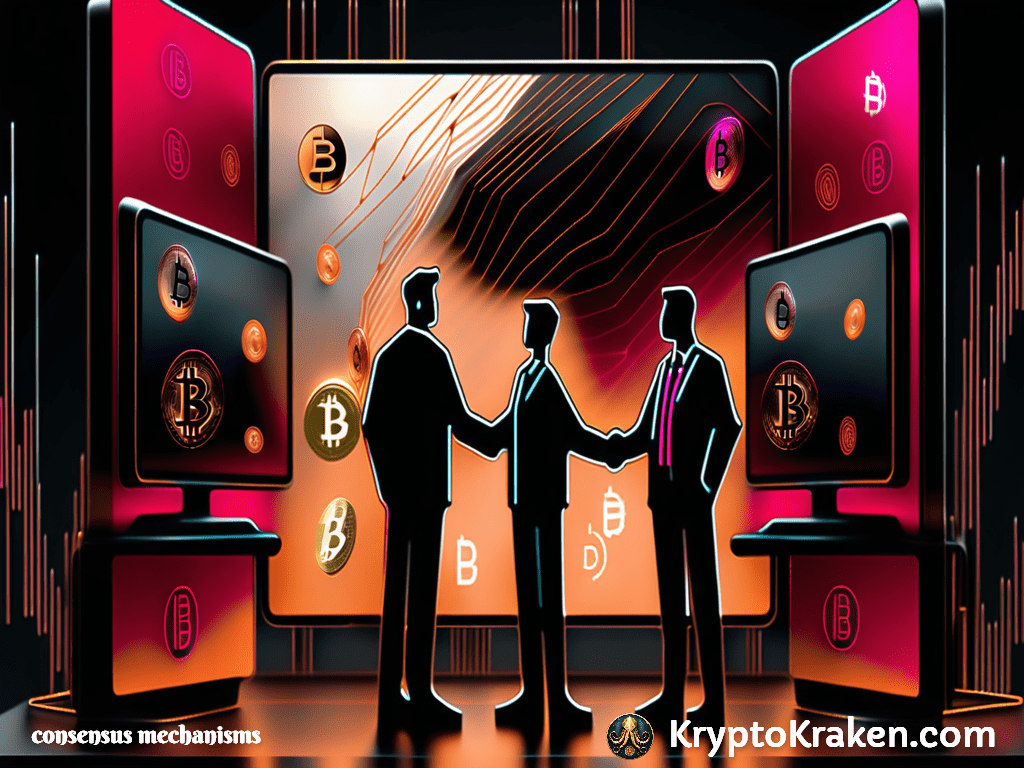
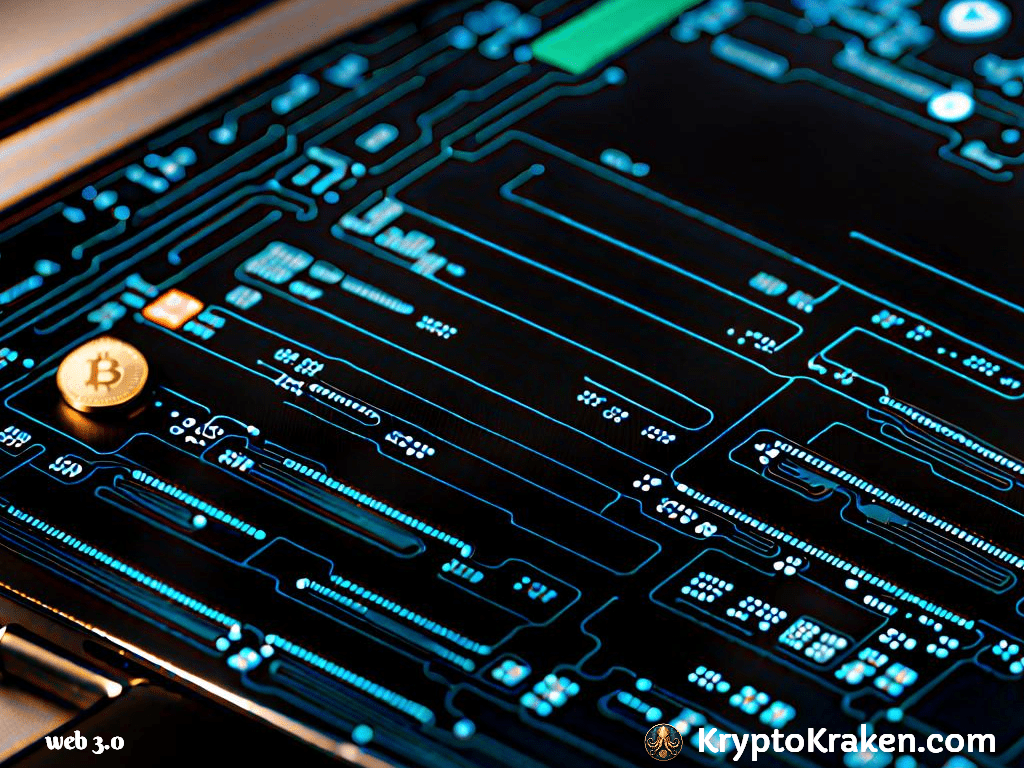
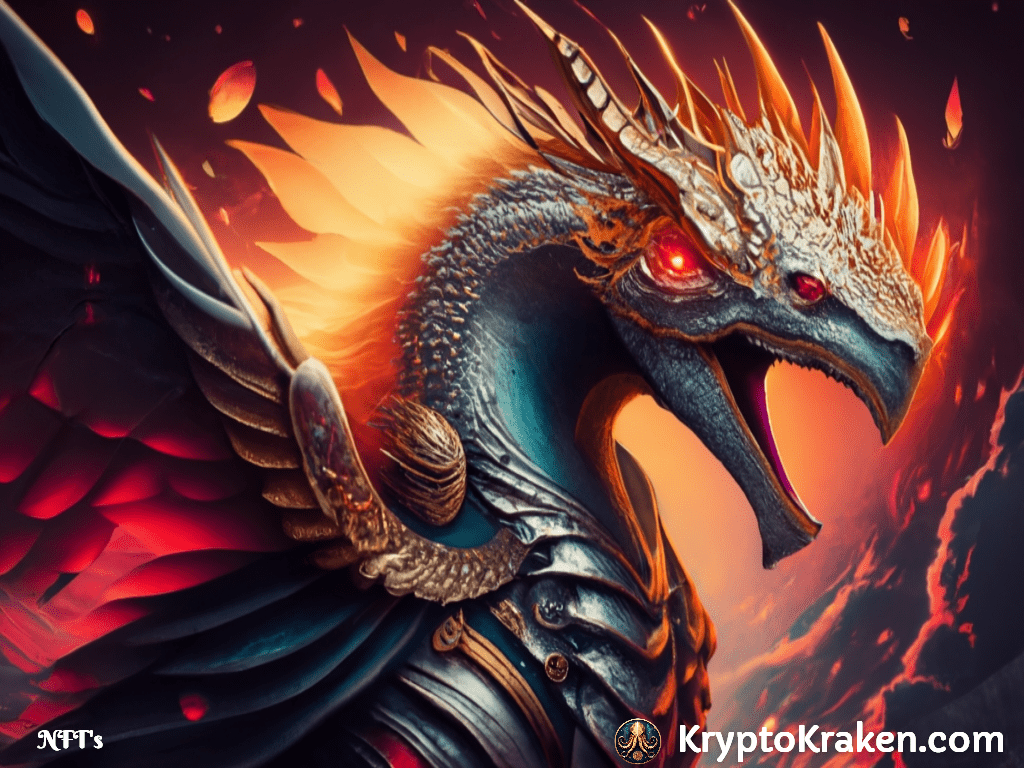
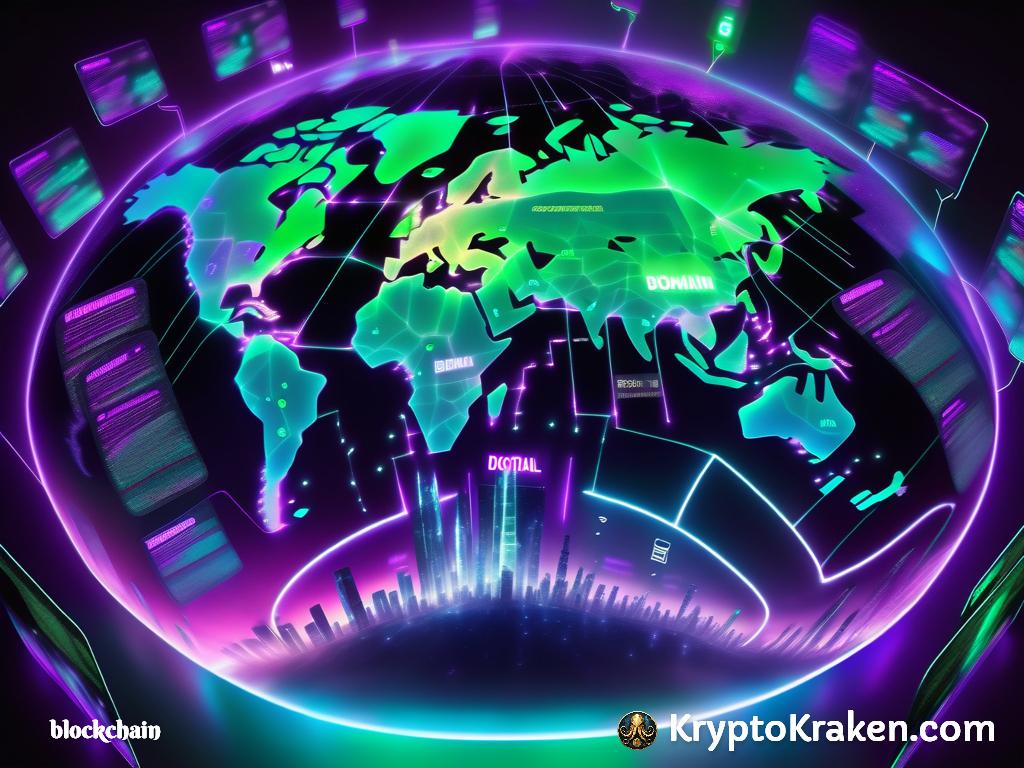
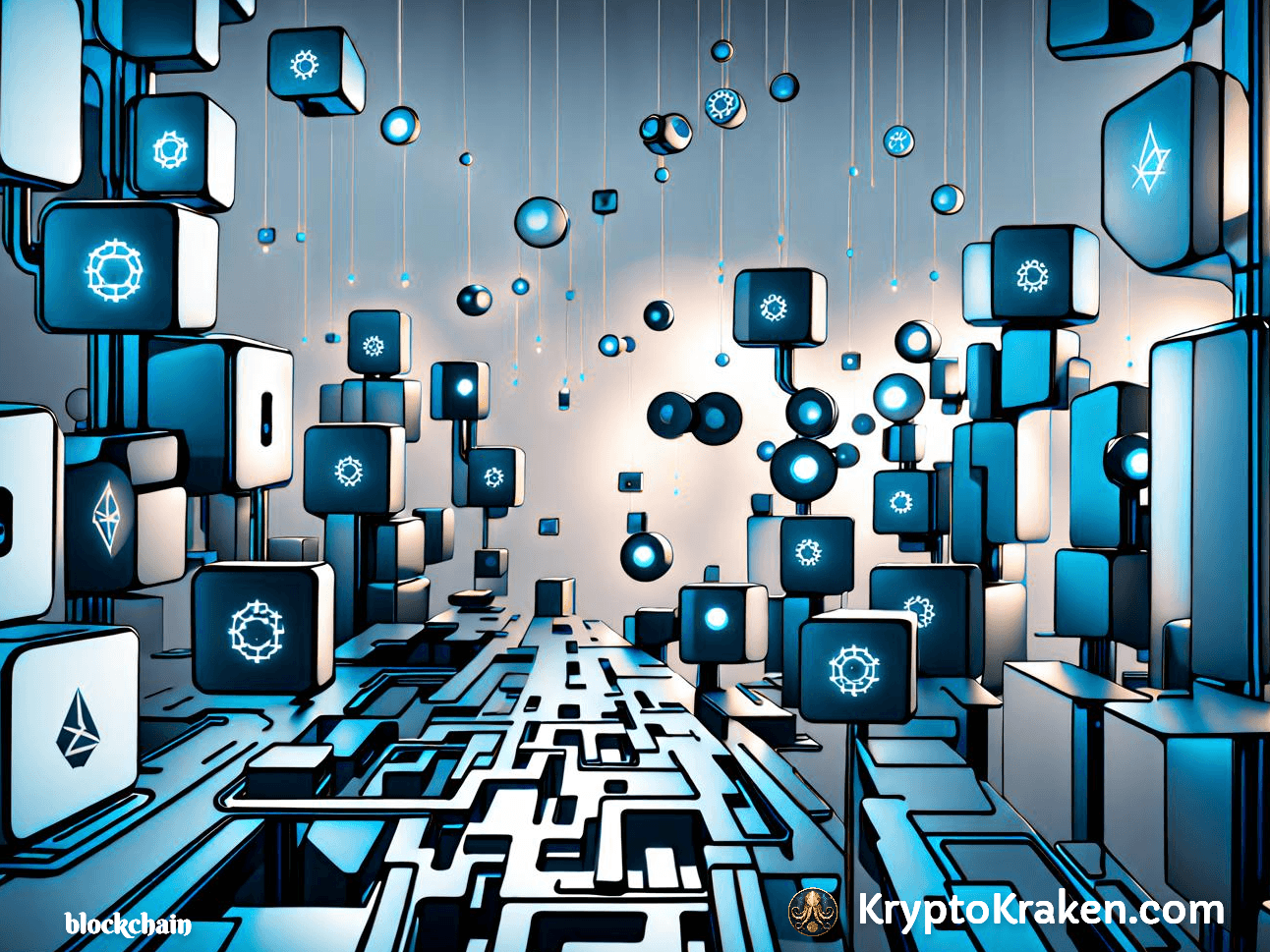


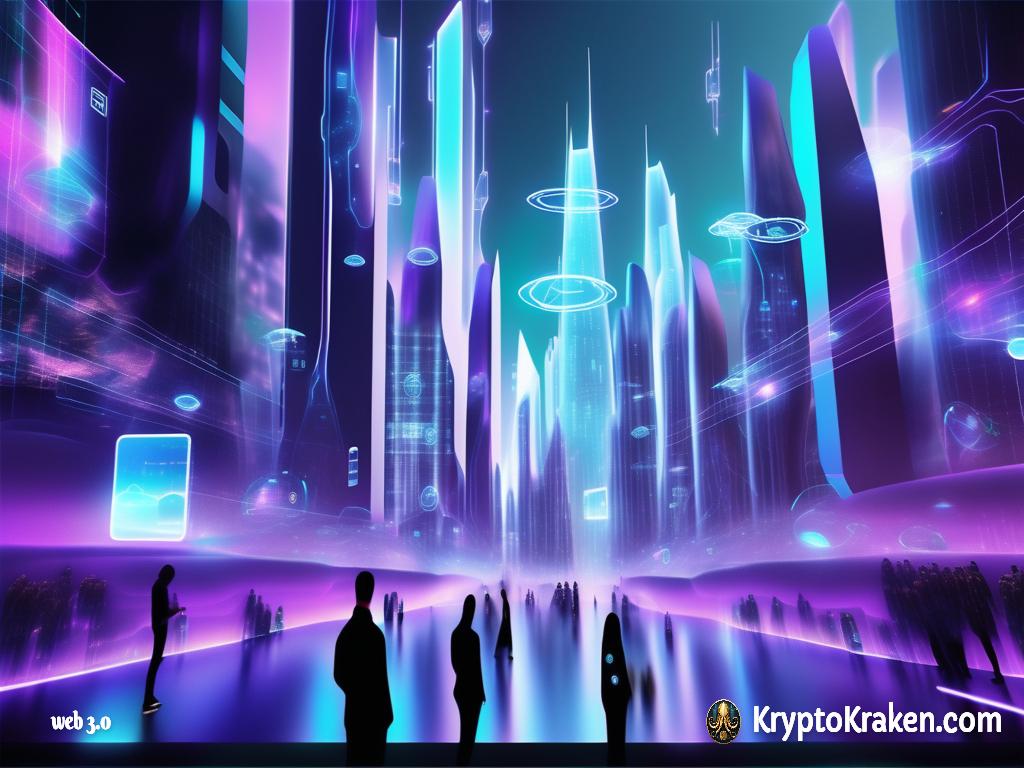
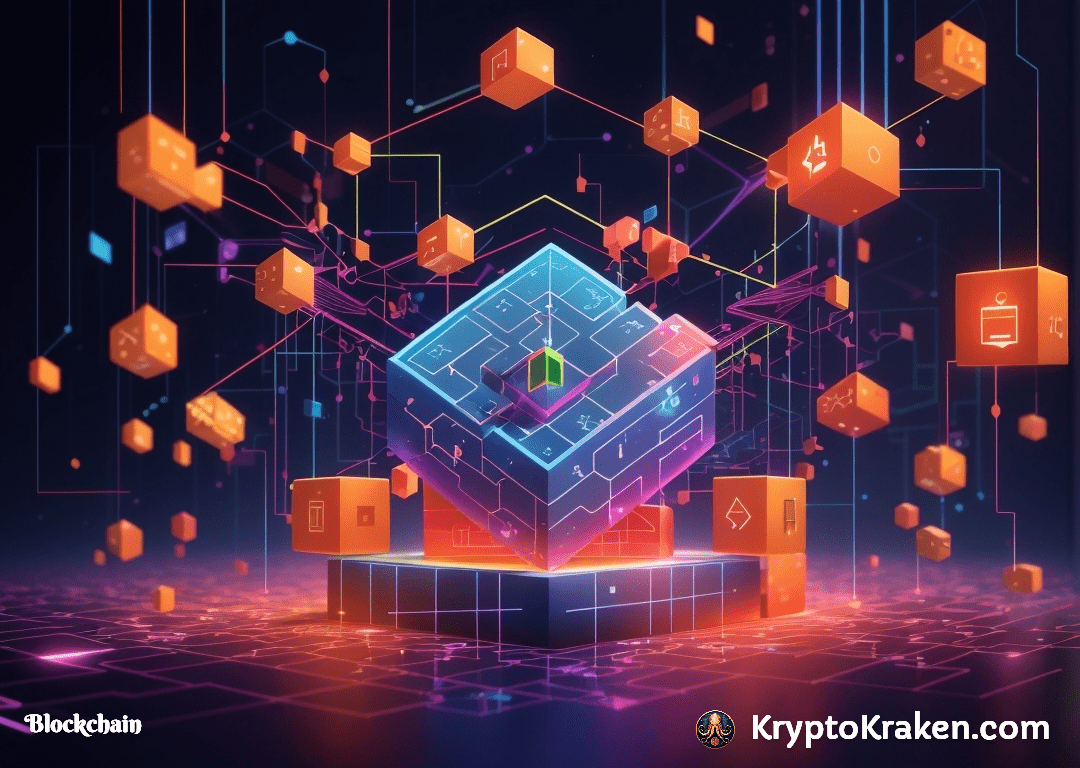
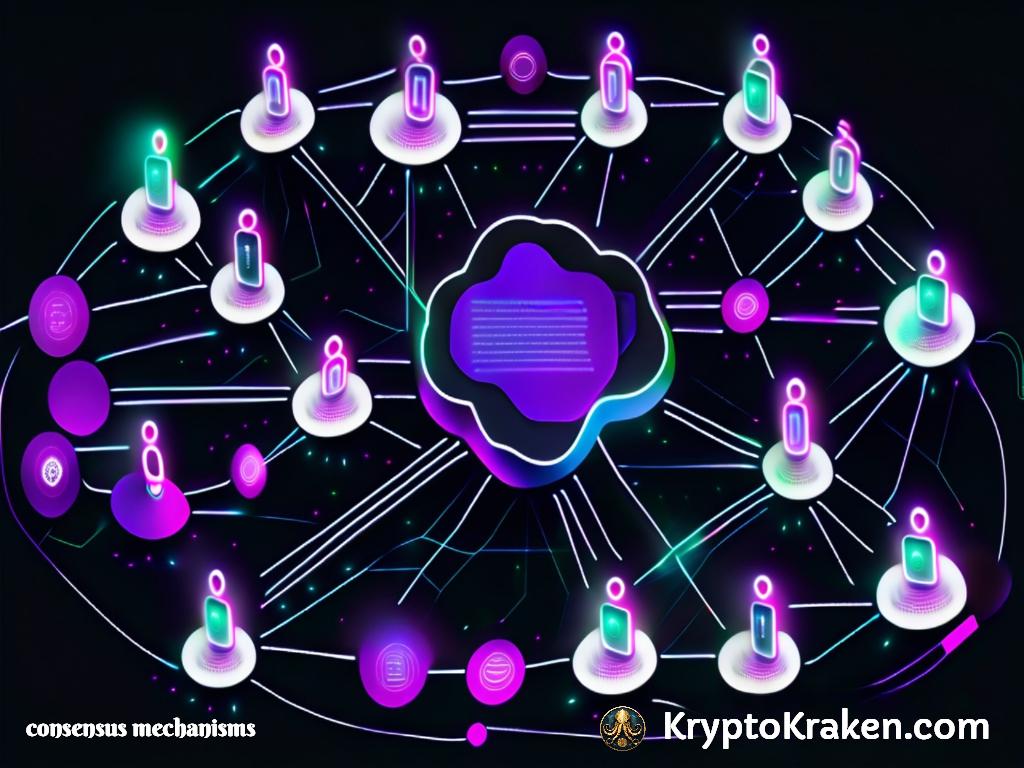
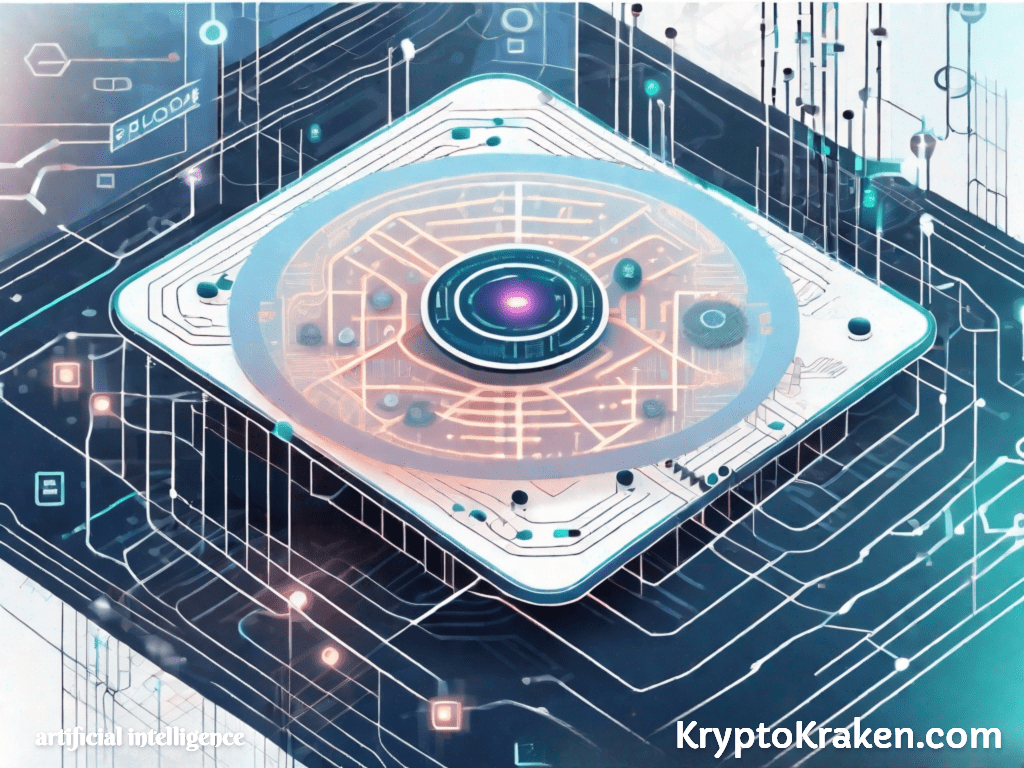
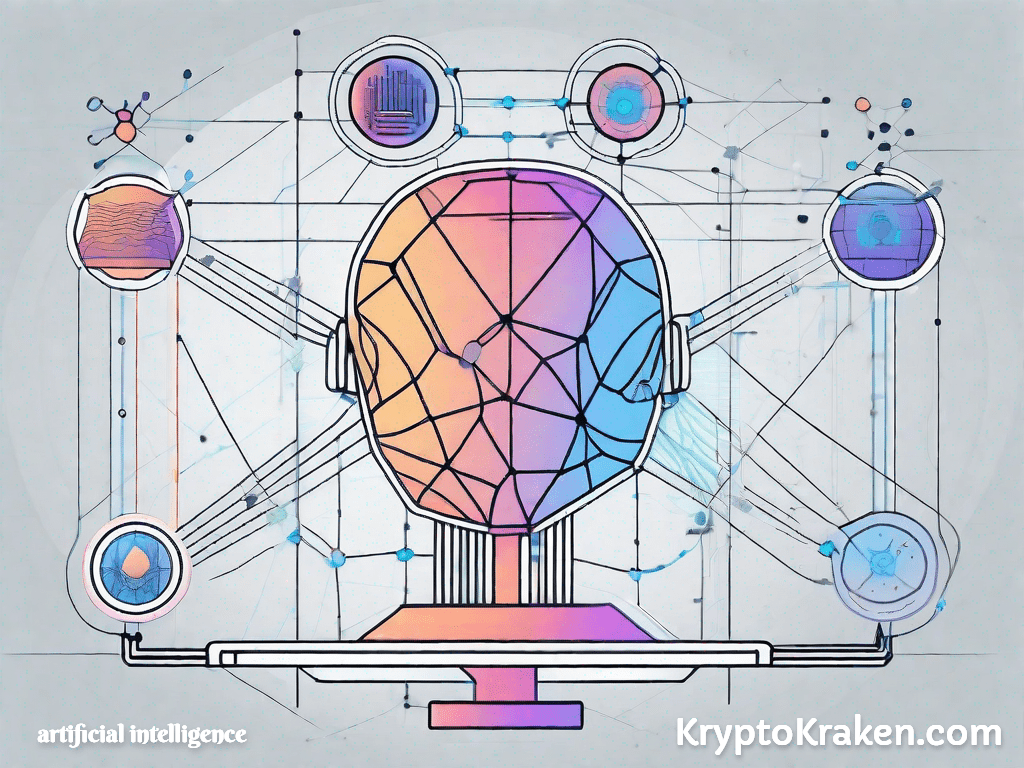
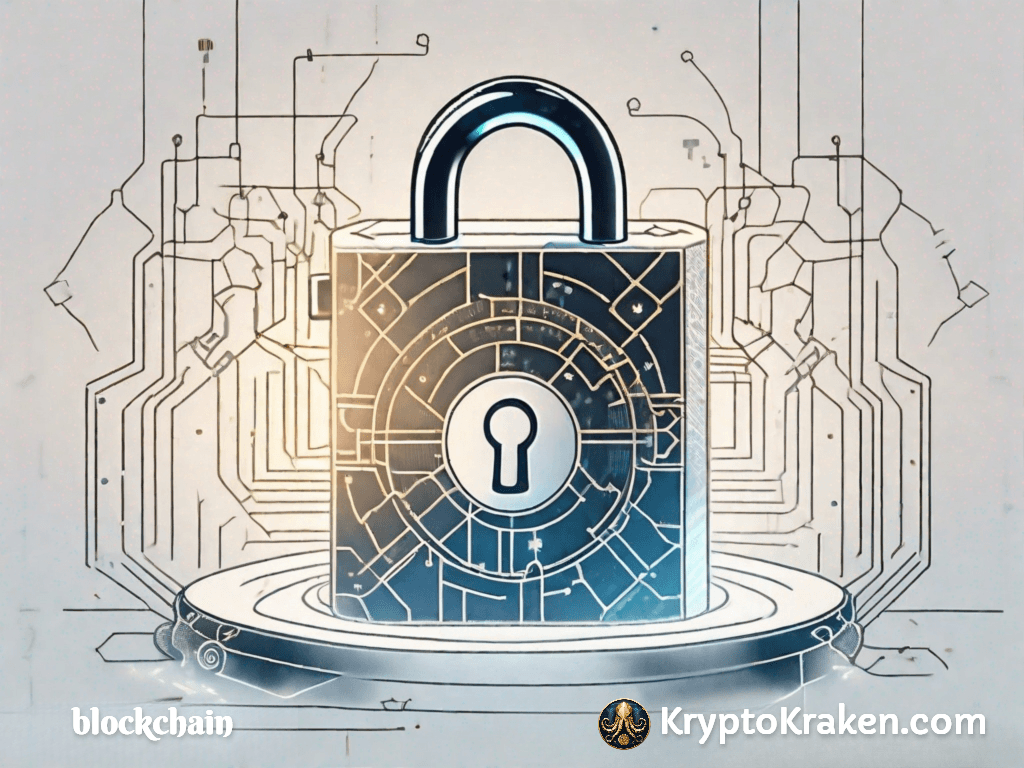
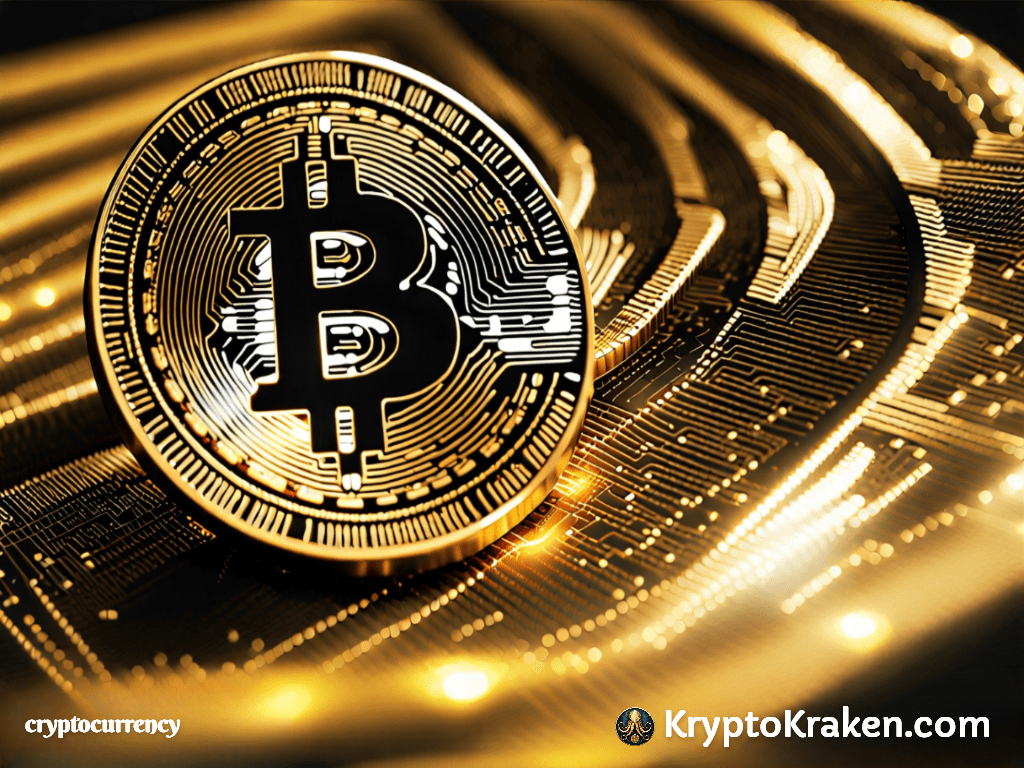
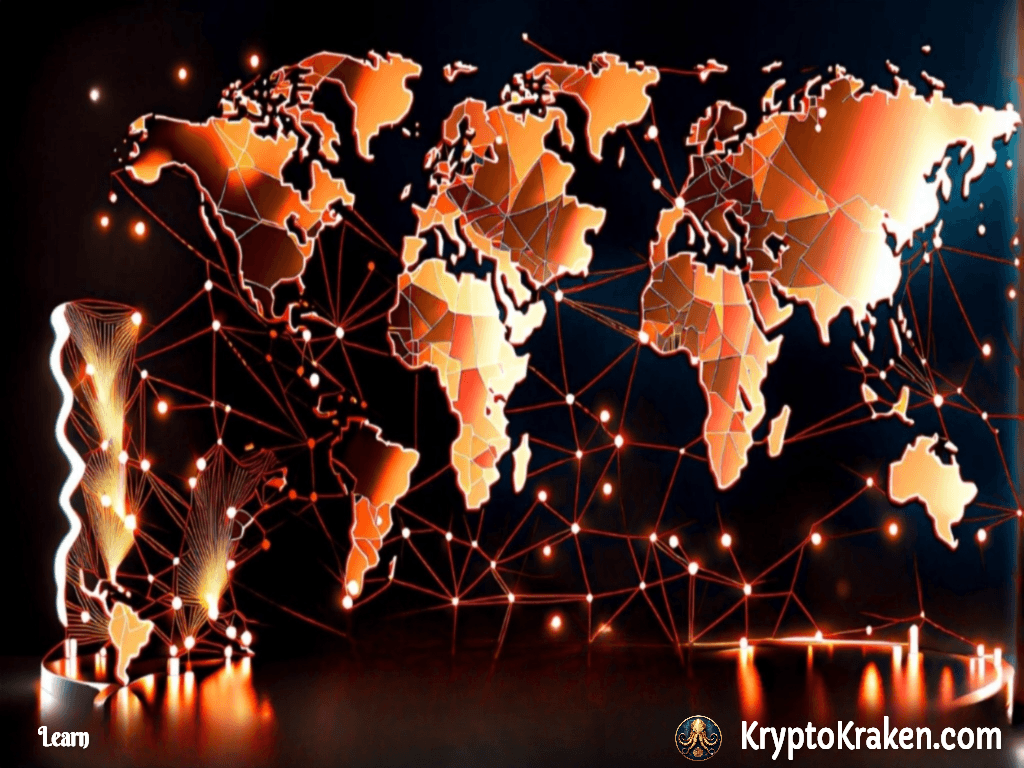
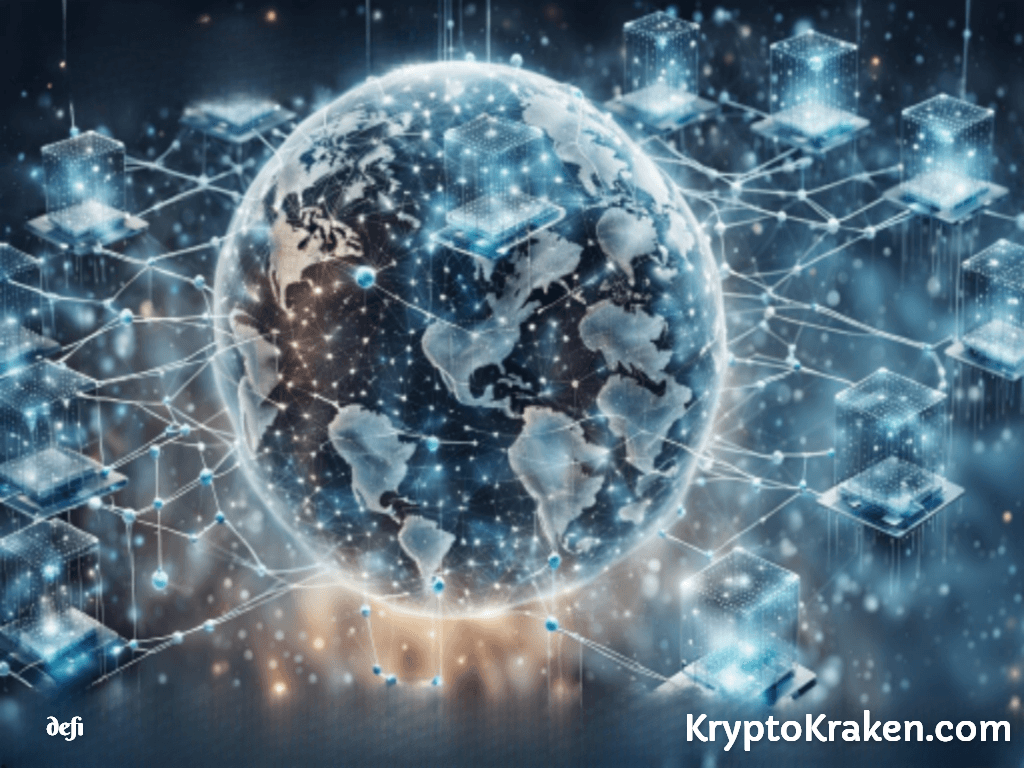
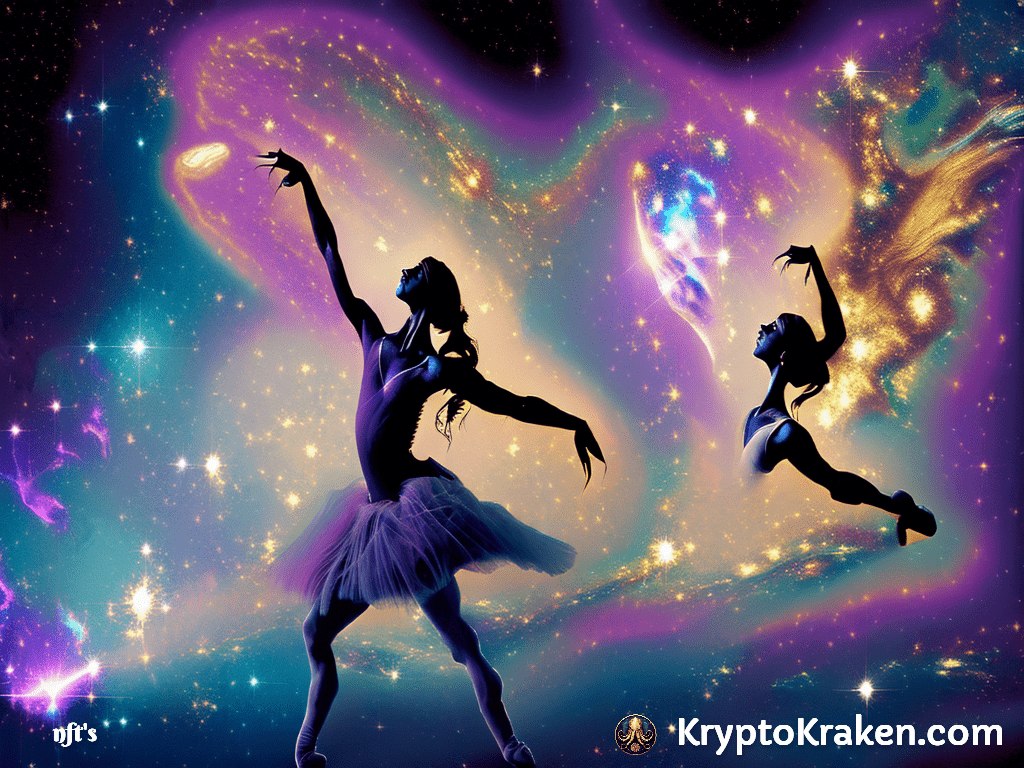
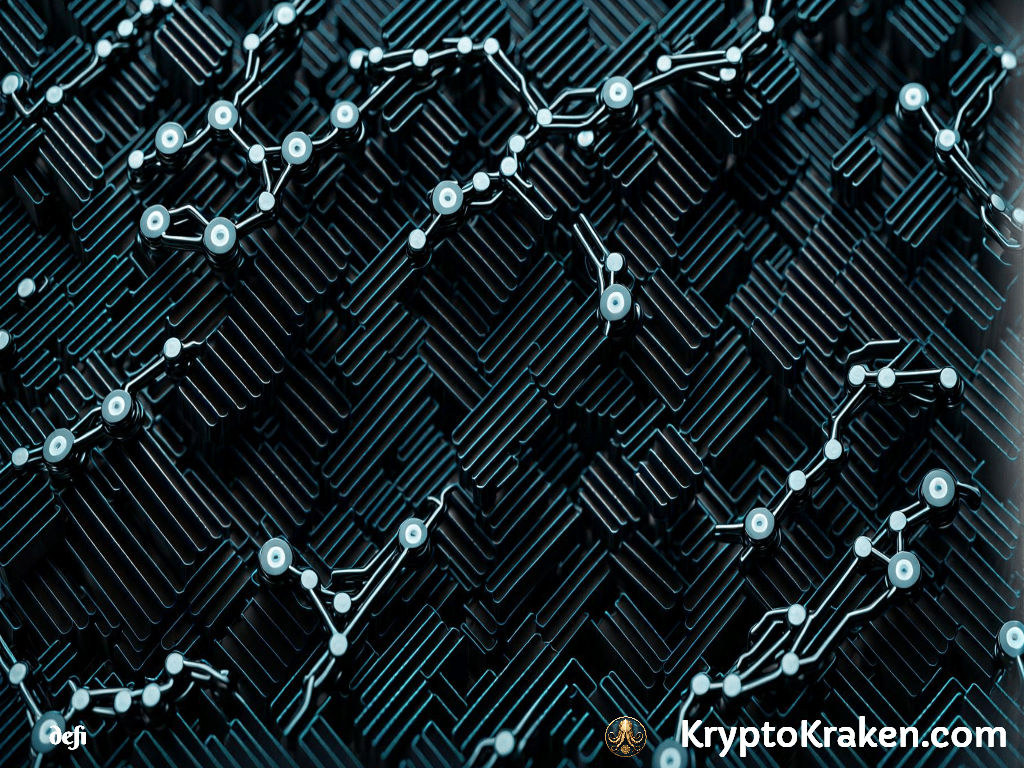
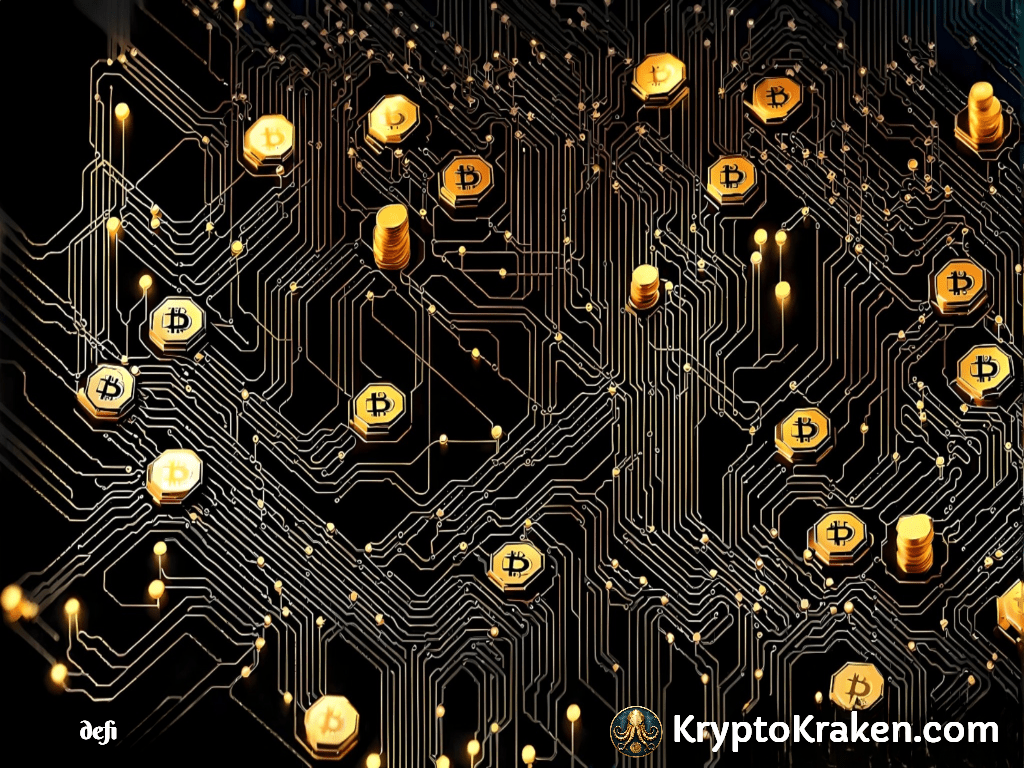

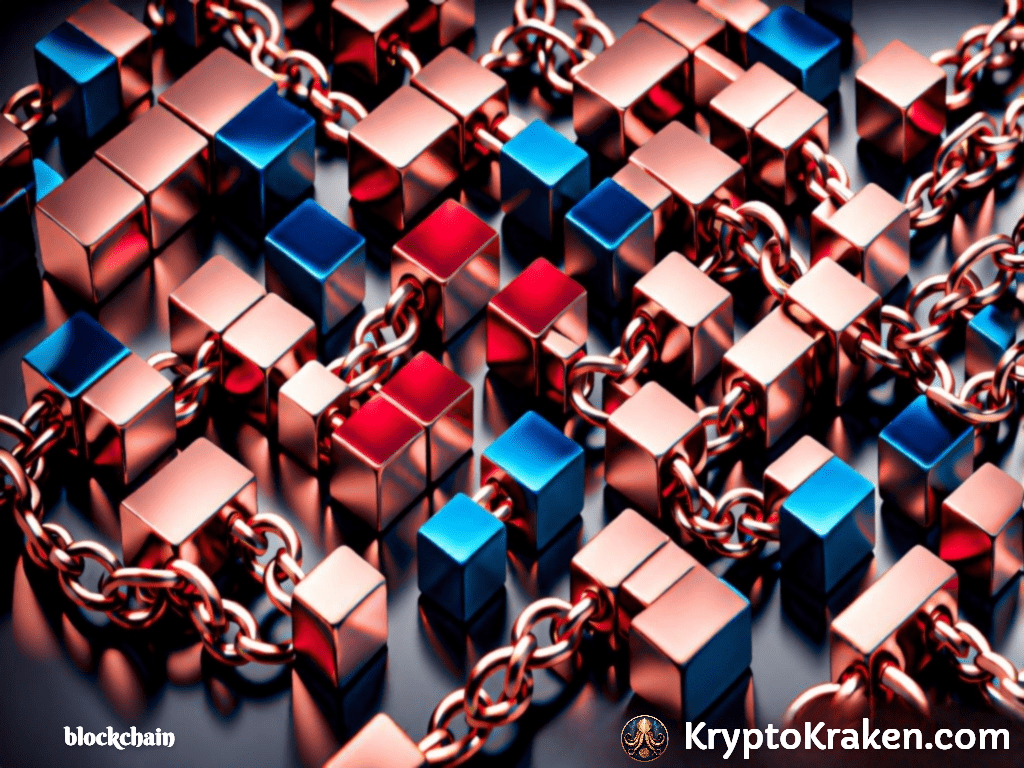
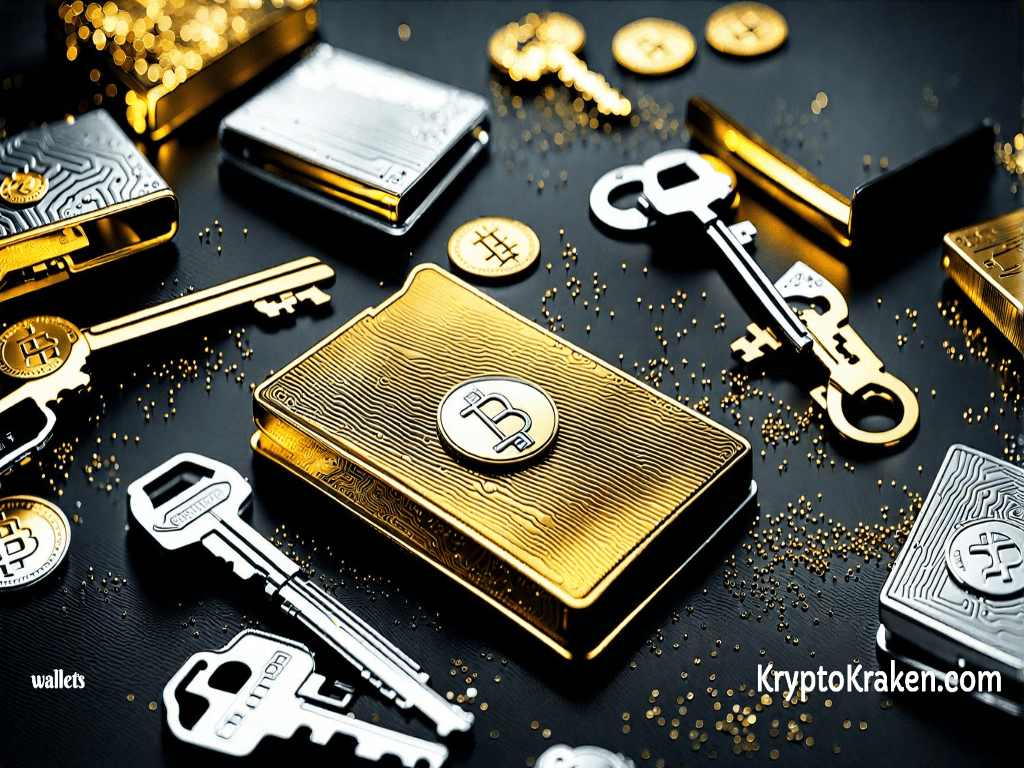
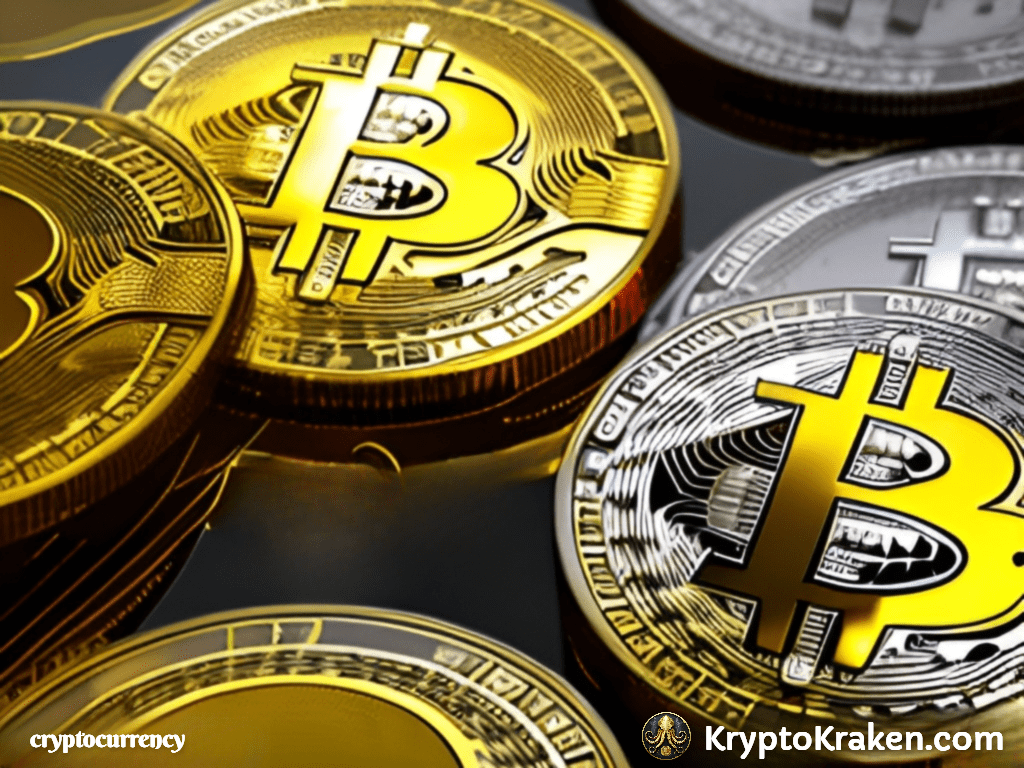

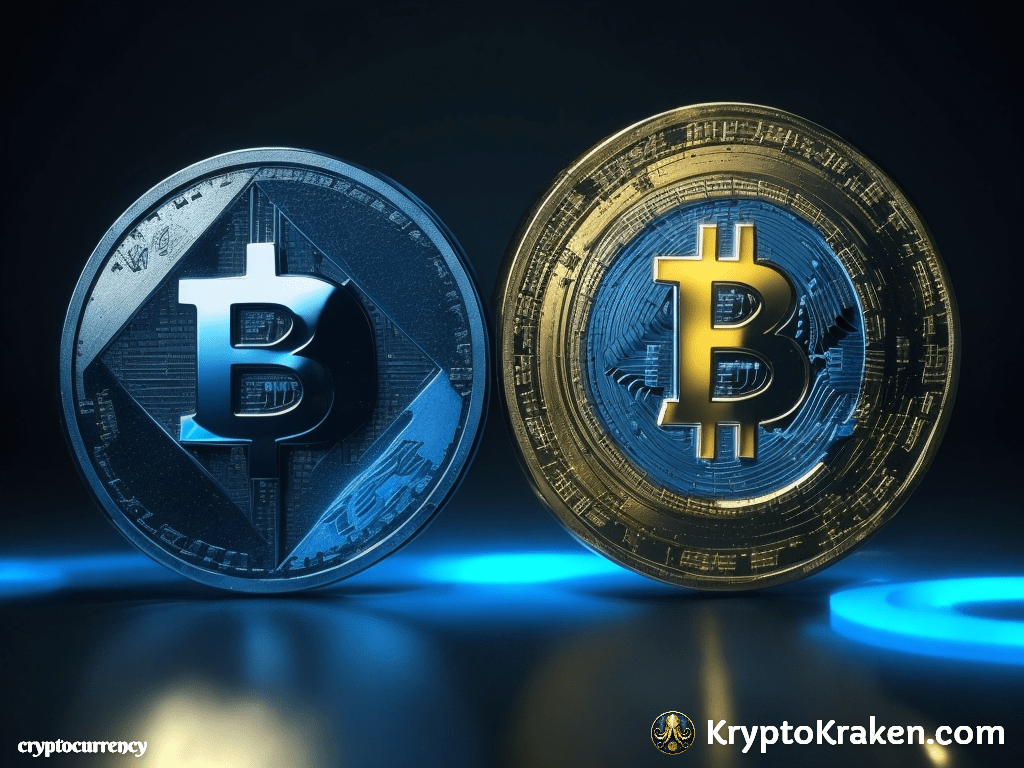
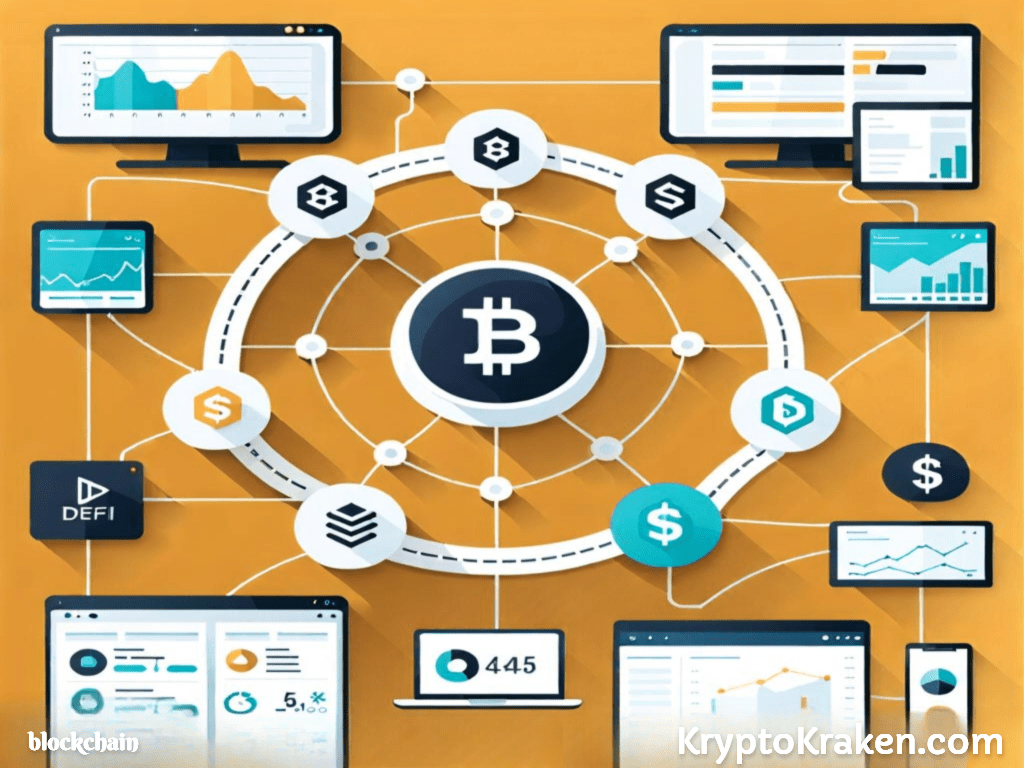
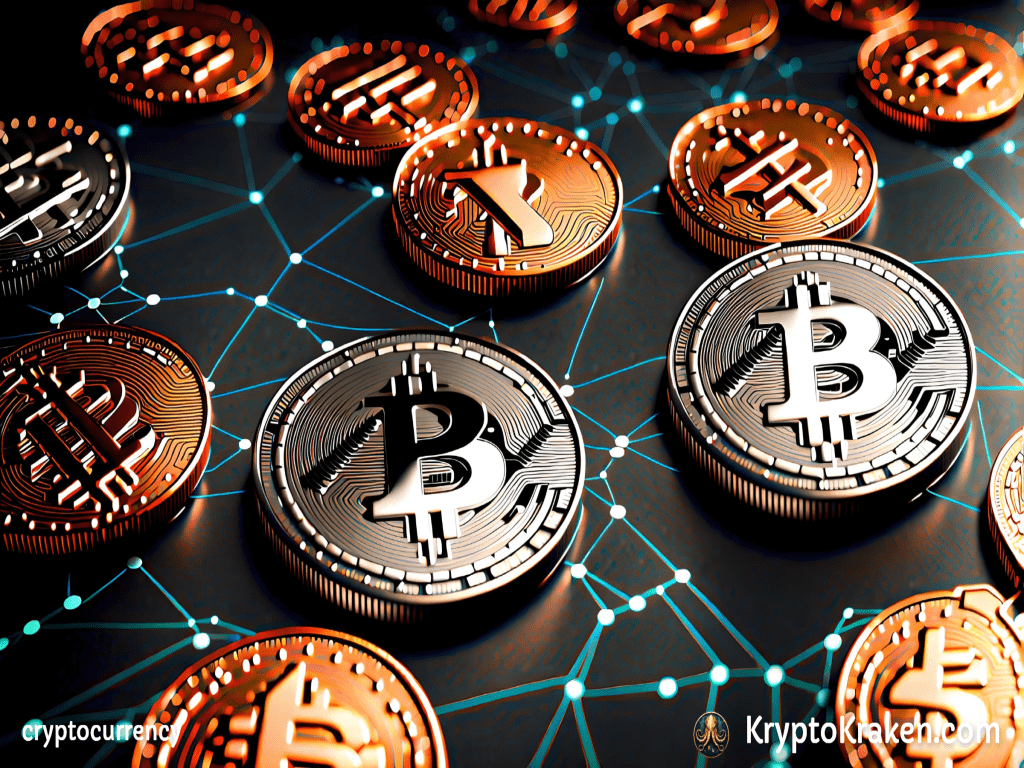
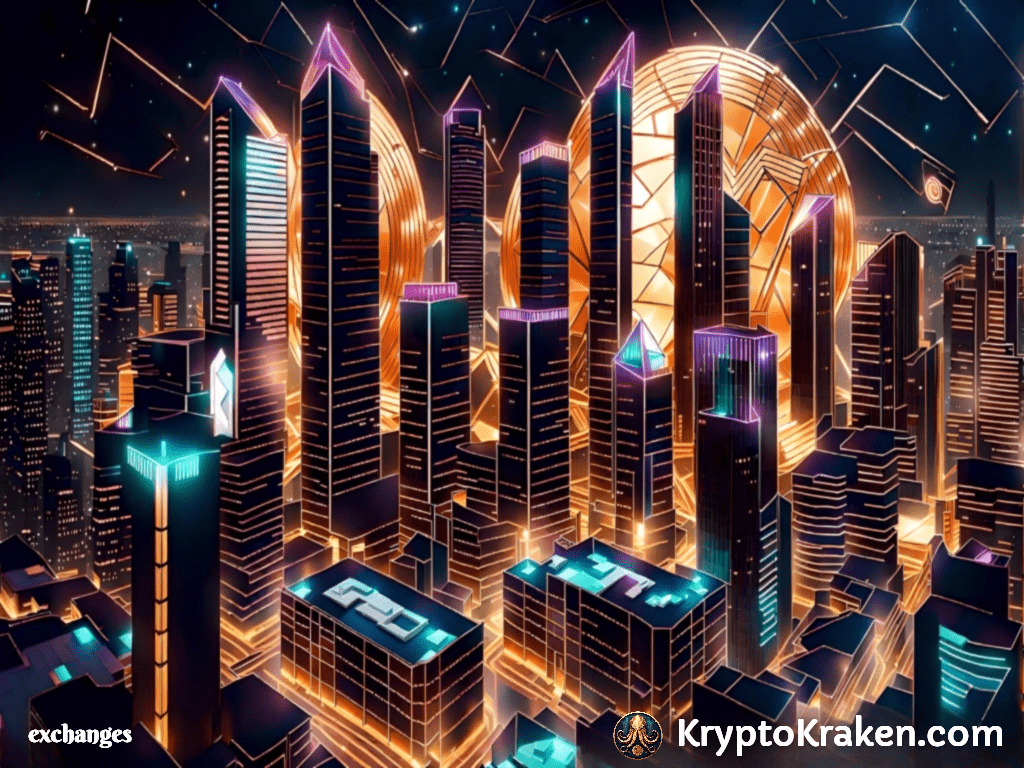
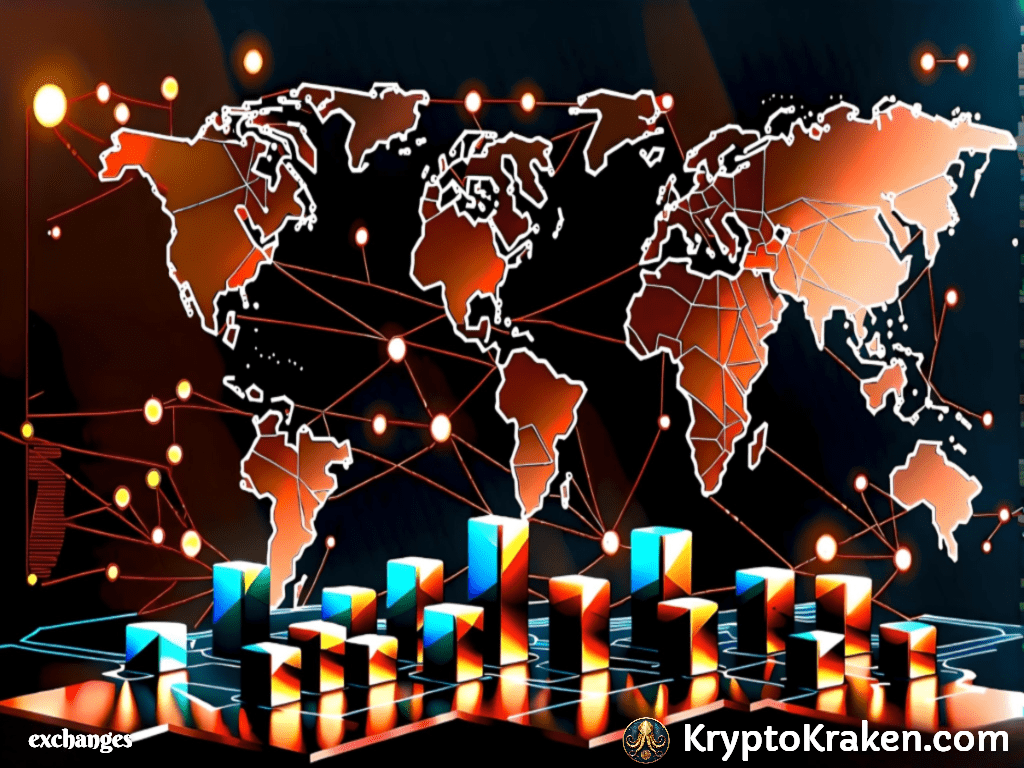

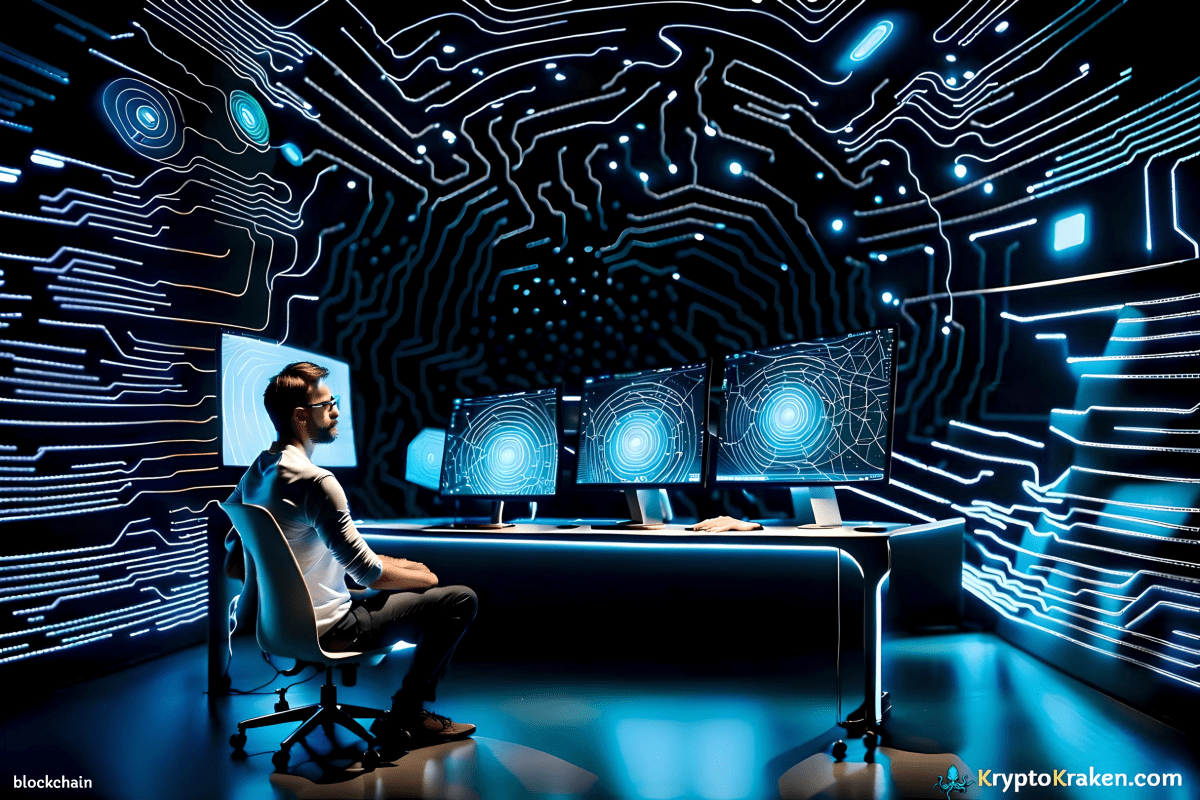
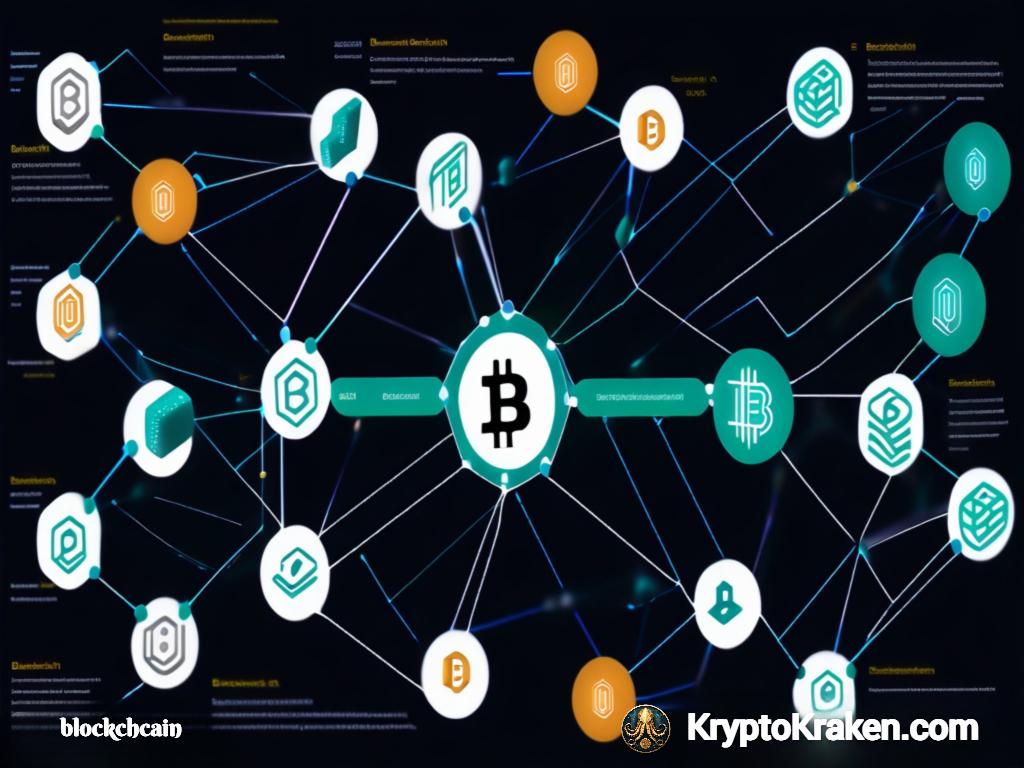
1 comment on “The Evolution of the Web: Exploring Web 1.0, 2.0, and 3.0”